September 2024
I have never been to Norway, so this is a new adventure. I have come to view the Northern Lights, but that will be in another week. For now, I am enjoying Oslo. It is a fascinating city with incredible architecture, delightful people, and perfect weather.
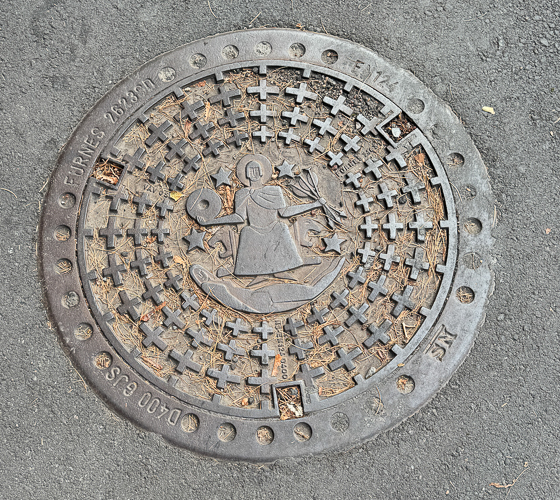
The Patron Saint of Oslo
According to legend Thorny Hallvard, the cousin of St. Olav, became a local small trader who traveled often on business. One day in the spring of 1043, as he was preparing to row his boat across the fjord, a young, pregnant thrall (Viking Age slave or serf) ran up and begged him to take her with him as three men were pursuing her.
She explained that the men had accused her of breaking into and stealing from a house, which she had not done. Hallvard believed she was innocent, took her into his boat, and started to row across the fjord. Just then, the three men pursuing her got to the shore and resumed their pursuit in another boat. They called to Hallvard to demand that he hand the woman over to them. Hallvard refused. Furious, they shot arrows that struck Hallvard in the neck, killing him.
The three men tried to hide the evidence of the murder by bludgeoning the woman to death and burying her on the shore and by tossing Hallvard’s body into the fjord after tying a millstone around his neck. A few days later, Hallvard’s body was found floating in the fjord, the millstone still securely tied to his neck. Friends who had been searching for him fished his body up and wrapped it with stalks of osier shrub native to the area and then buried him near his home. Soon, the stalks of osier shrub at his grave miraculously began to sprout. The man who had died defending an innocent woman became a local and then a national martyr.
The present version of the manhole cover, designed in 1924, shows Hallvard on a lion throne, the three lethal arrows in his left hand, the millstone in his right hand, and the nude woman he attempted to save at his feet. There’s a motto in Latin around the periphery, reading Unanimiter et Constanter (Unanimous and Eternal).
Bjørvika
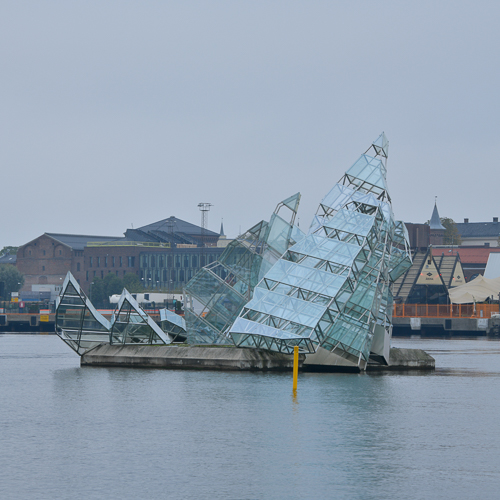
She Lies
I am staying on Bjørvika harbor, and the first thing you see is this sculpture called She Lies by Italian artist Monica Bonvicini. It is based on Caspar David Friedrich’s painting Das Eismeer (The Sea of Ice). The artwork floats on a concrete platform tethered to the harbor floor, allowing it to turn and change based on the tides and currents. It is different from every view.
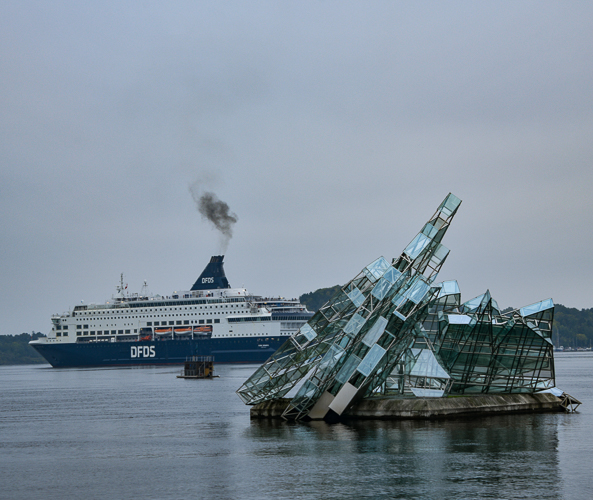
Here, I caught it with a cruise ship in the background. Between them is a fjord sauna, yes a moving sauna so you can jump in the water as you potter around.
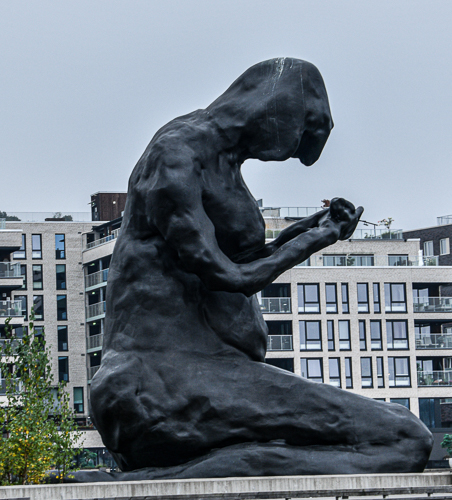
Mother
Also on the harbor is Mother, a sculpture by the artist Tracey Emin. It is a huge kneeling figure caressing an unknown something, with its back to the Munch Museum.
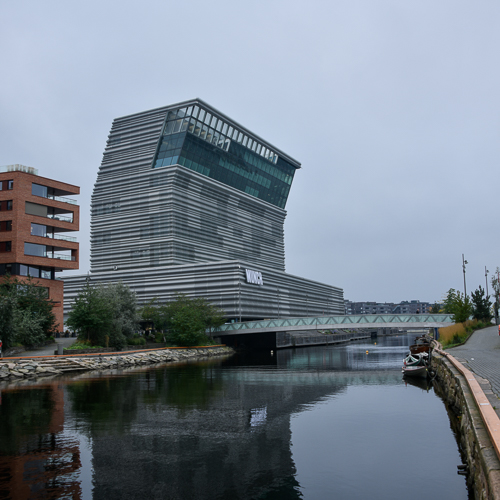
The Munch Museum
The Munch Museum is dedicated to the works of Edvard Munch and was built in 2020. It was designed by Spanish architect Juan Herreros of Herreros Arquitectos.
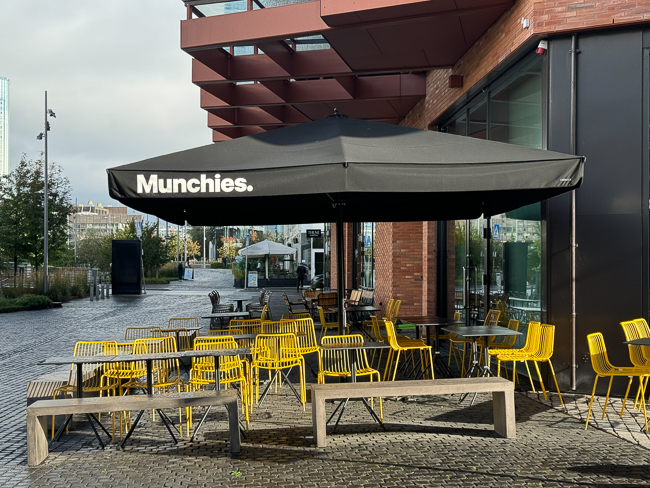
Near the Munch Museum is a restaurant owner with a good sense of humor
Across the Akerselva River from the Munch Museum is the Oslo Opera House, which also houses the Oslo Ballet Company.
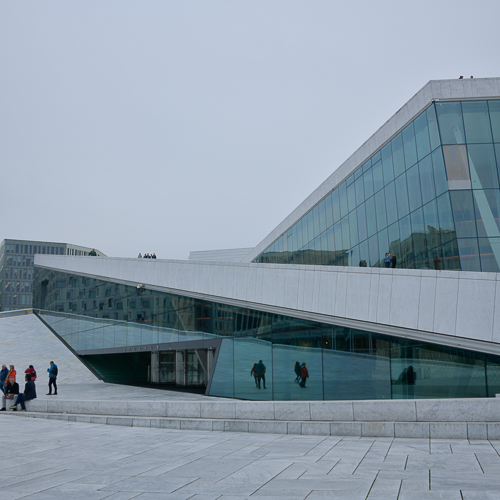
Oslo Opera House
Designed by Norwegian architectural firm Snøhetta, construction started in 2003 and was completed in 2007.
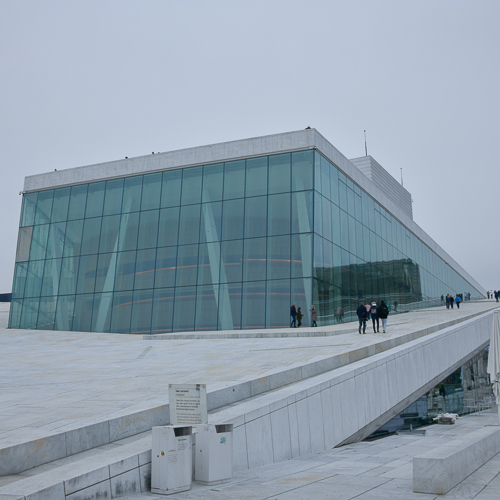
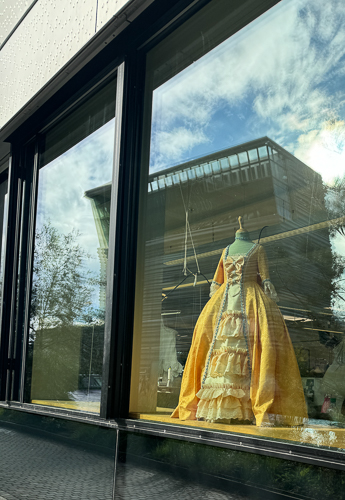 The ground floor of the Opera House contains the work studios for carpenters, dressmakers, and others. You can peek in the windows and see what is going on.
The ground floor of the Opera House contains the work studios for carpenters, dressmakers, and others. You can peek in the windows and see what is going on.
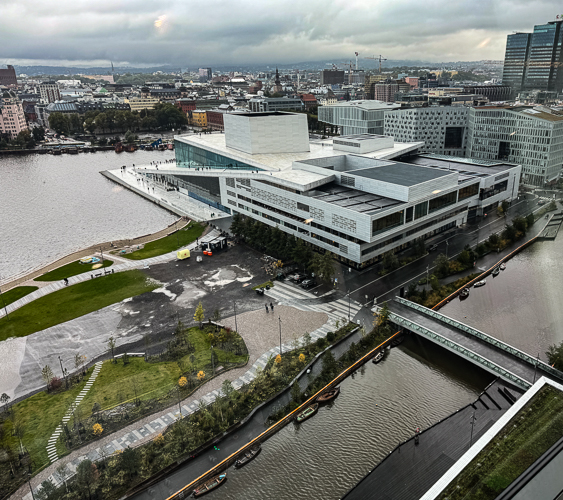
The Oslo Opera House from the 12th floor of the Munch Museum
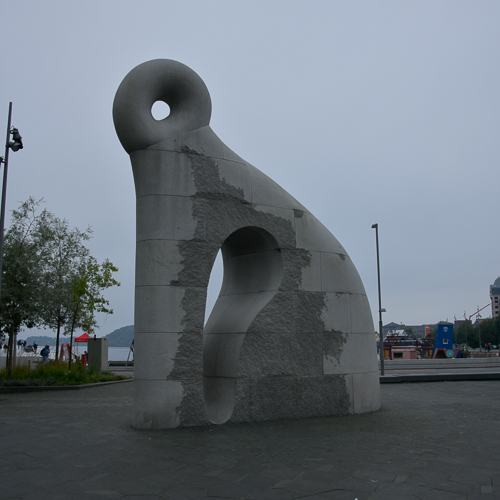
Creature from Iddefjord by Martin Puryear
The artist says, “I wanted to construct an ambiguous stone presence that could be experienced not only with the eyes but also by direct physical contact.” The granite sculpture sits in front of Oslo’s new central library in Bjørvika.
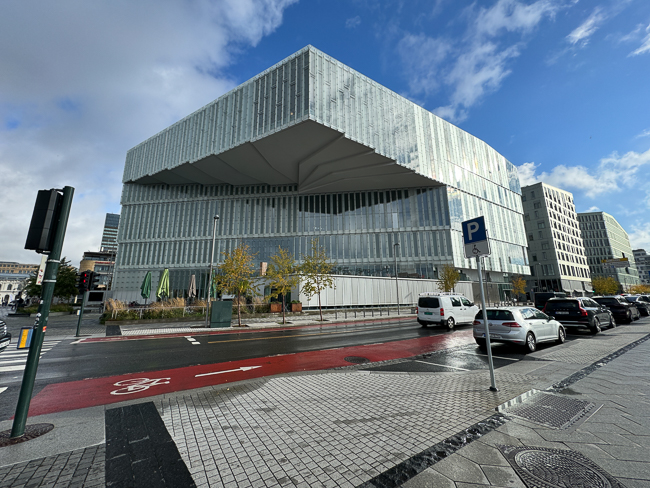
Oslo Central Library – Deichman Bjørvika
The international architecture competition to design Oslo’s new main library was won by Lund Hagem and Atelier Oslo architects in 2009. “The librarians wanted a house that would inspire visitors to explore all the new facilities and activities the modern library can offer. This motivated us to create an open and intriguing building in which you are constantly invited around the next corner, to discover new places”.
That the building took more than a decade to complete was the result of at least one engineering snafu (in 2014, the foundation sprung a leak, delaying construction by a year) and politicians’ efforts to reduce the cost. (The eventual budget was about $230 million.) 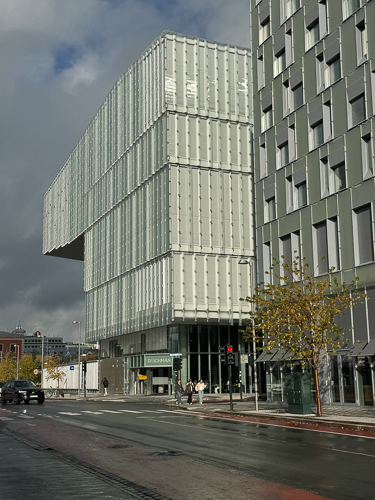
Barcode Area of Bjørvika
The Bjørvika Barcode project consists of twelve narrow high-rise buildings of different heights and widths. The buildings are built with some space in between them, thus jointly resembling a barcode. Barcode buildings are the home of leading national and international businesses, and 10,000 people work there daily. The buildings also contain 400 apartments and a daycare center. On the street are a plethora of restaurants, shops, galleries, and other service providers.
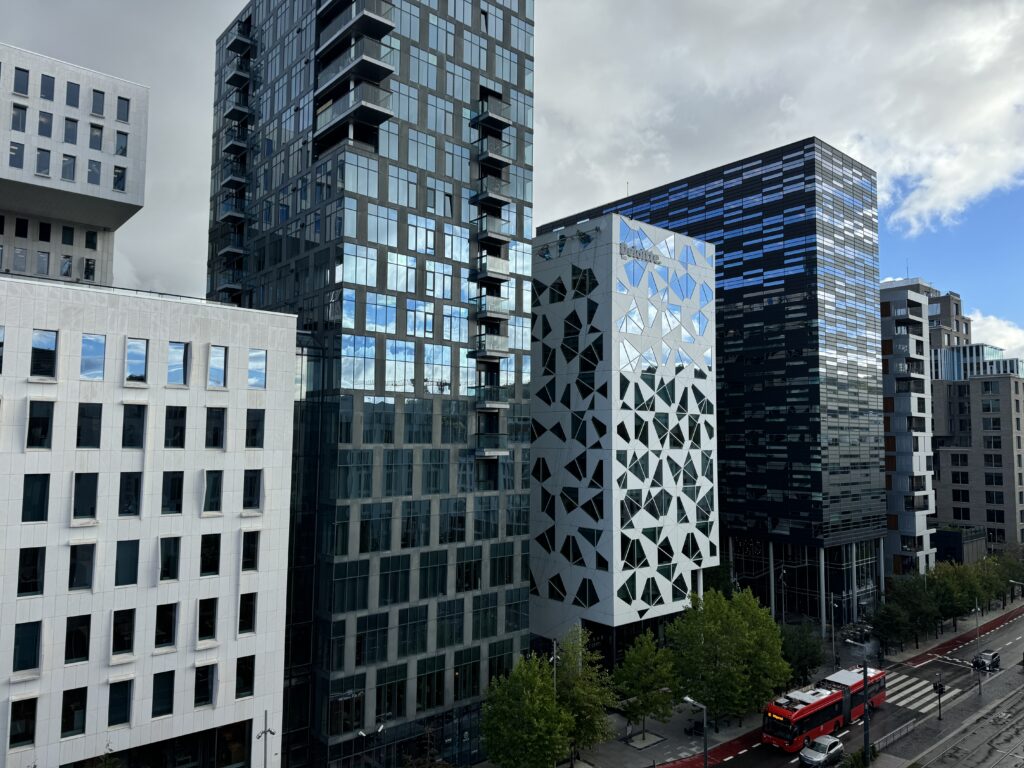
Each building is specifically designed to be different, and all were designed by different architects.
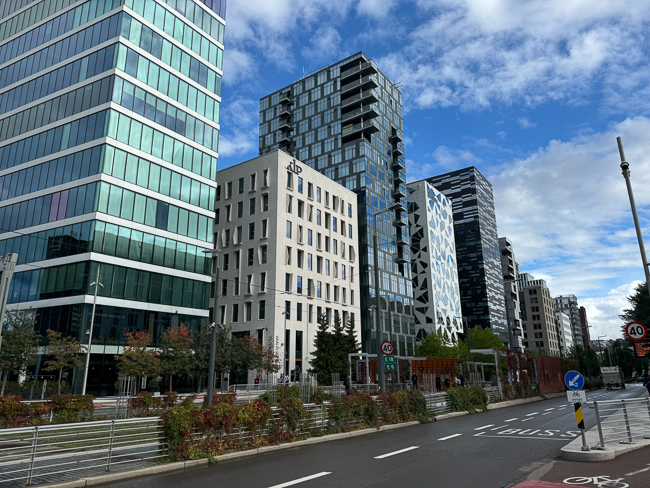 The buildings seen in the photo above: Starting on the left PriceWaterhouseCoopers (PWC) Building, the first Barcode building to be completed. Next is the Kommunal Landspensjonskasse (KLP) Building by Solheim & Jacobsen the next is the The PWC building is by A-Lab. Next is the Deloitte Building by Snøhetta.
The buildings seen in the photo above: Starting on the left PriceWaterhouseCoopers (PWC) Building, the first Barcode building to be completed. Next is the Kommunal Landspensjonskasse (KLP) Building by Solheim & Jacobsen the next is the The PWC building is by A-Lab. Next is the Deloitte Building by Snøhetta.
After the Deloitte building is an open area called the Station Common, taking you to the Akrobatan Bridge.
After that is the Visma Building by Dark Arkitekter. Then DnB NOR Building by MVRDV, Dark Arkitekter, and a-lab
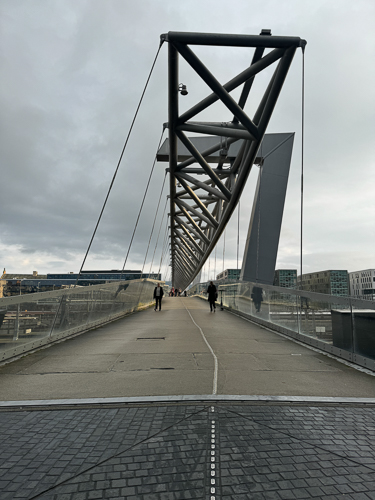
Akrobaten Bridge
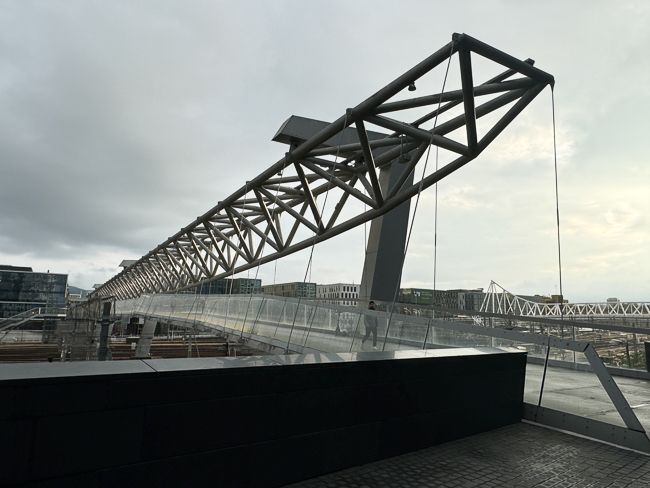
Akrobaten (‘the acrobat’) is a pedestrian bridge stretching across the railway tracks of Oslo central station, connecting the two neighborhoods of Grønland and Bjørvika. The construction is made of steel and glass, with a total weight of approximately 500 tons. NLI was the engineering/design company.
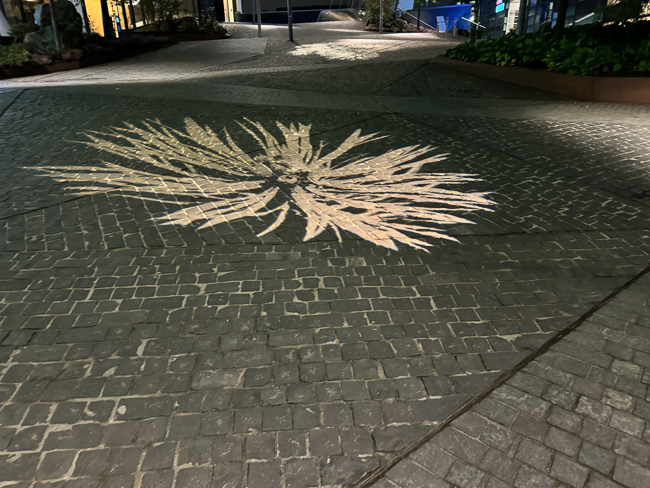
Night lights near the Akrobaten Bridge

Peleton Bike stands
The Norwegian practice MAD arkitekter created these bike stands called the ‘MAD Bike.’ Made of stainless steel, they provide safe bicycle parking and create an interesting visual and spatial impression. They are arranged in a pattern that emulates a peloton – a pack of riders in a road bicycle race, Tour de bjørvika! The front bike leads the pack in the direction of the fjord.
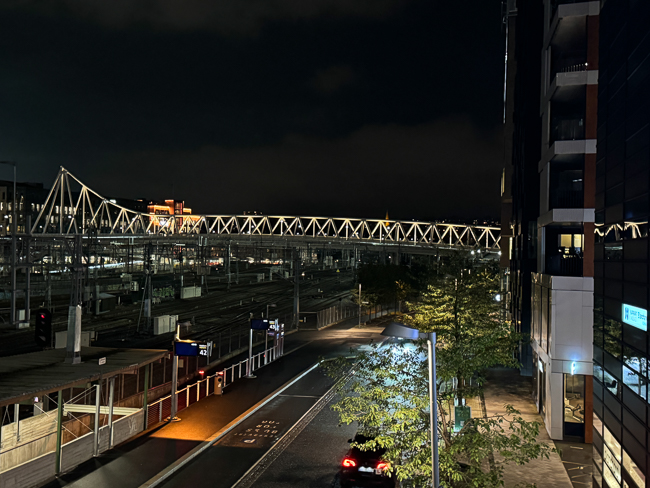
Nordenga Bridge
The Nordenga bridge, also by NLI, crosses the railroad tracks and connects Bjørvika with inner-city Oslo. The design choice, with trusses and columns supporting the roadway, was based on a minimum number of columns within the track area. The steel bridge weighs 2100 tons.

Kayaking in the Barcode area in Bjørvika Oslo. near 8 Dronning Eufemias gate

At night
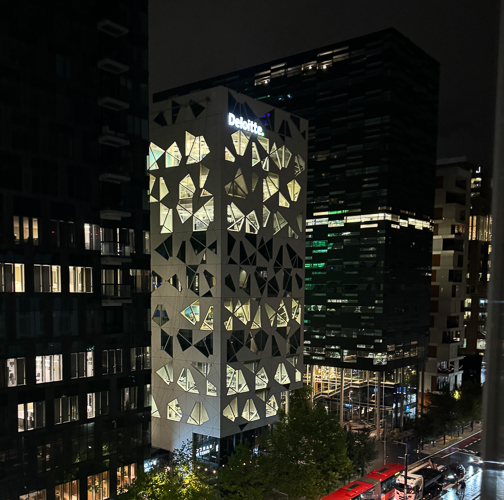
The Deloitte building in Bjørvika district, designed by Snöhetta at night
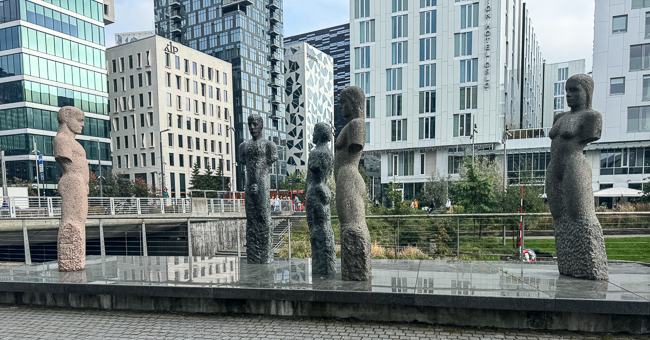 Felleskap by Norwegian sculptor Nico Widerberg across the river from the Clarion Oslo, where I am staying
Felleskap by Norwegian sculptor Nico Widerberg across the river from the Clarion Oslo, where I am staying
A multicourse dinner at Vaaghals was worth every penny.
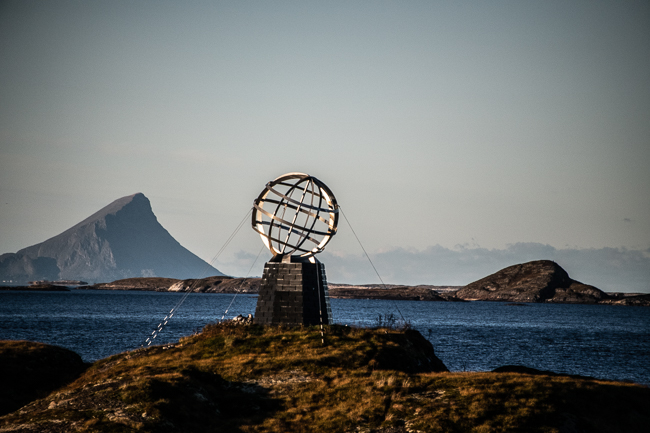
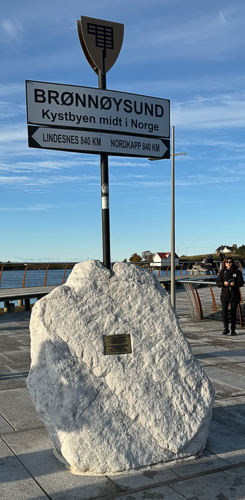

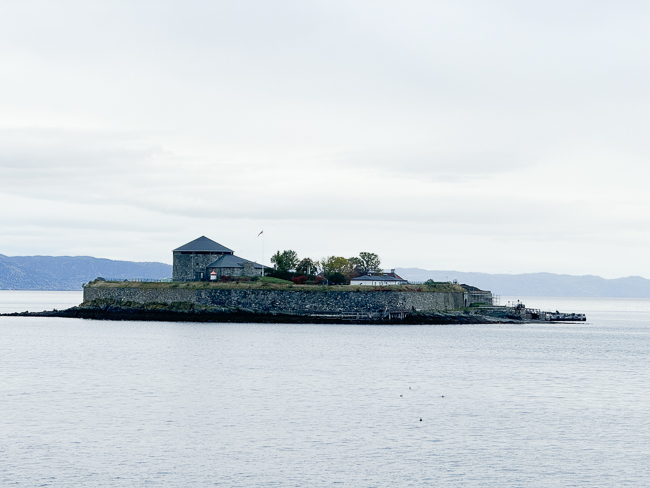
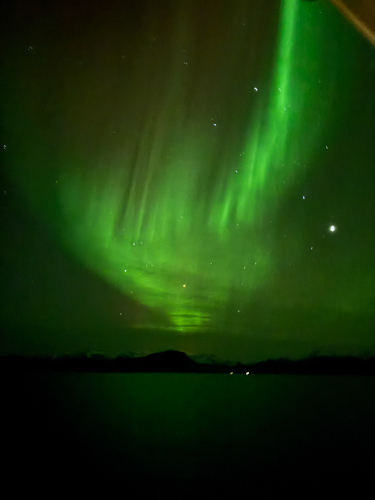 The most common aurora color is green.
The most common aurora color is green. 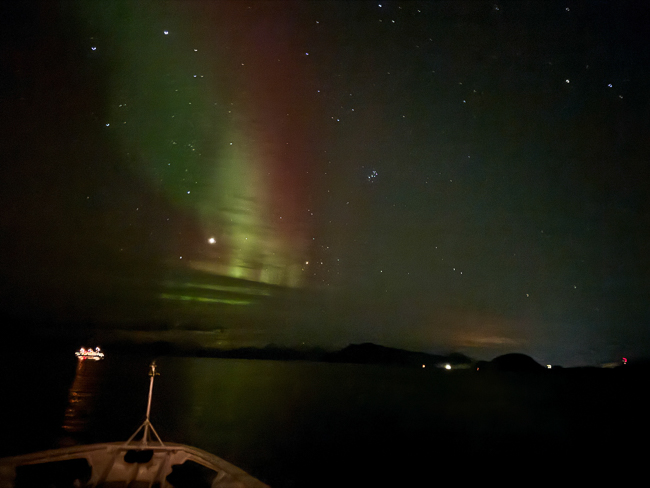
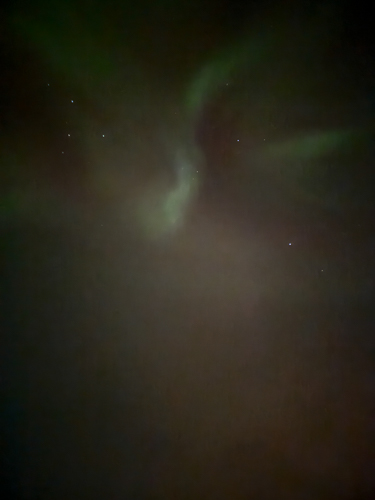
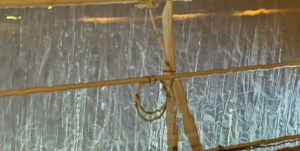
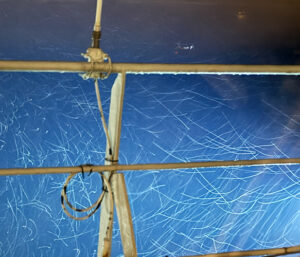
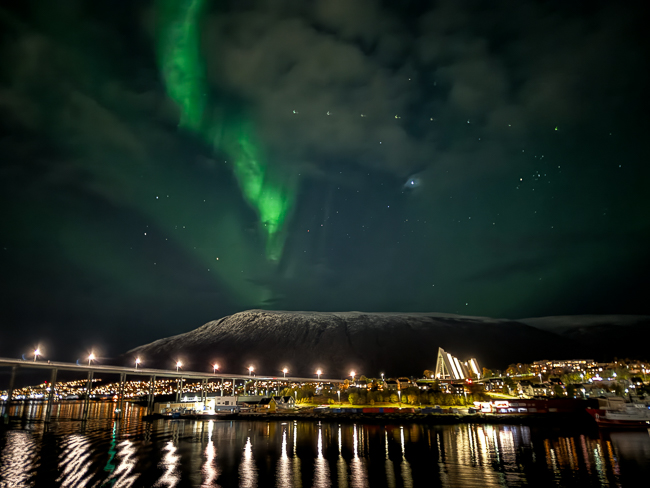 *
*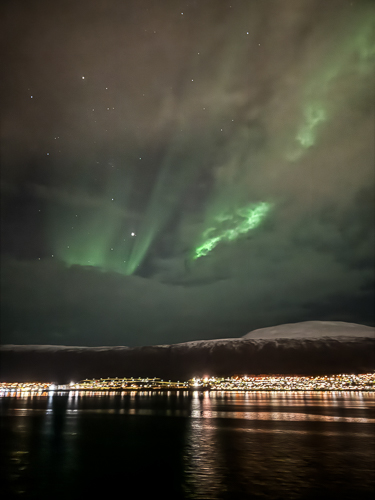
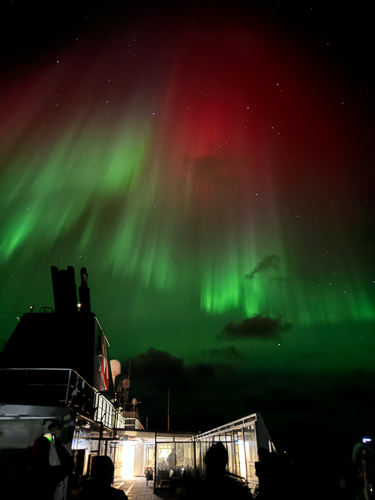 I was so surprised to see so much, as the much anticipated solar activity had passed us by.
I was so surprised to see so much, as the much anticipated solar activity had passed us by.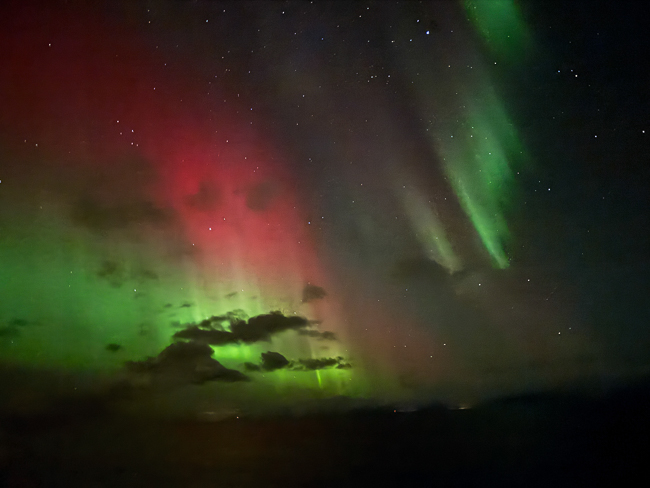 *
* *
*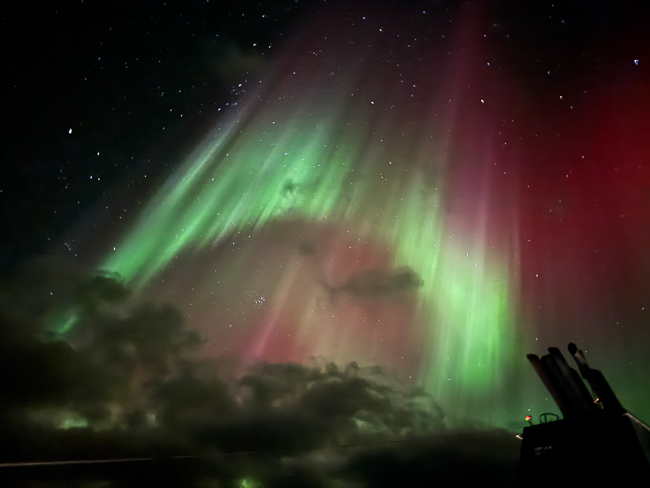 *
*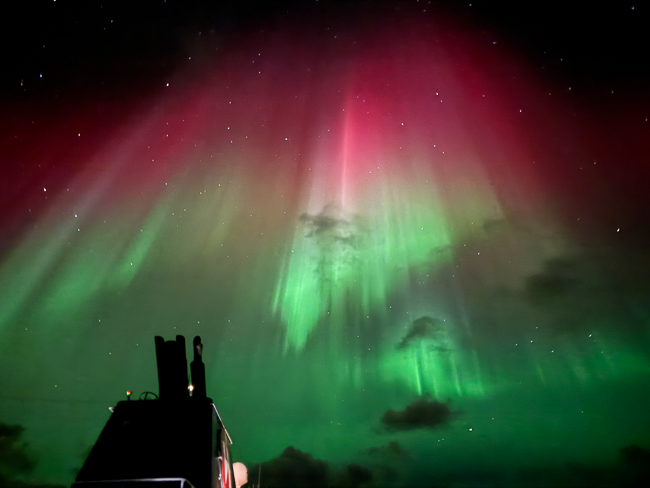
 *
*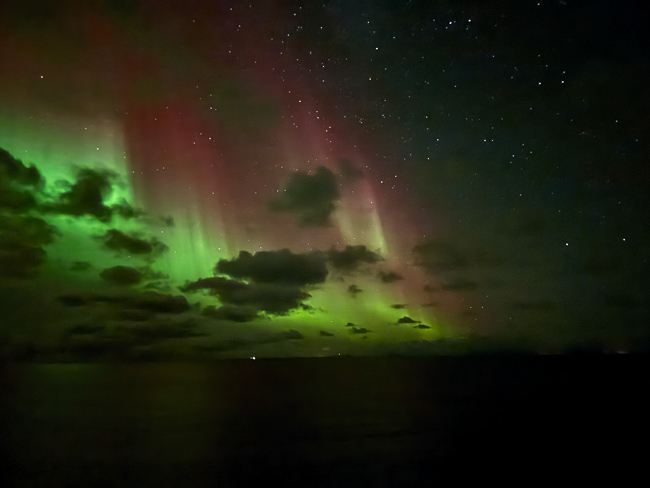 *
* *
* *
*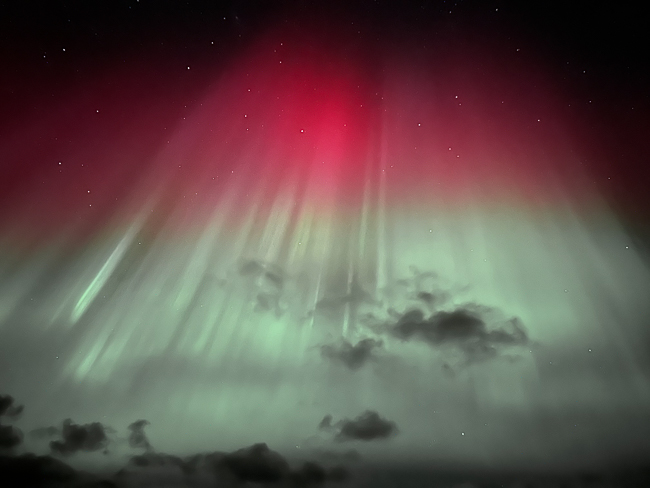
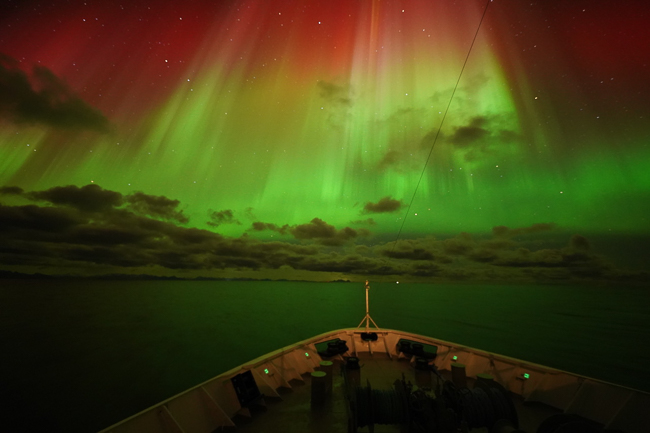
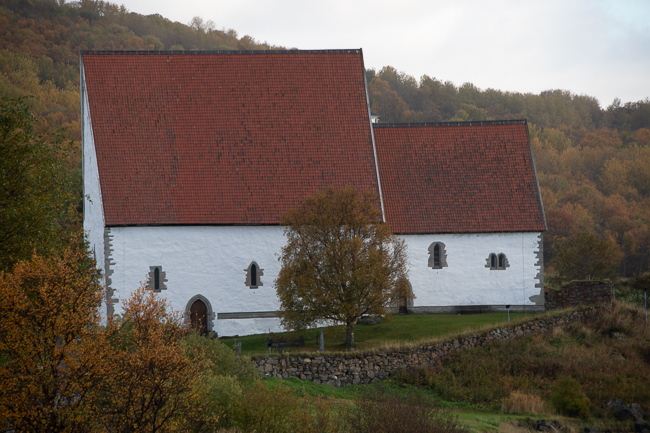
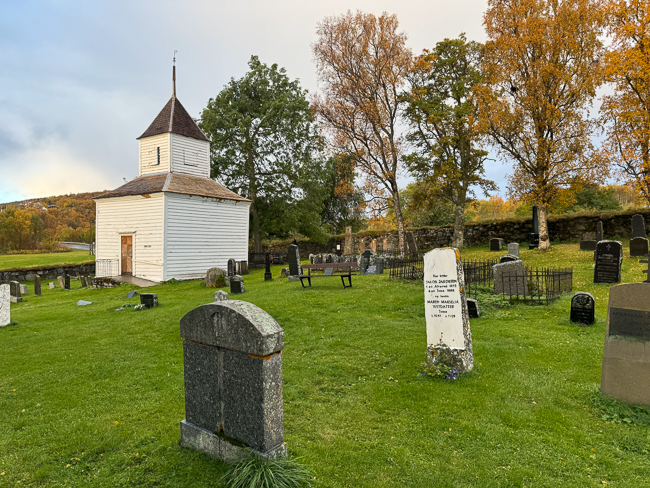
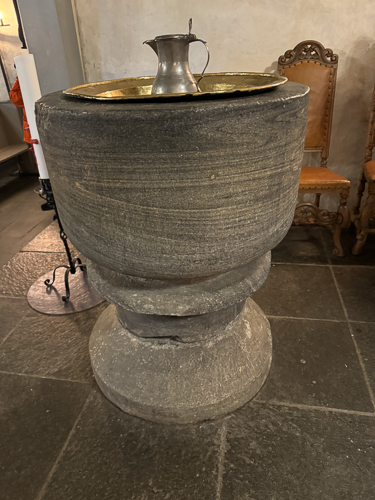
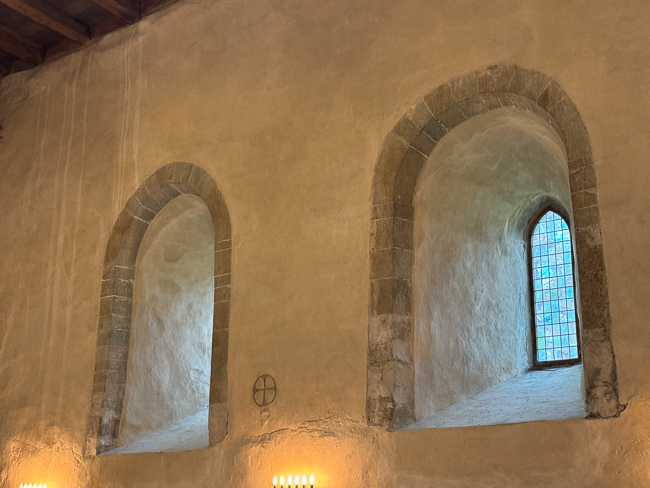
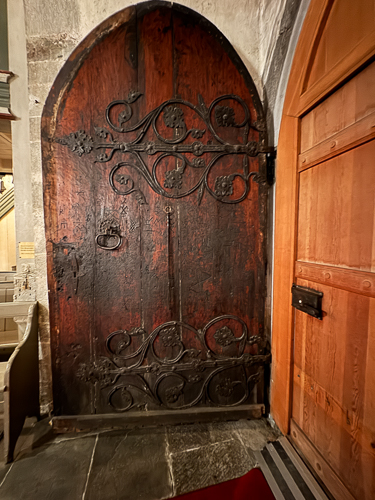
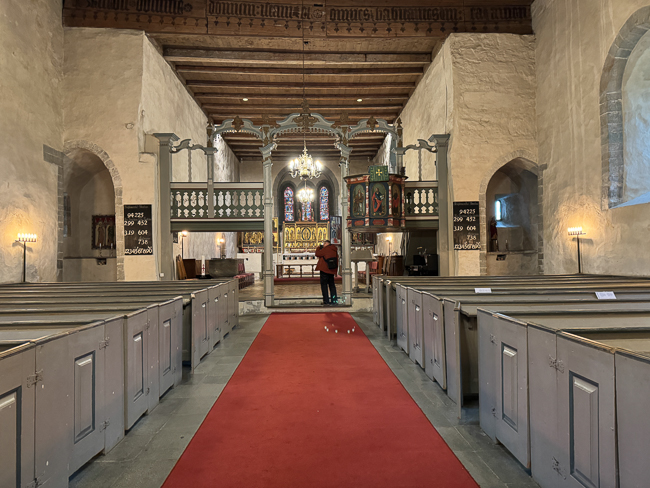
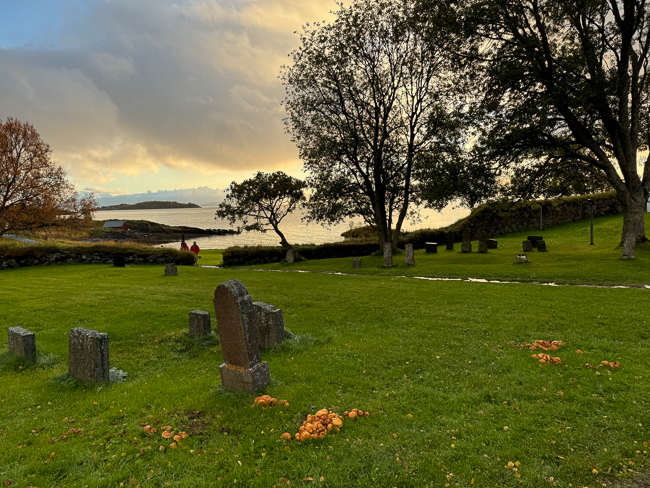
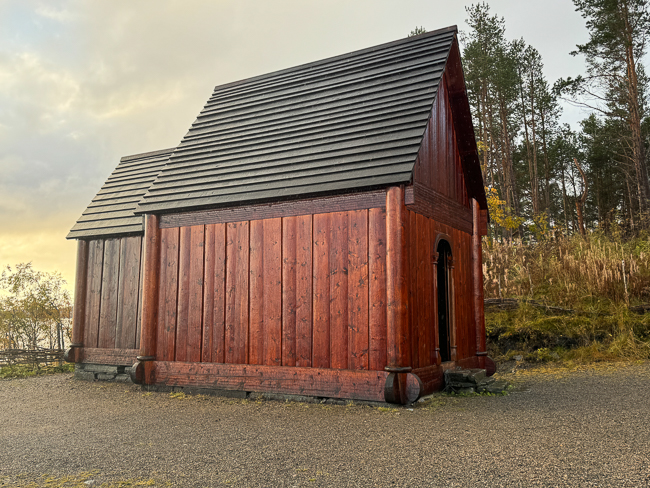
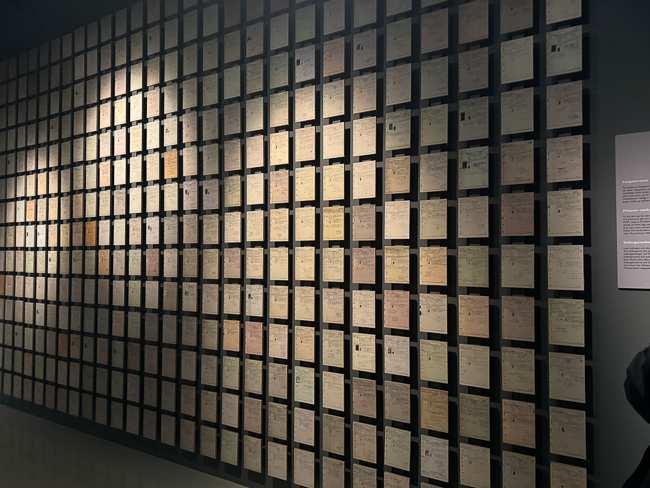

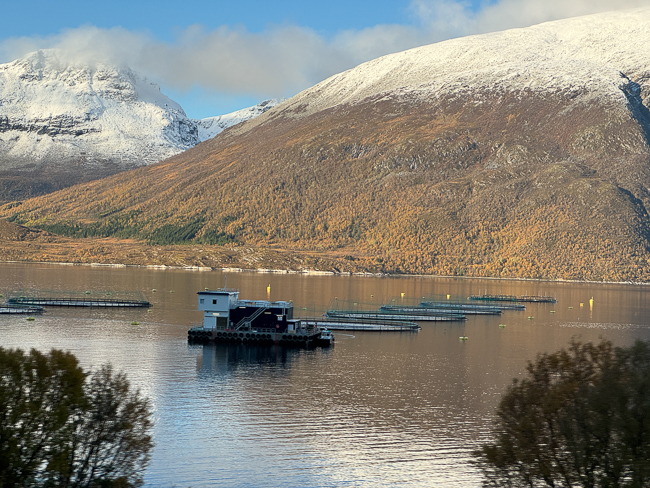
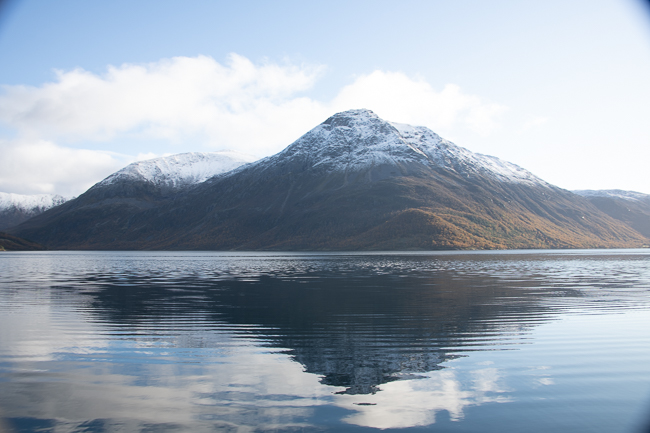
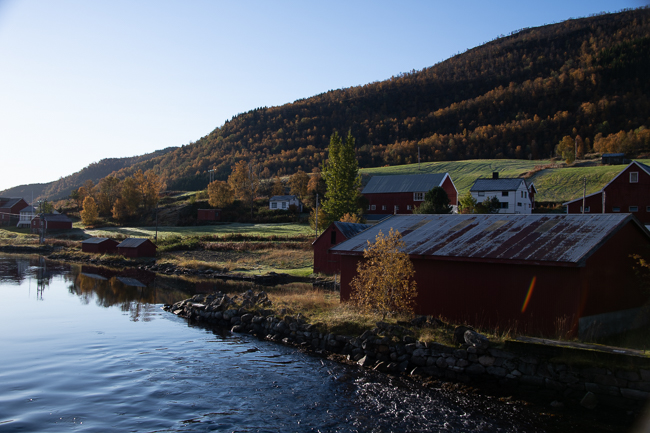
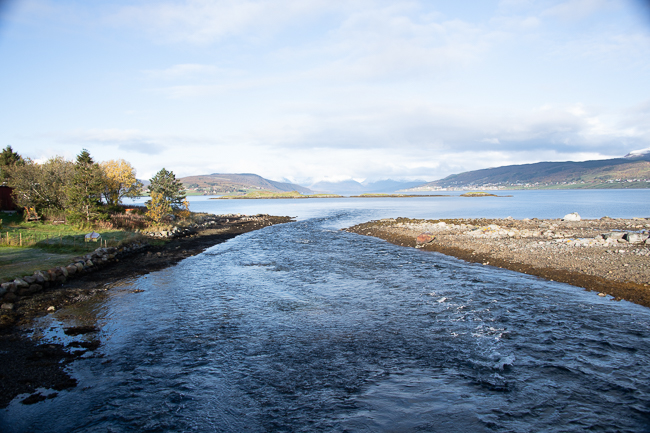
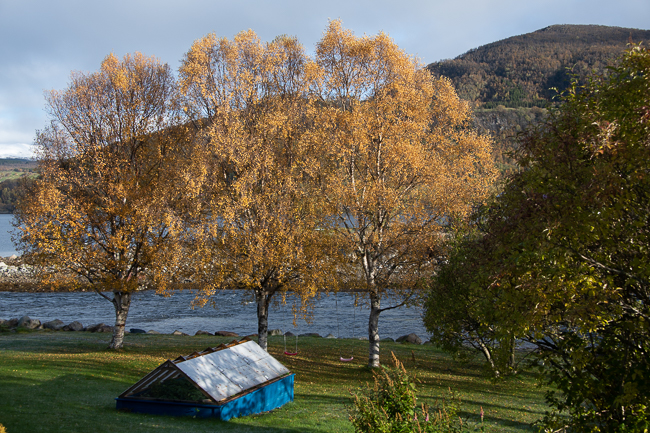
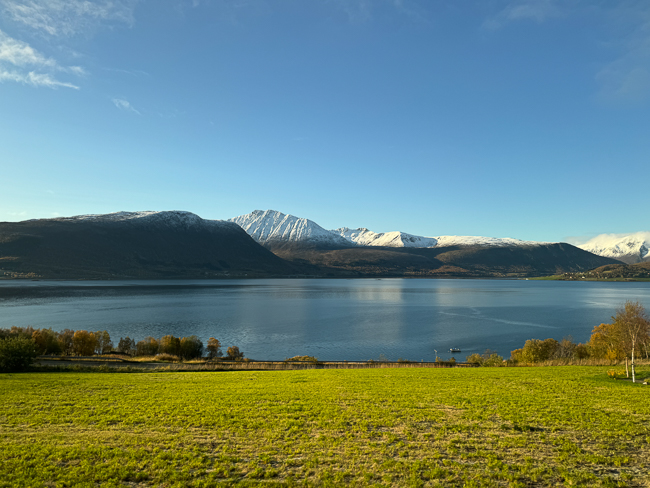
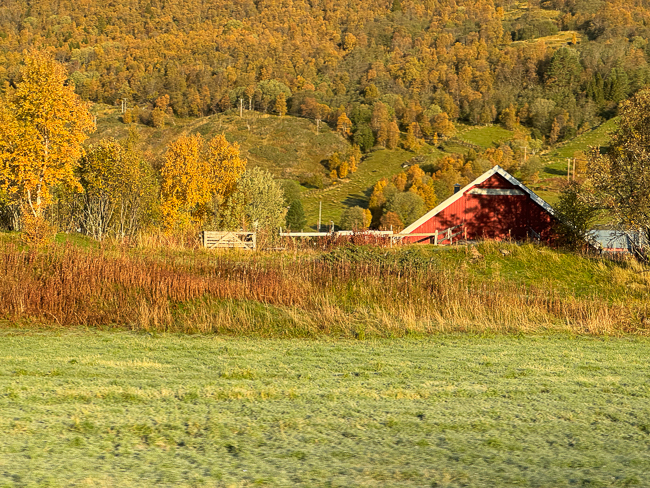




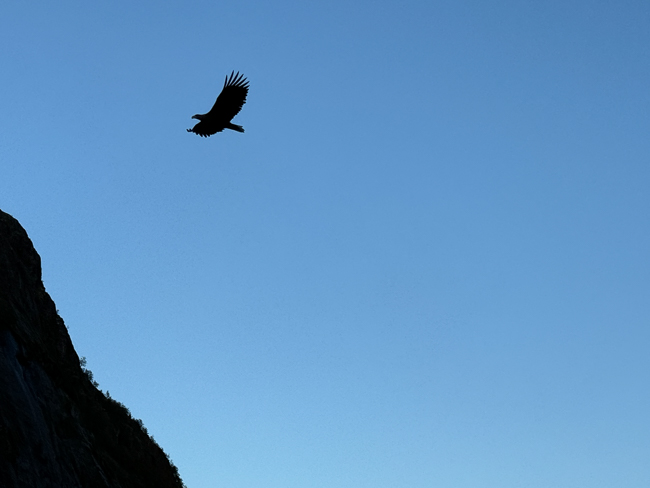 *
*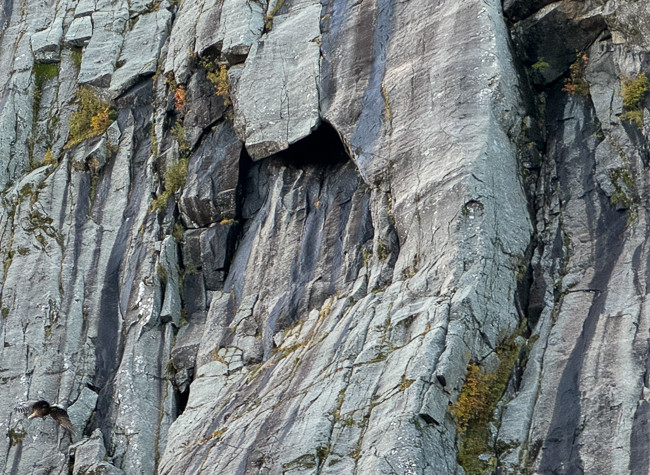 *
*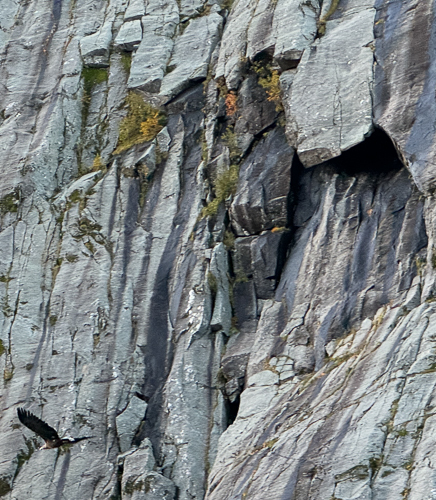 *
*
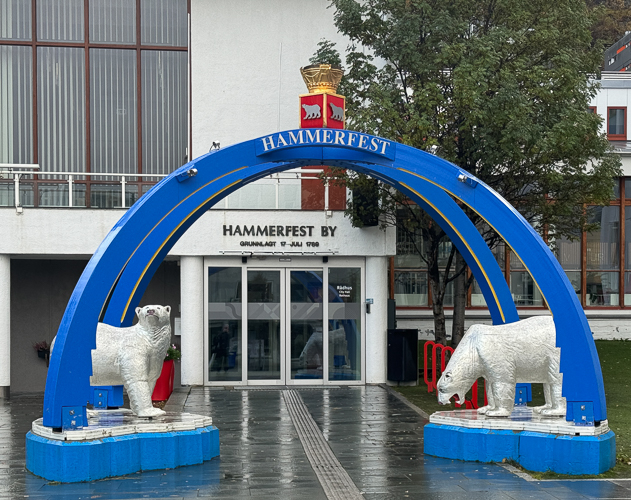
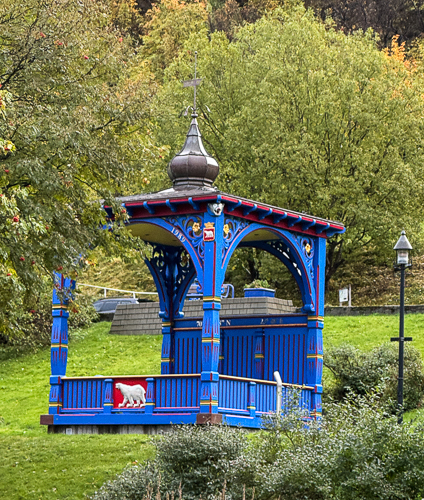
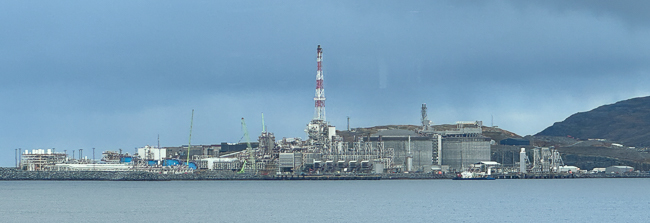
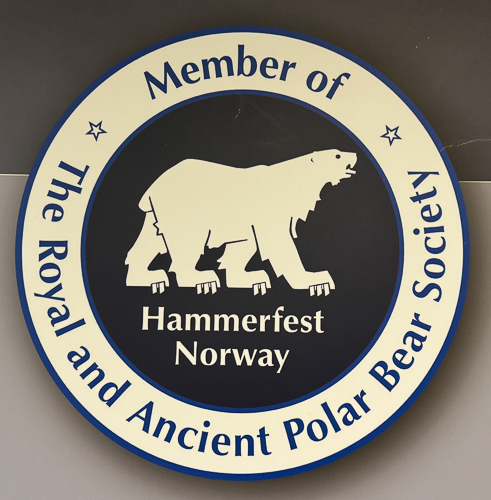
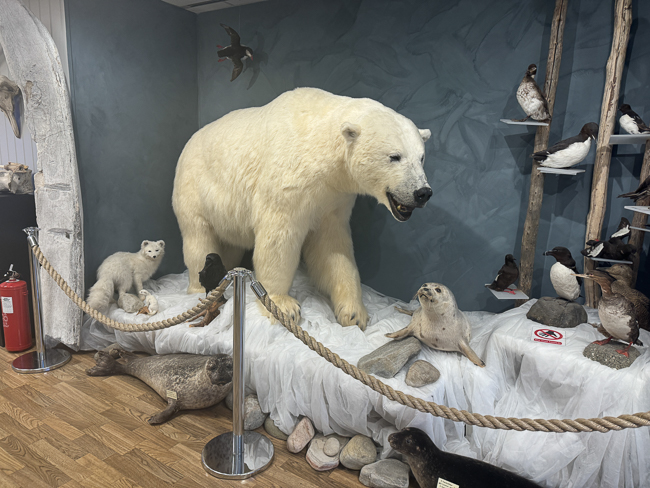
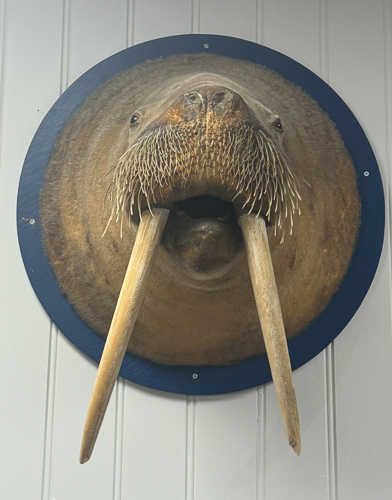
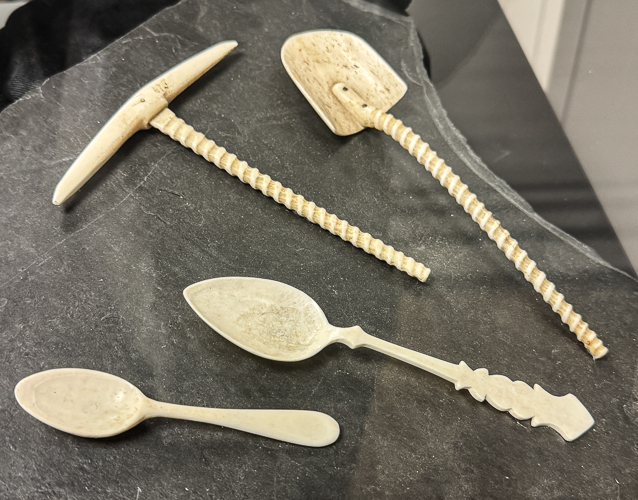
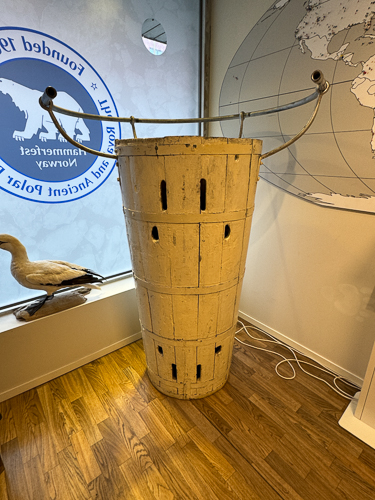
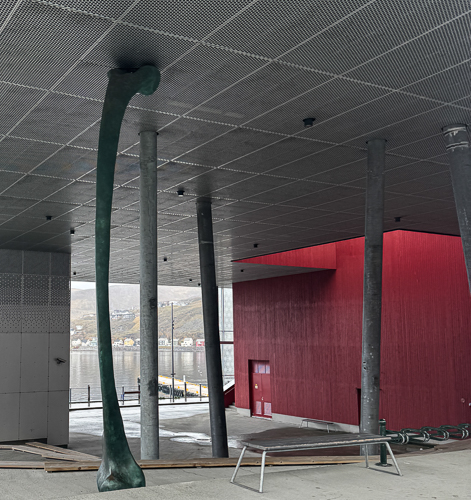

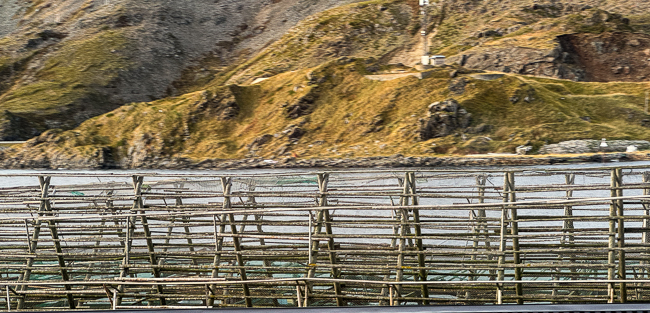
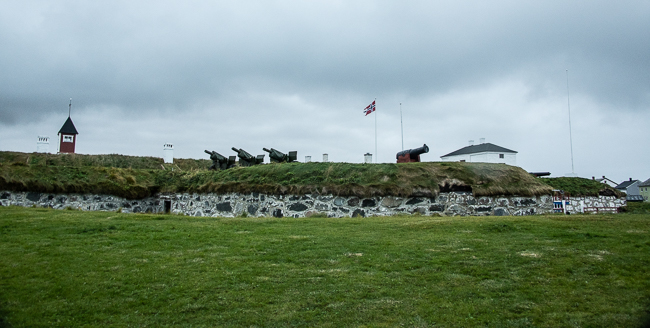
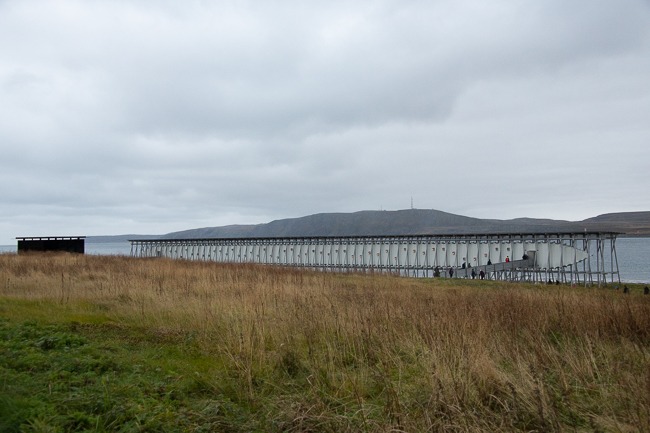

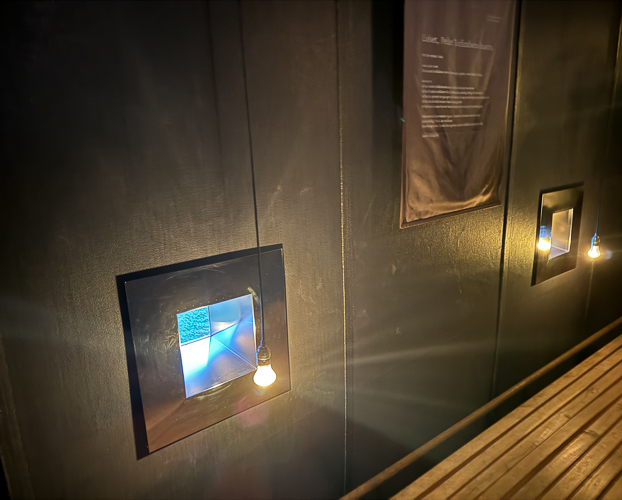
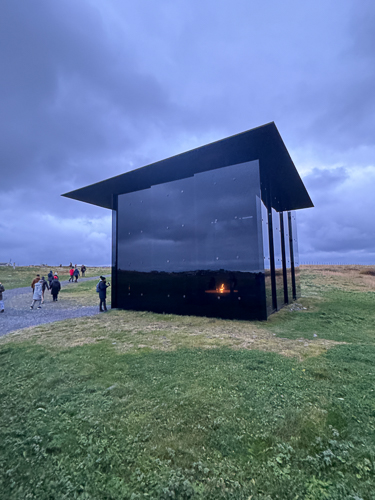
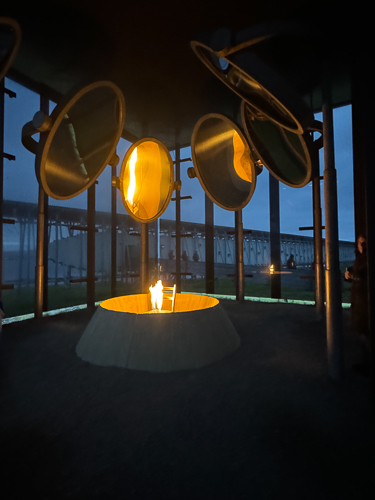
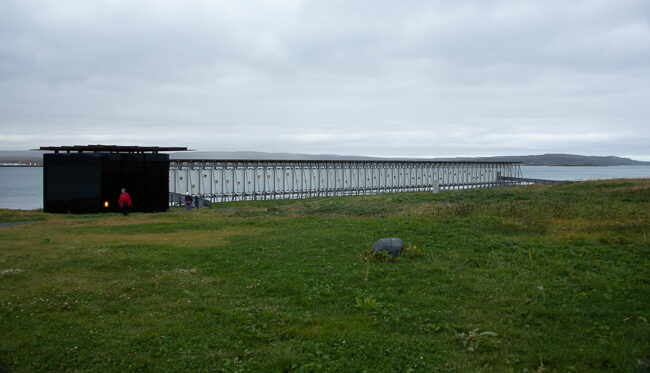
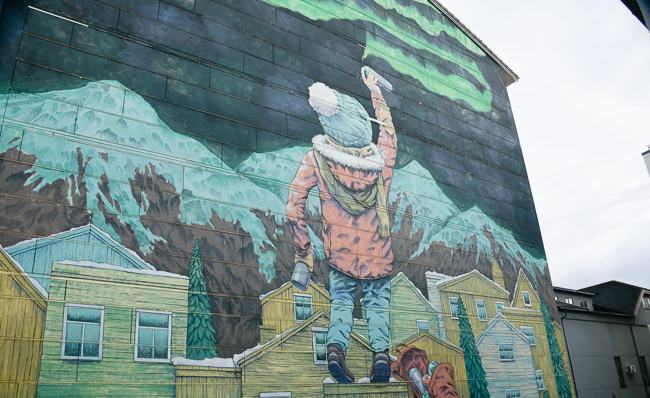
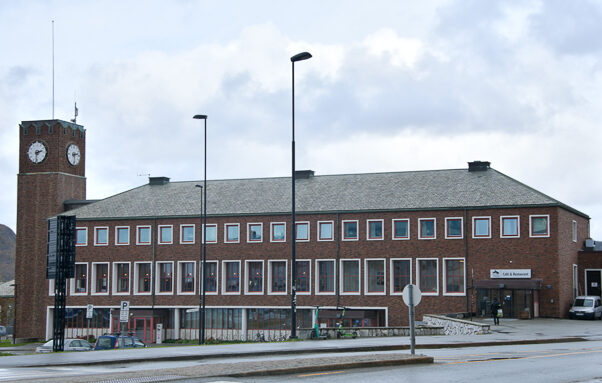

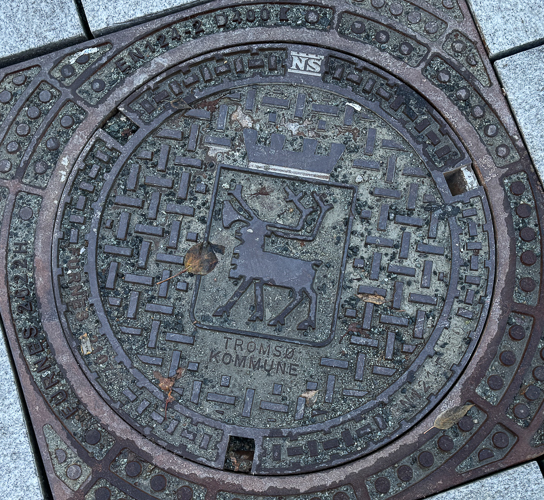
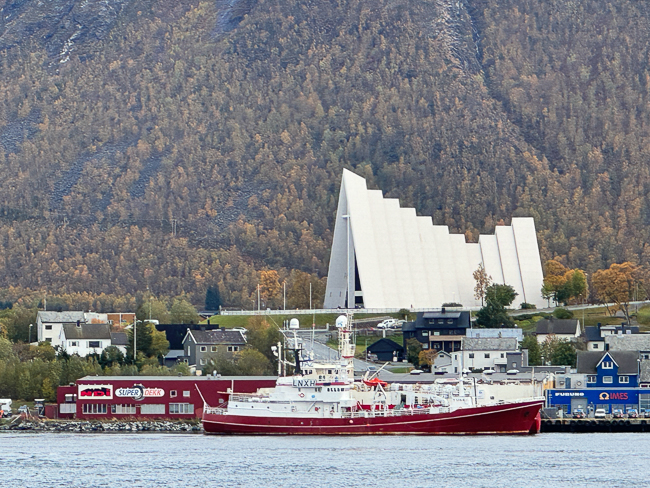
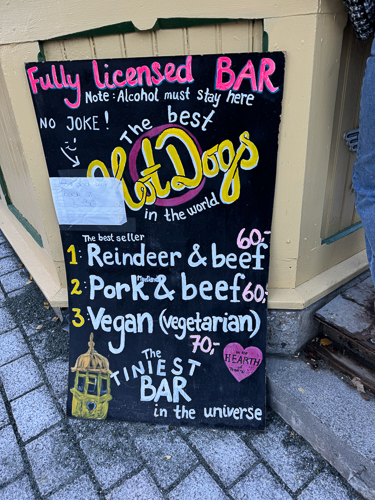

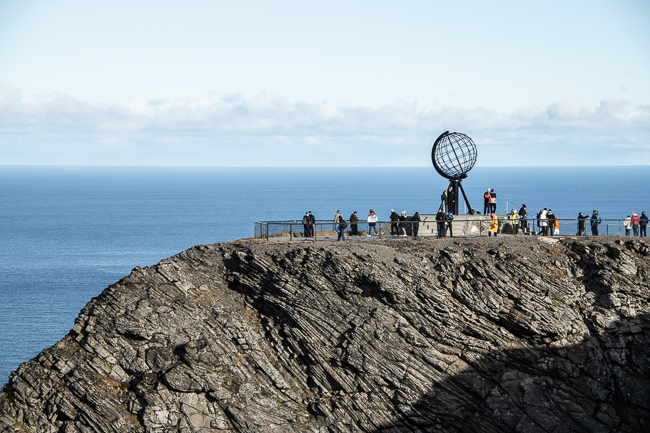
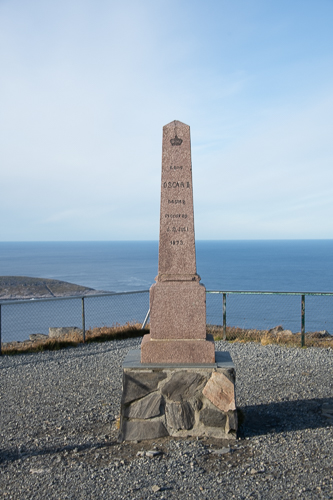
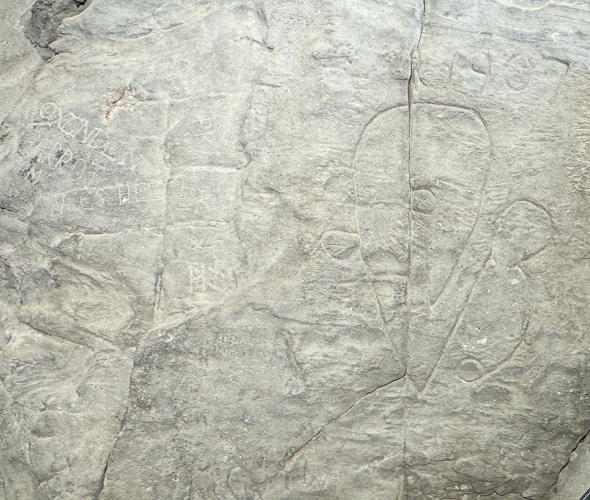
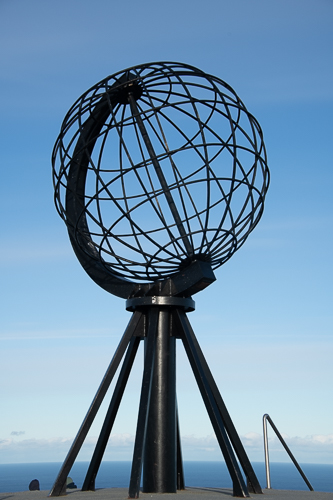

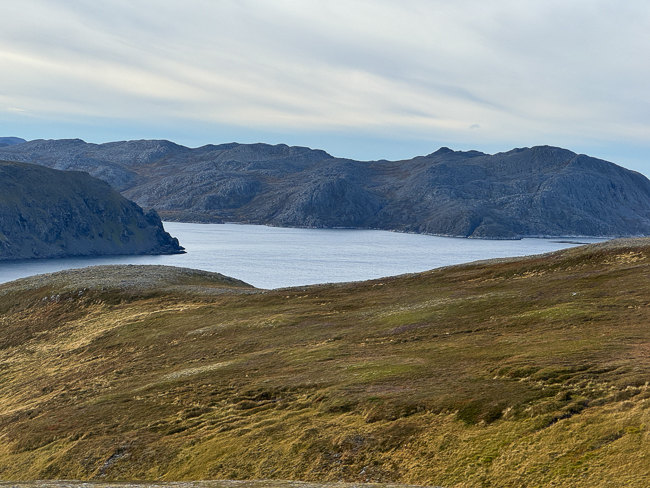
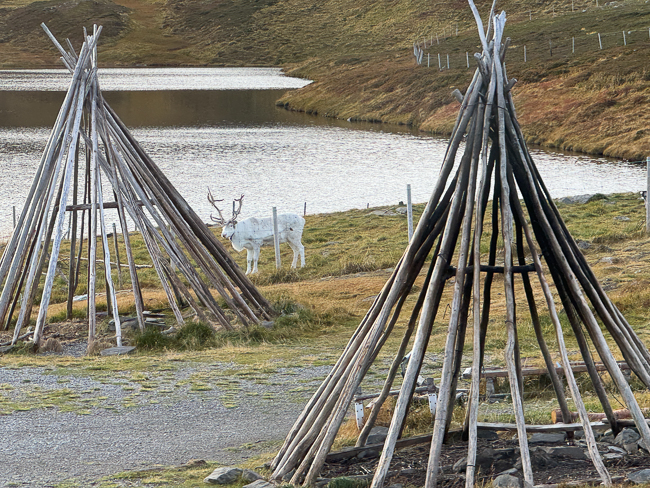
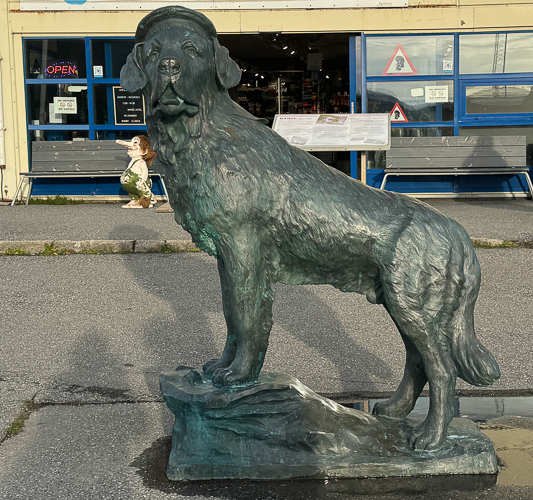
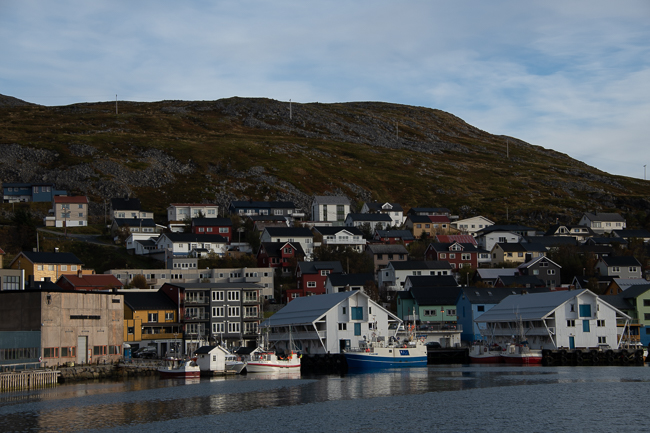
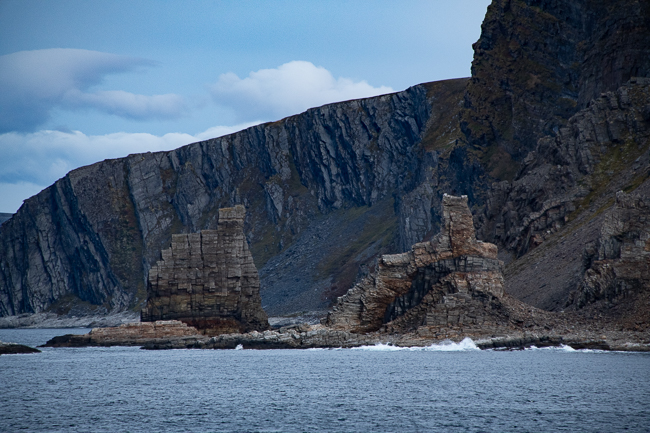

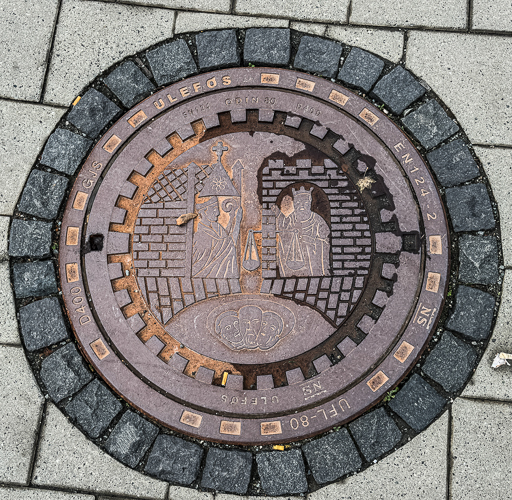 Like other cities in Norway, Trondheim has its own manhole covers. Their’s contain the Trondheim city coat of arms. The coat of arms represents the two important kings in Trondheim, Olav Tryggvason, who founded the city, and Olav the Holy, who, after his death, was declared a saint.
Like other cities in Norway, Trondheim has its own manhole covers. Their’s contain the Trondheim city coat of arms. The coat of arms represents the two important kings in Trondheim, Olav Tryggvason, who founded the city, and Olav the Holy, who, after his death, was declared a saint.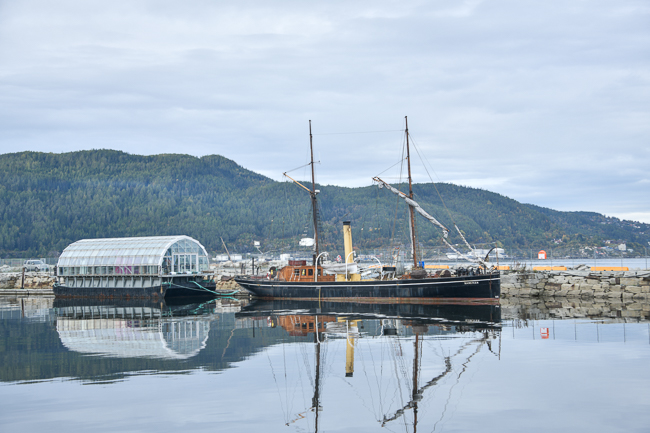
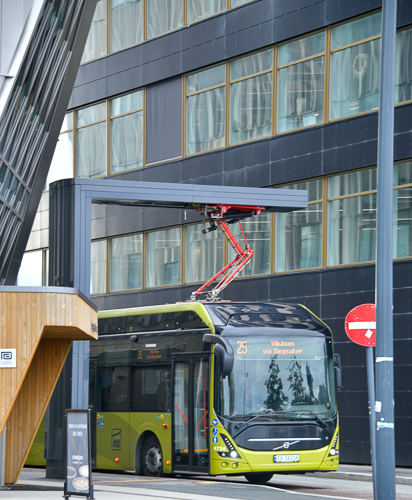
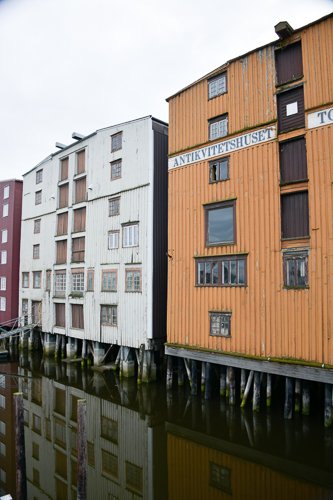
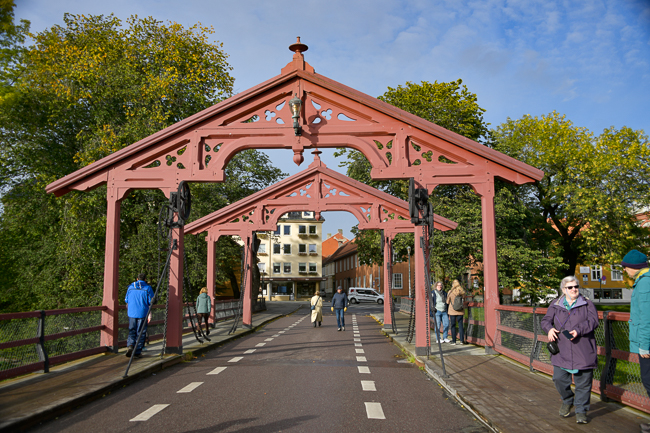
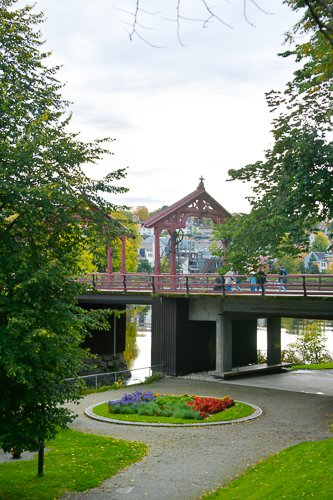
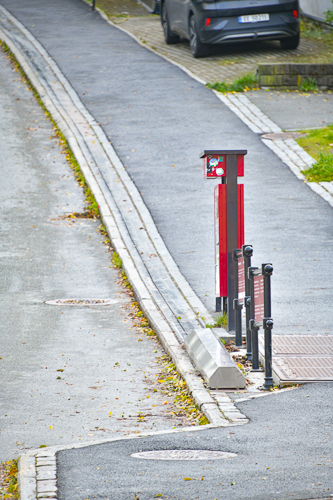
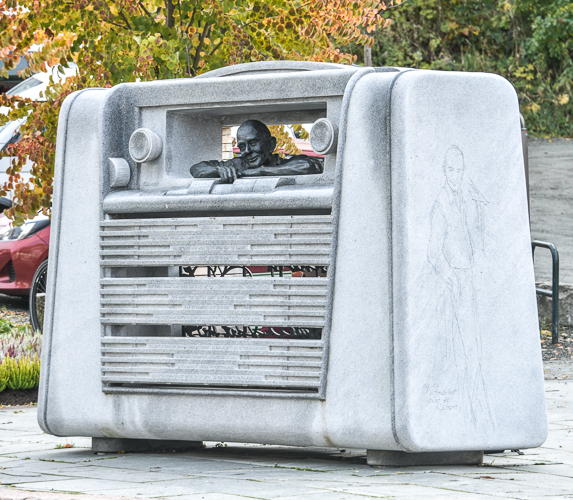
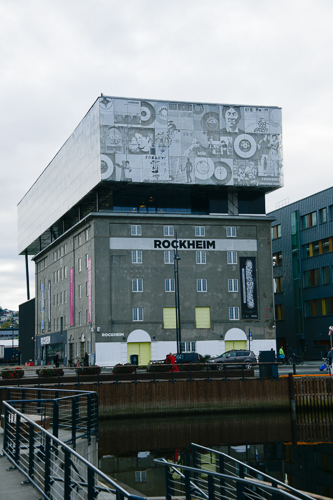
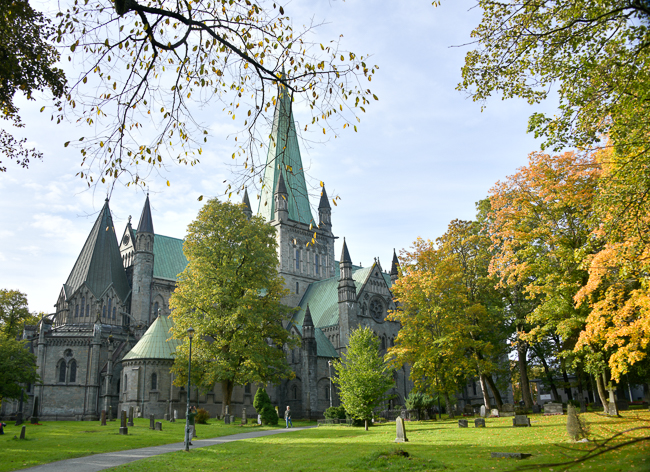
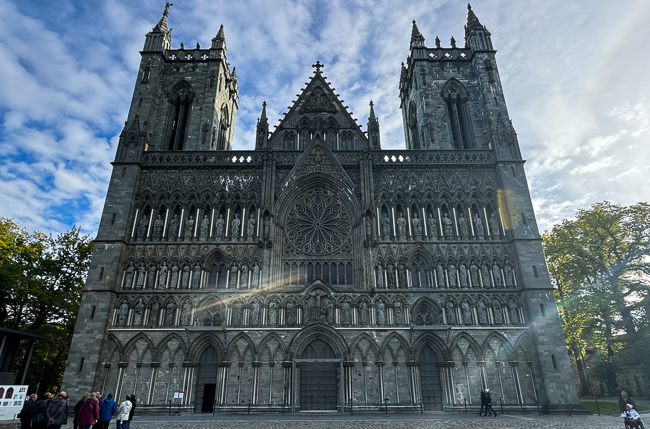
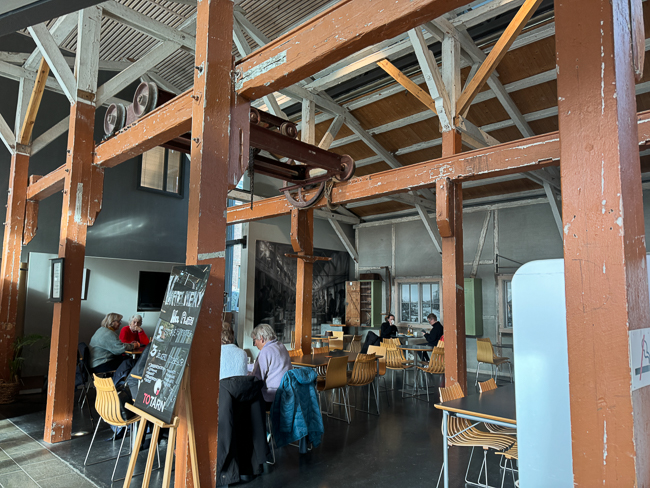
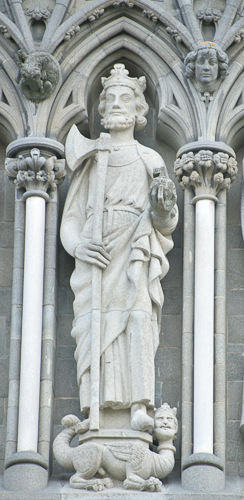
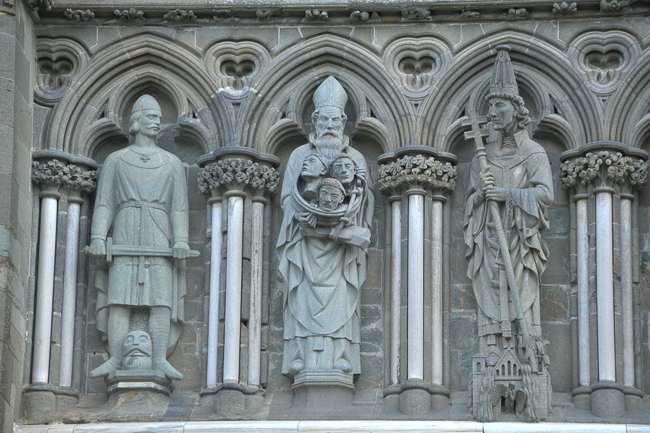
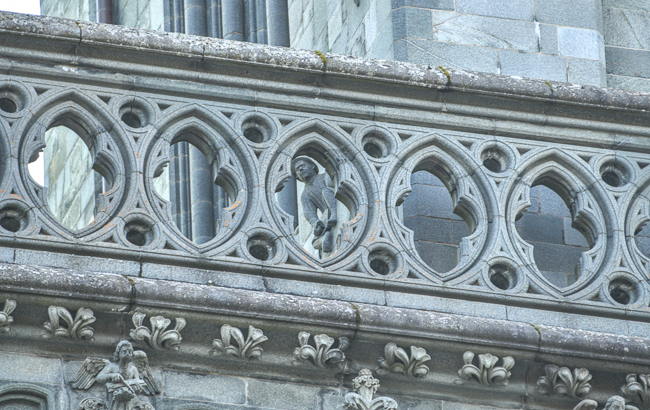
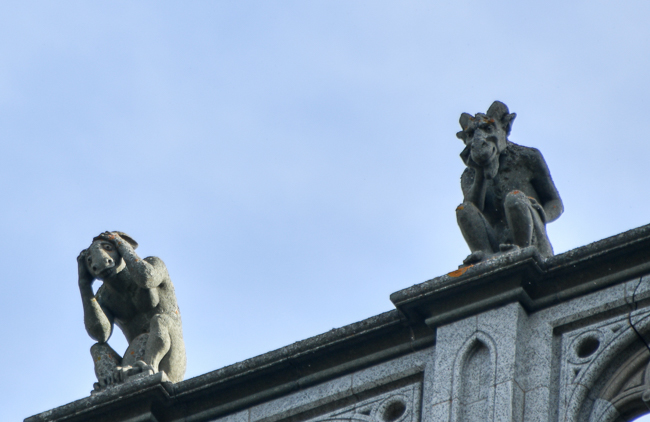



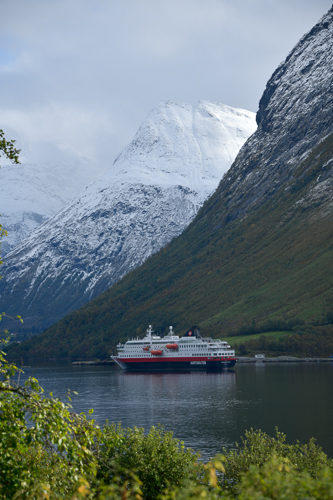
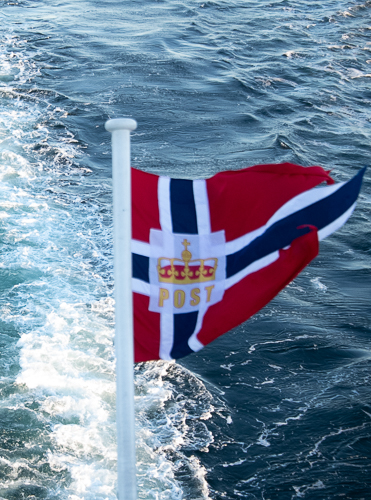
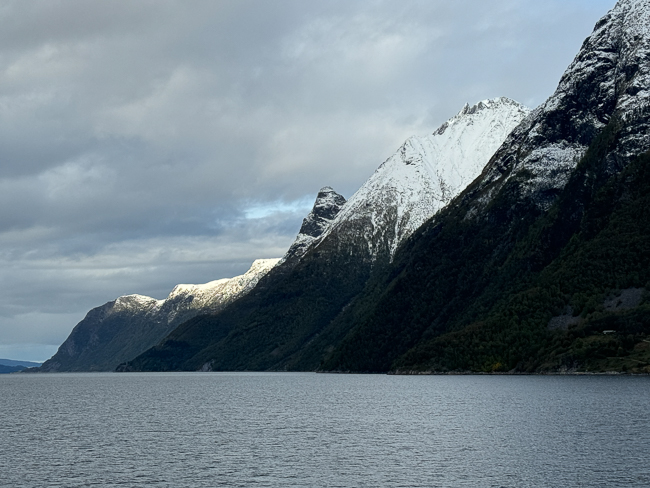

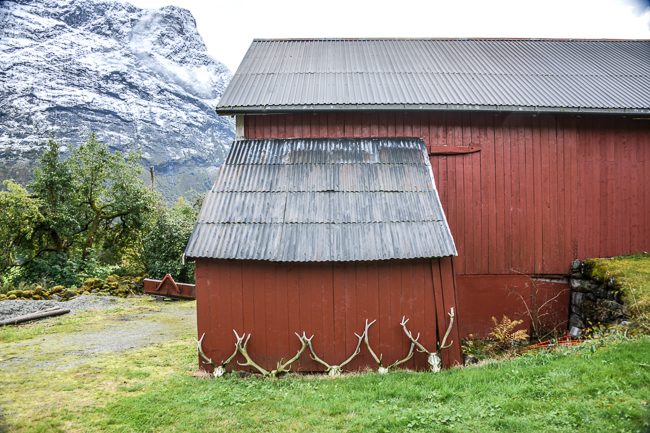
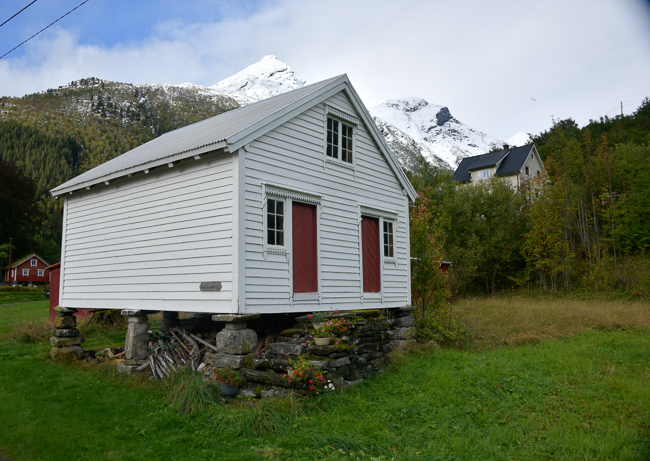
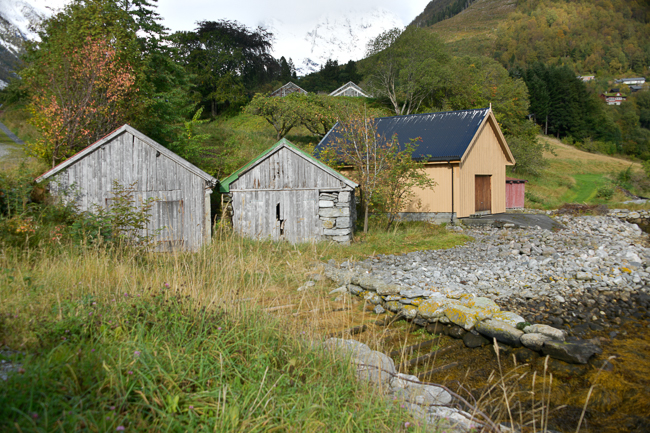
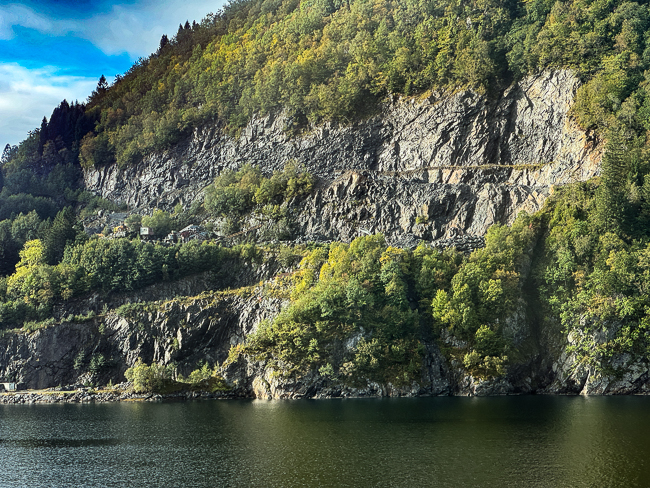
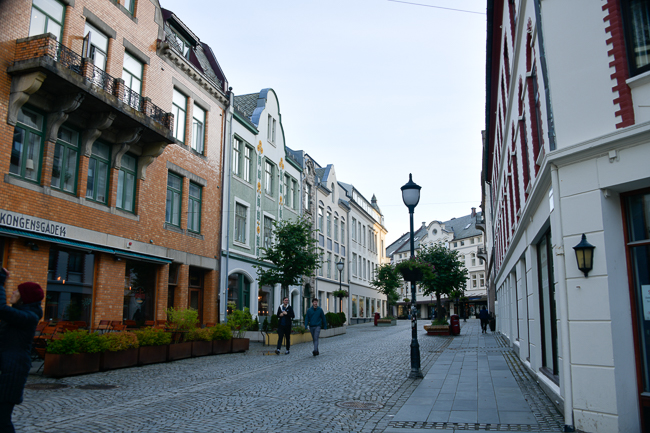
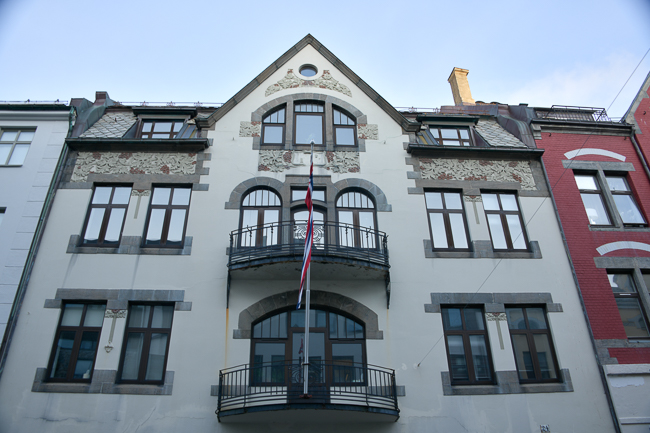
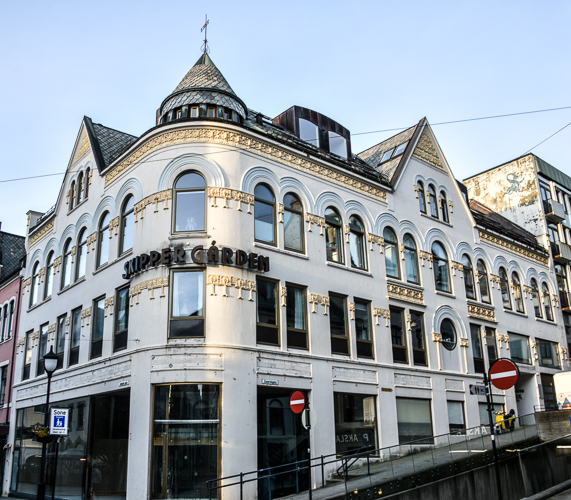
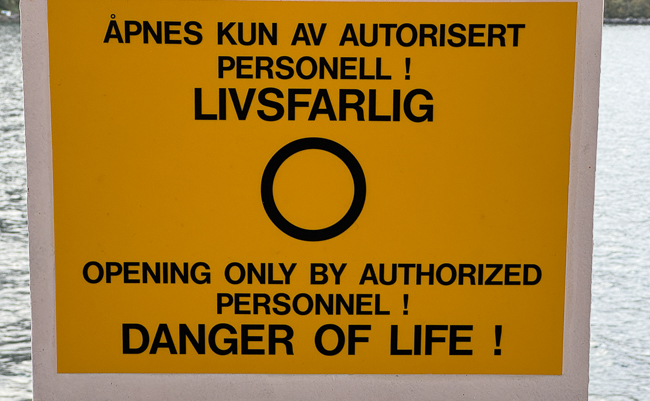
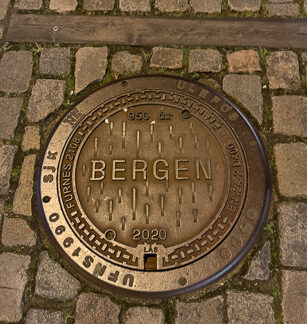
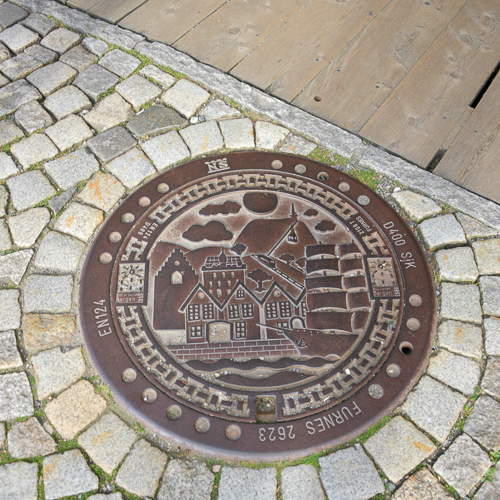
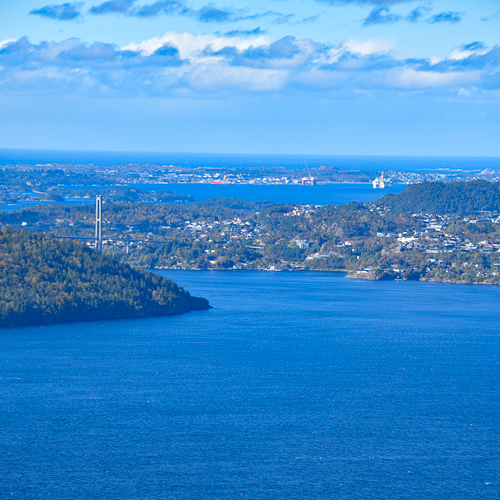
 Looking down on Bergen
Looking down on Bergen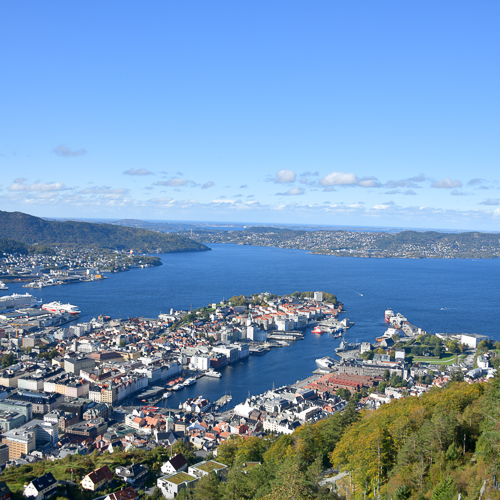 *
*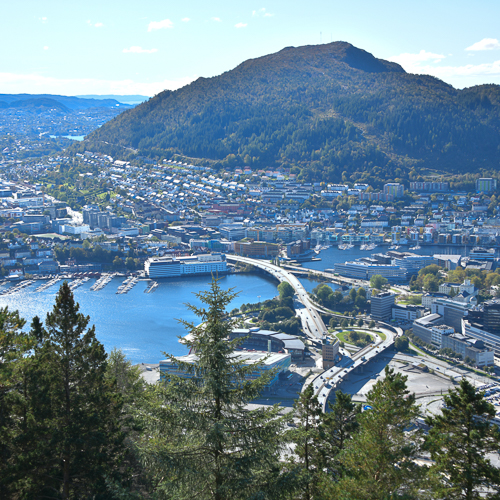 *
*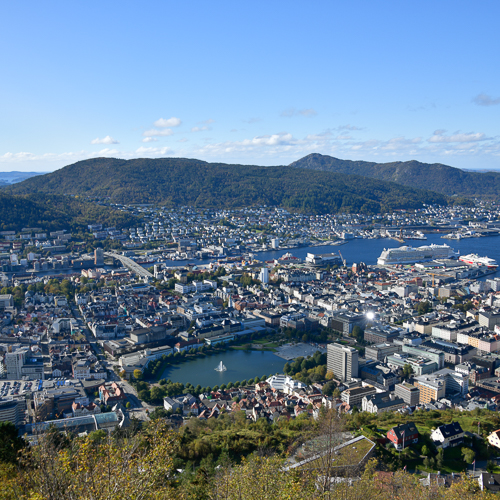
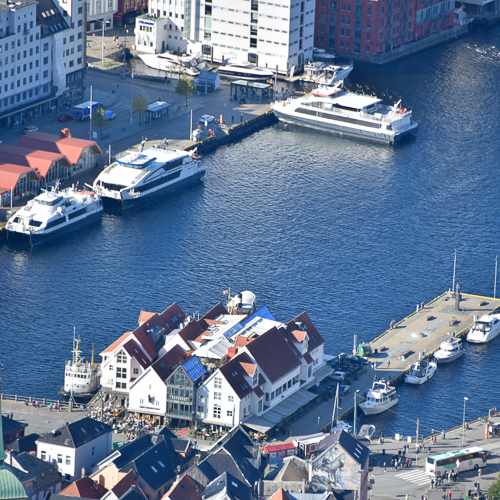
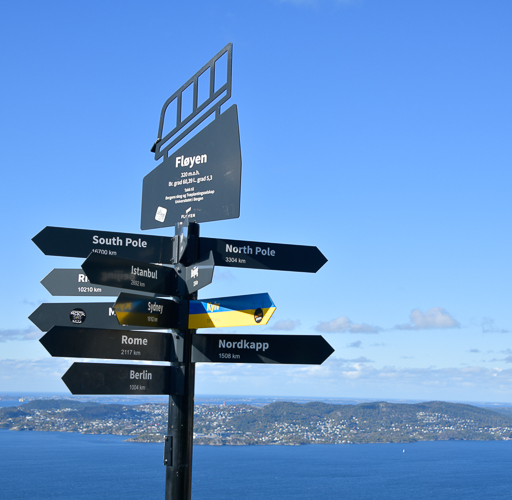
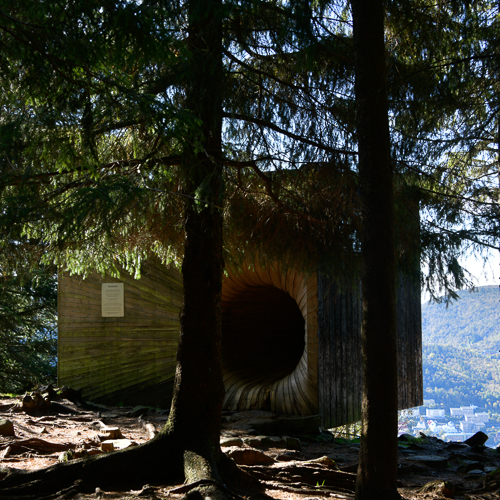
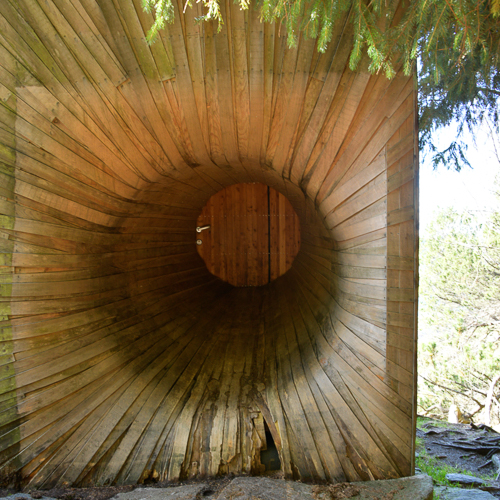
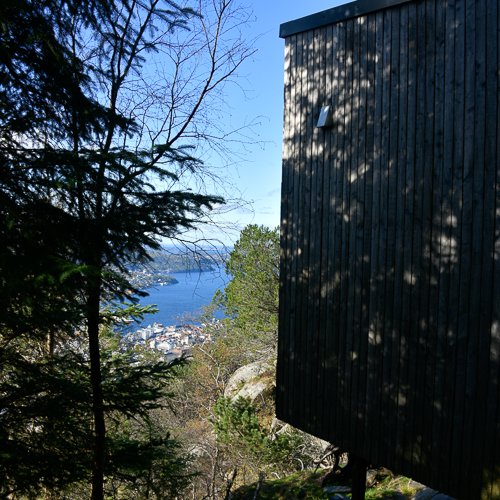
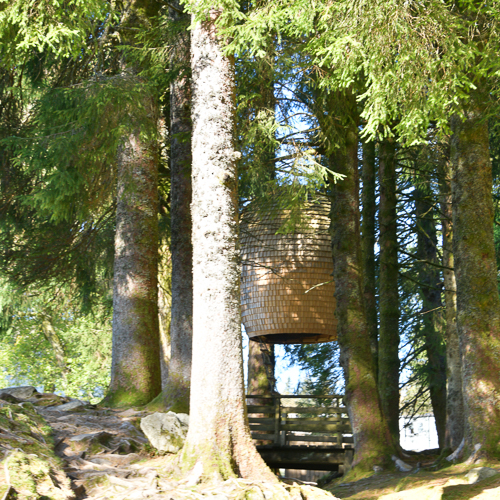
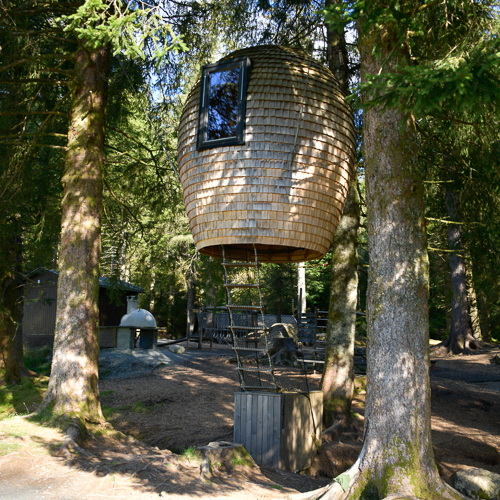
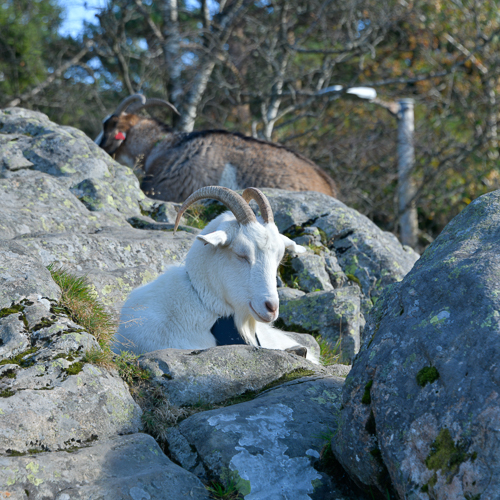
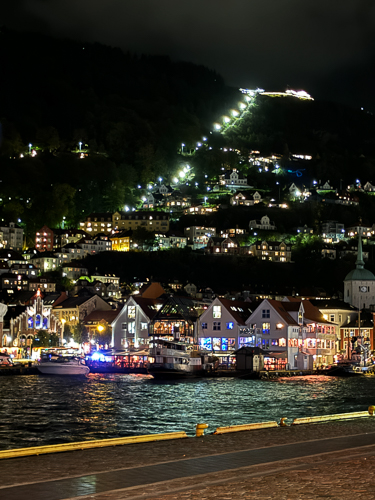
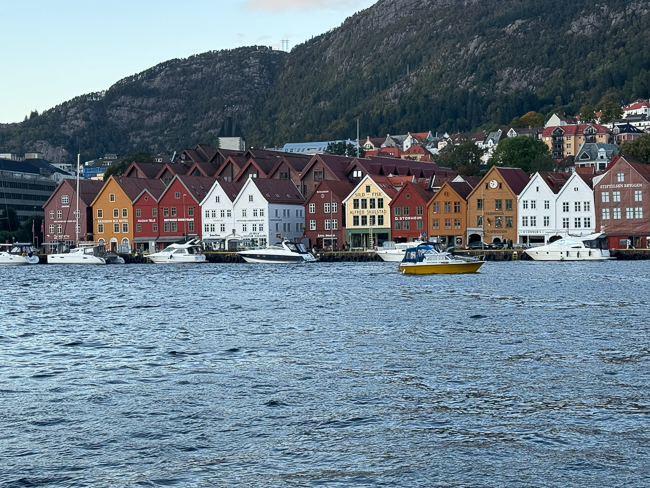
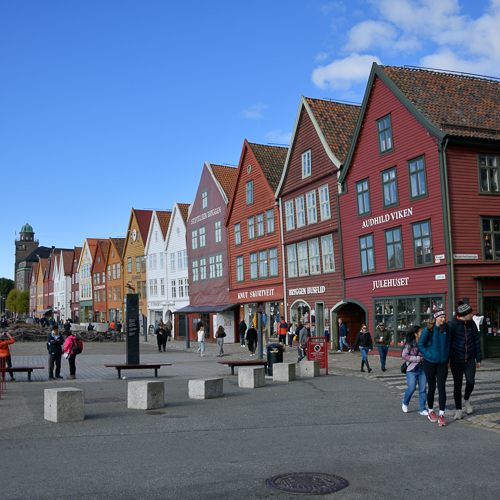 *
*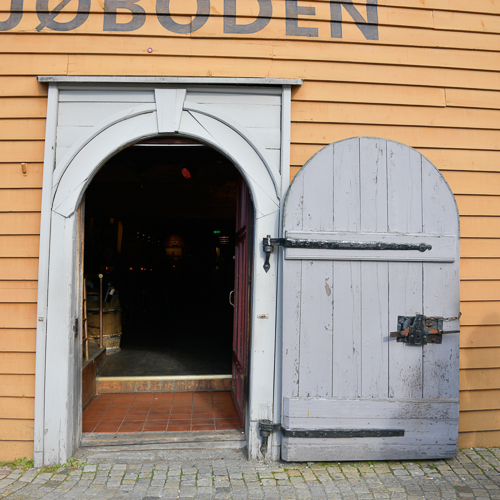
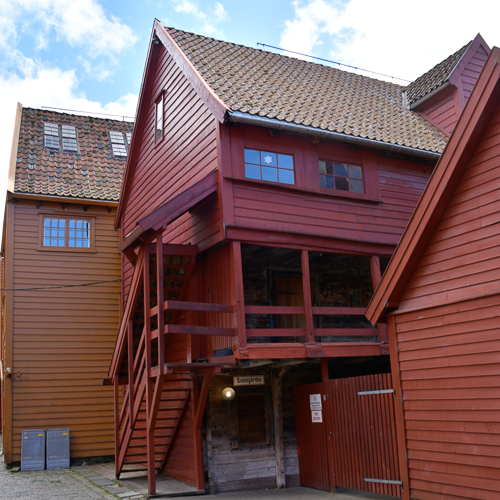
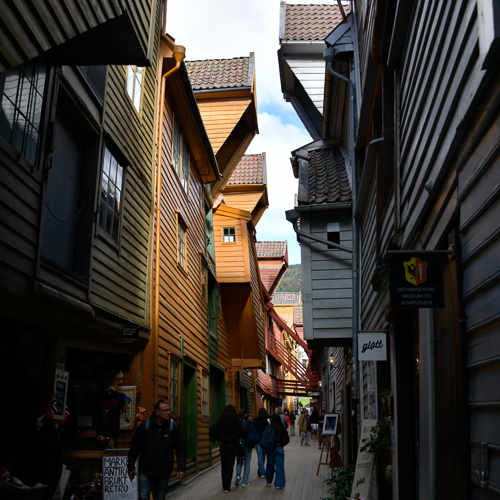
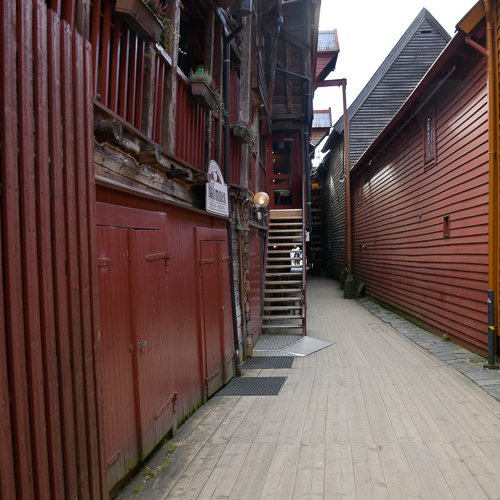 *
*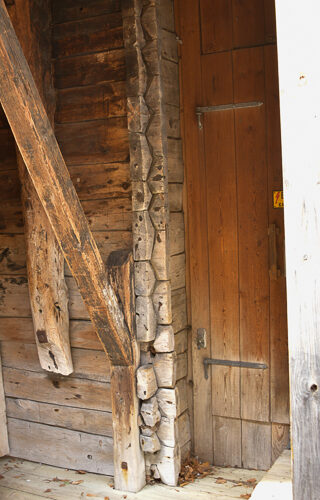
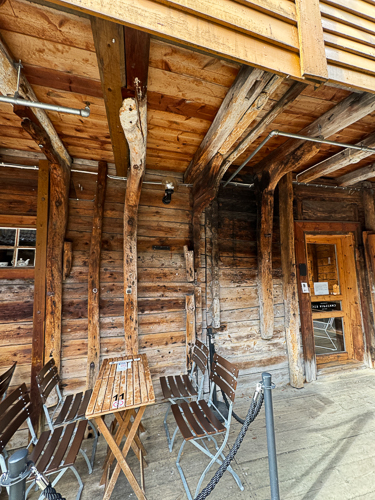
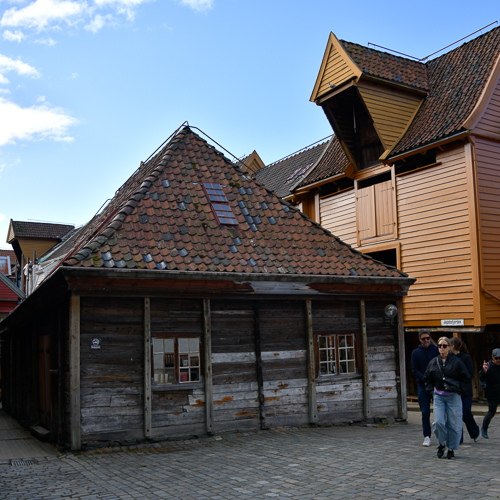 *
*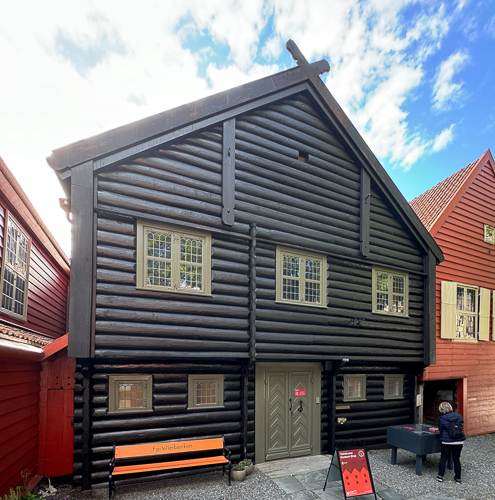
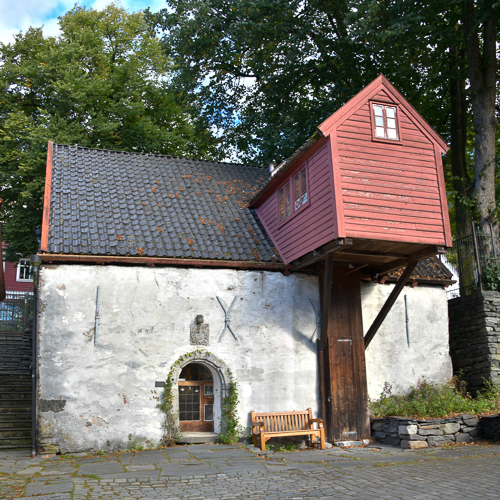
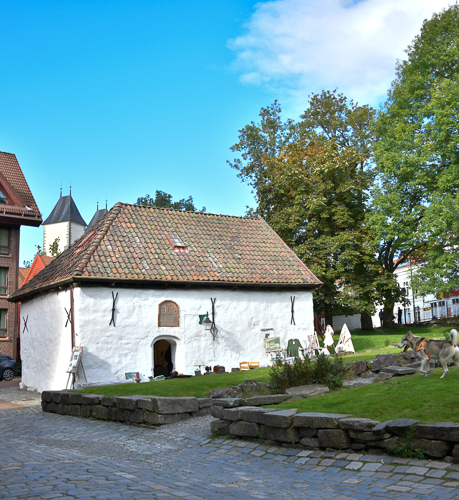
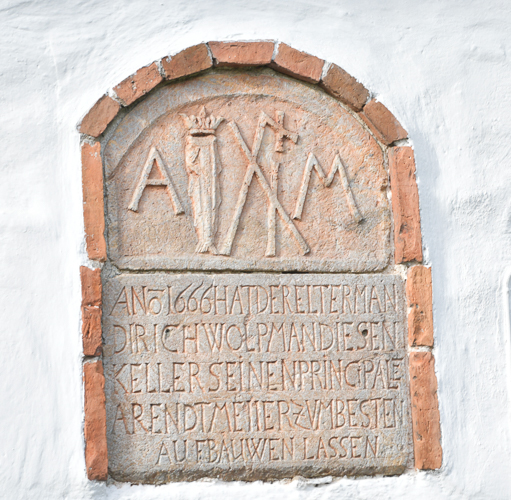
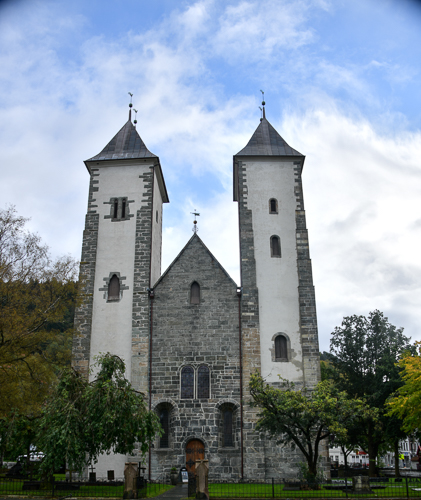
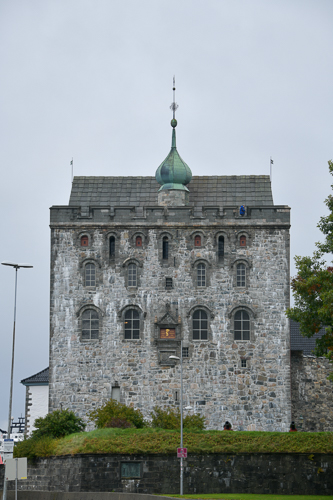
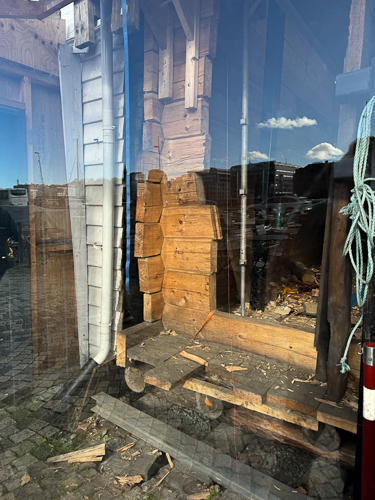
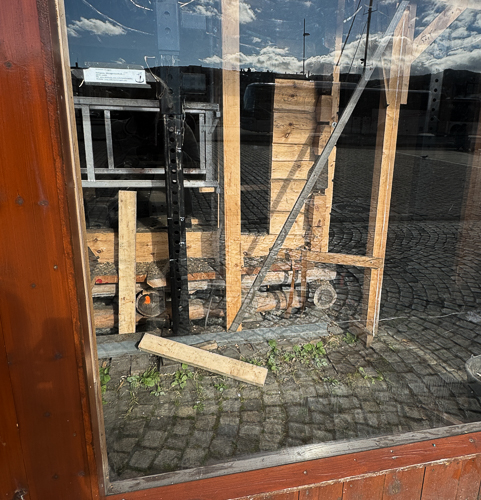



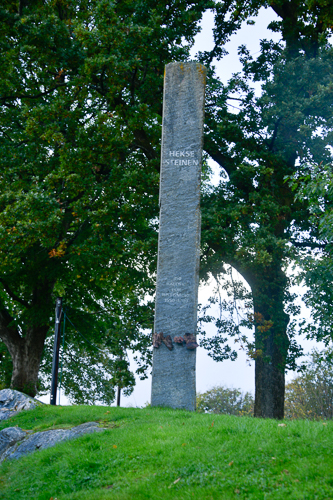
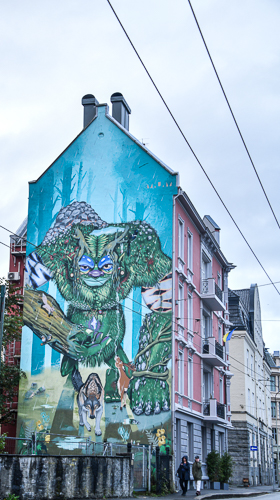
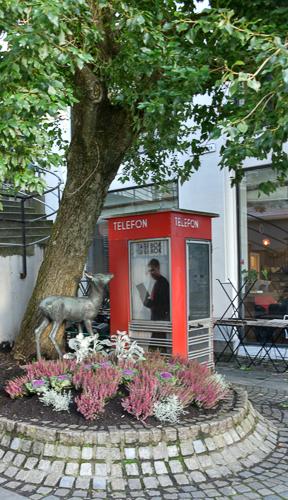
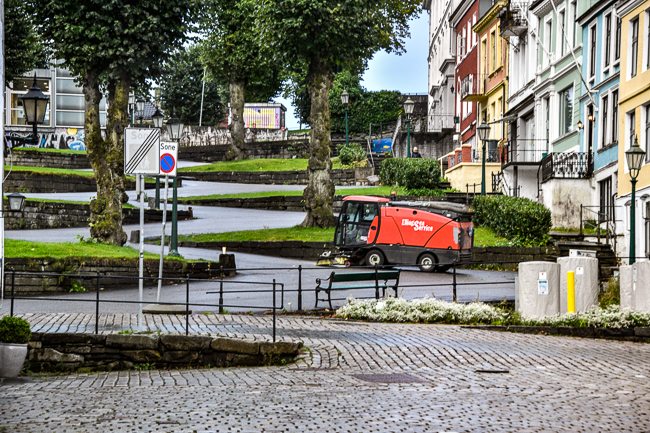
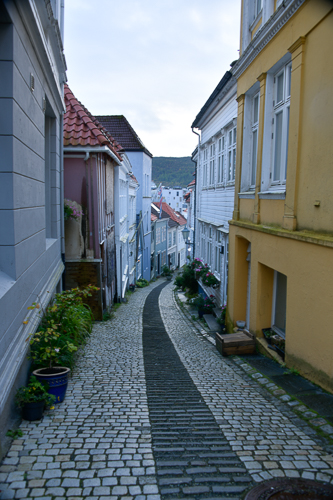

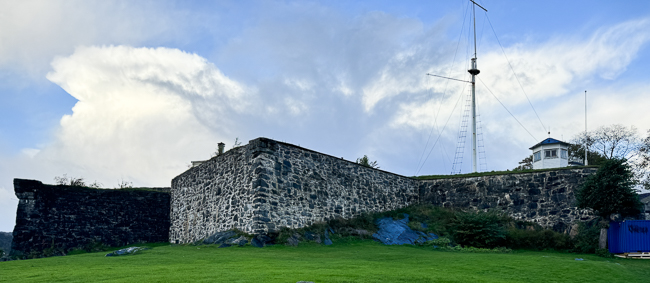
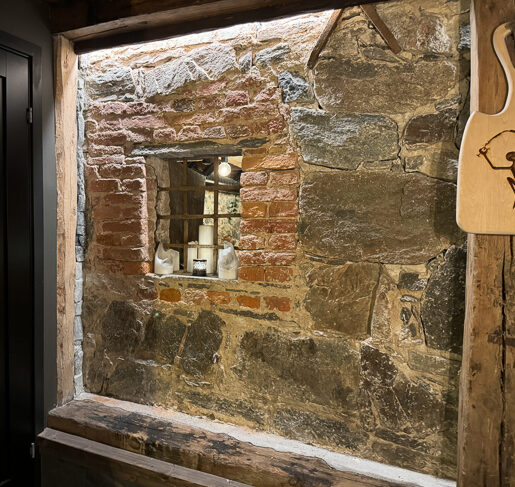 The restaurant is in a 1600s jail and is just a divine atmosphere of stone and ancient wood.
The restaurant is in a 1600s jail and is just a divine atmosphere of stone and ancient wood.
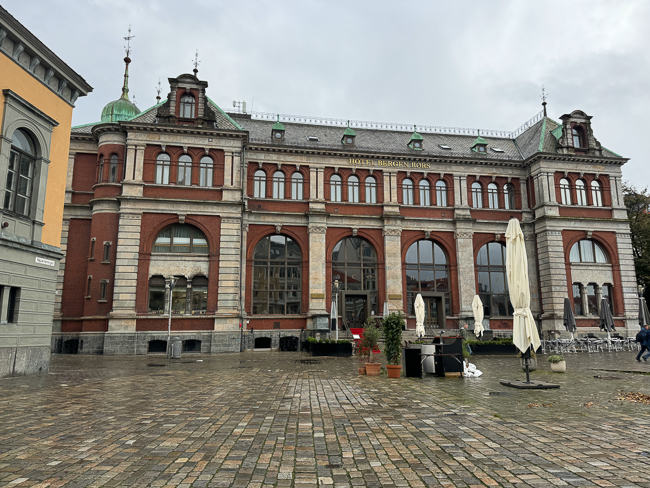 Staying at the Bergen Bors Hotel. It is a late classical building initially designed by Franz Wilhelm Shiertz in 1862 and redesigned by Lars Solberg between 1890 and 1893. It was renovated into a hotel in 1970.
Staying at the Bergen Bors Hotel. It is a late classical building initially designed by Franz Wilhelm Shiertz in 1862 and redesigned by Lars Solberg between 1890 and 1893. It was renovated into a hotel in 1970.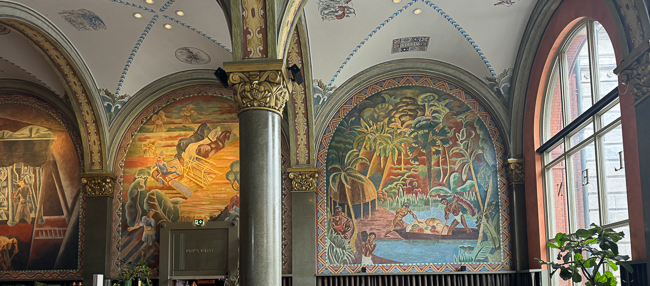 Inside the main room are frescoes by Axel Revold done in 1923.
Inside the main room are frescoes by Axel Revold done in 1923.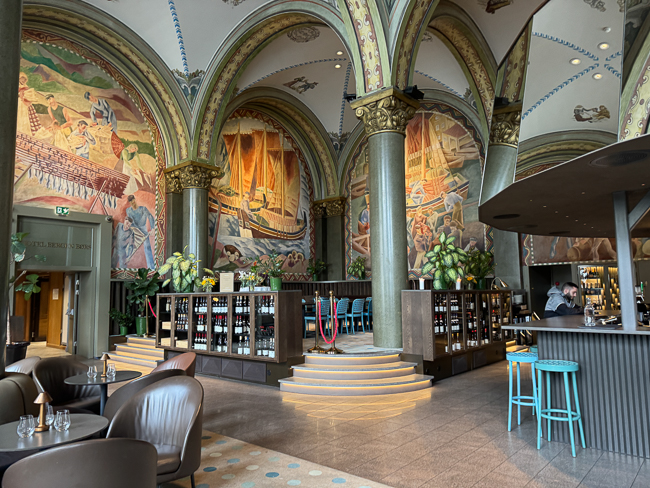
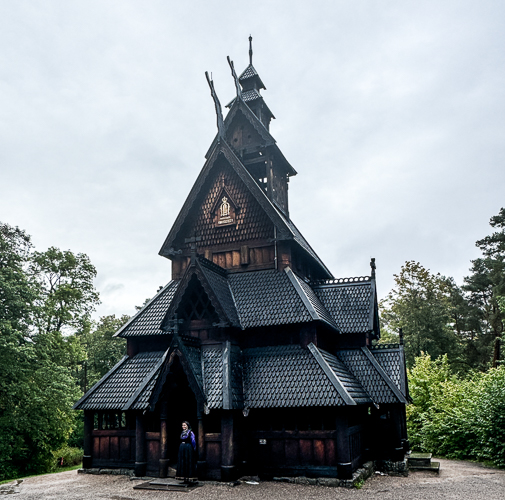
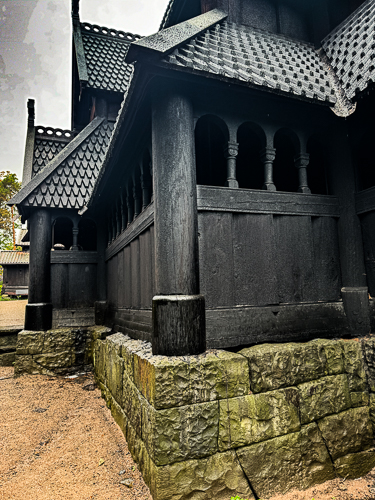
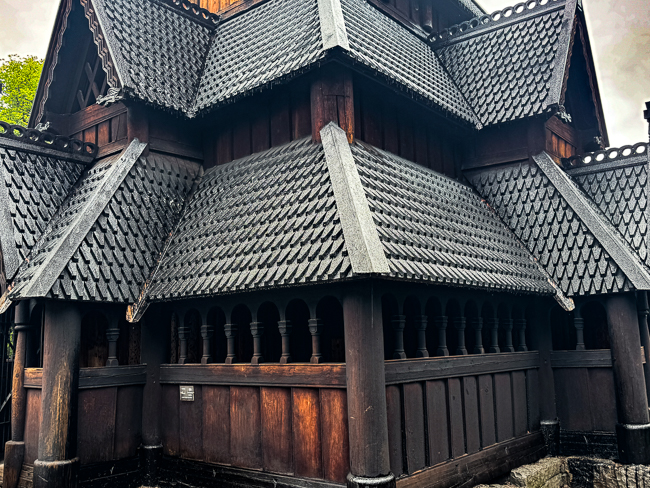



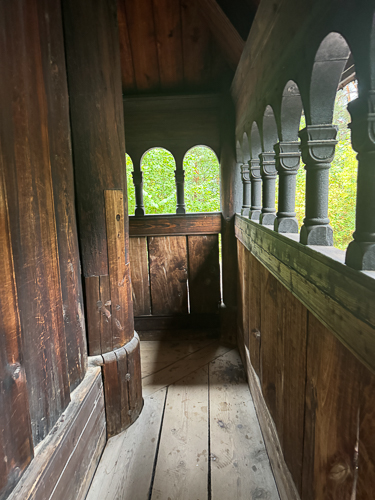
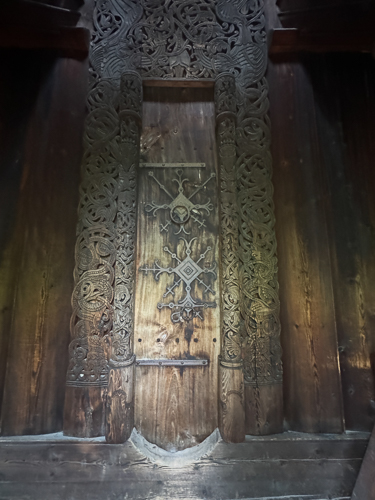
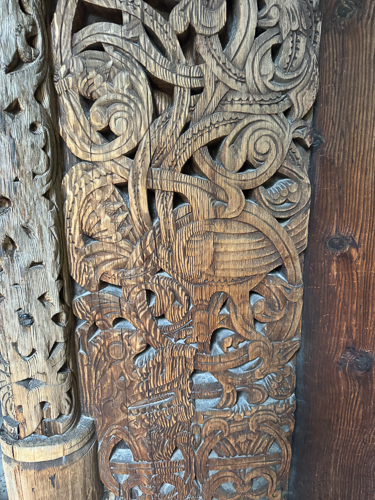

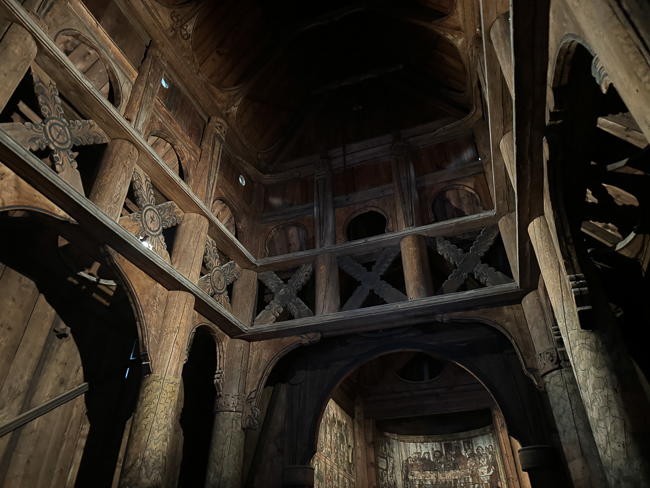
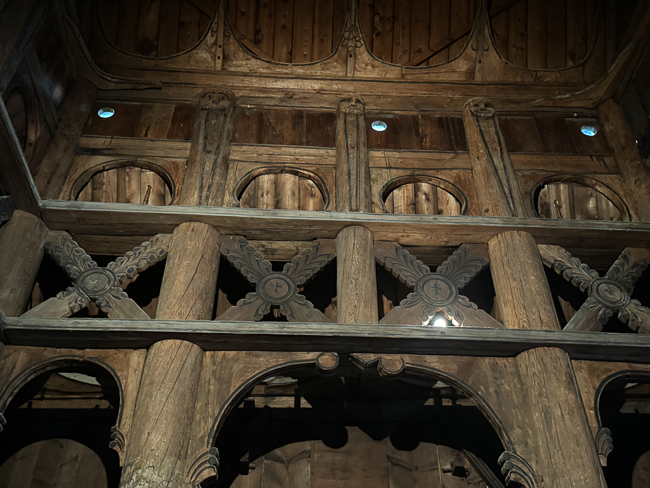
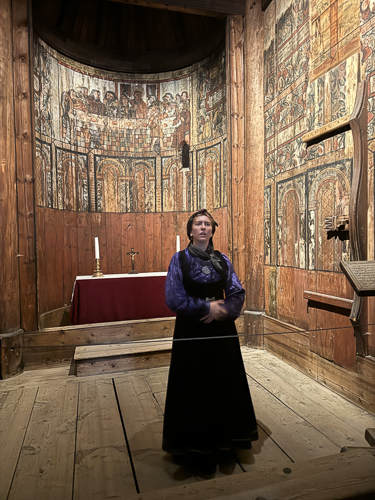
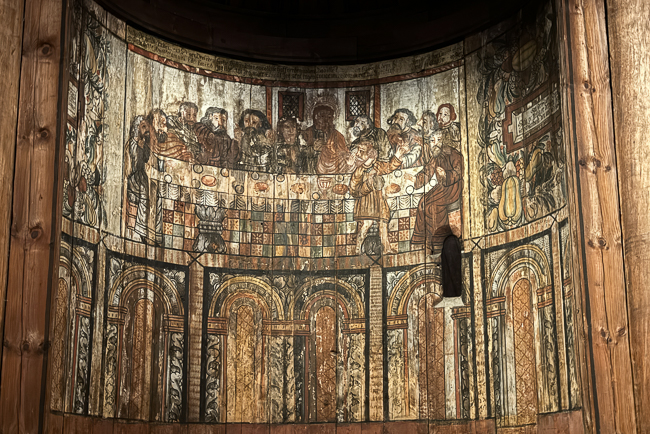
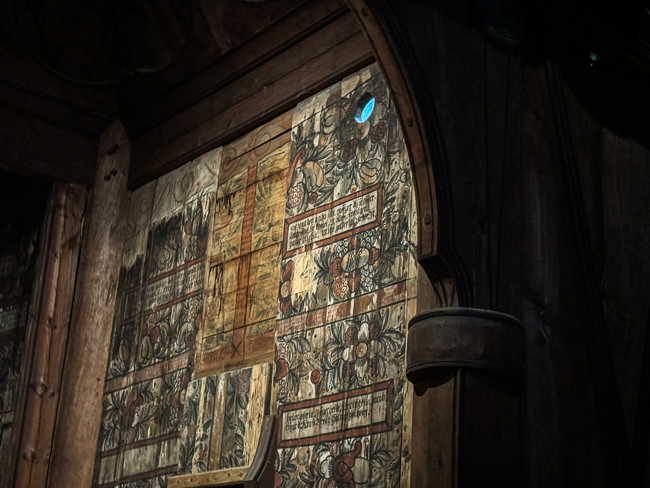
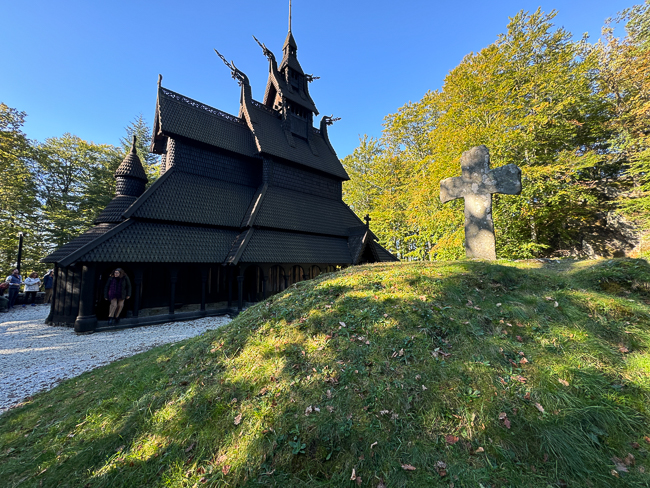

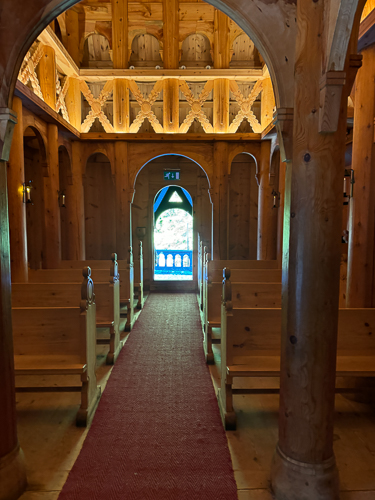
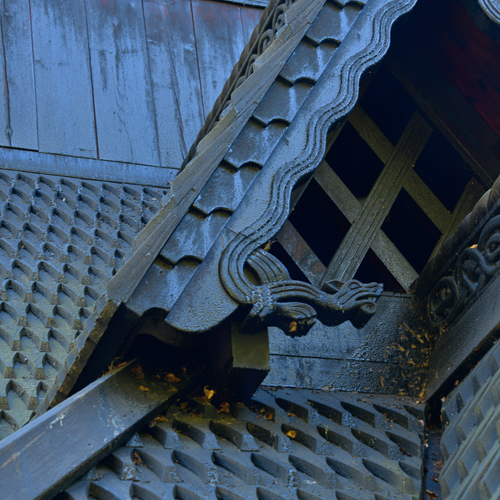
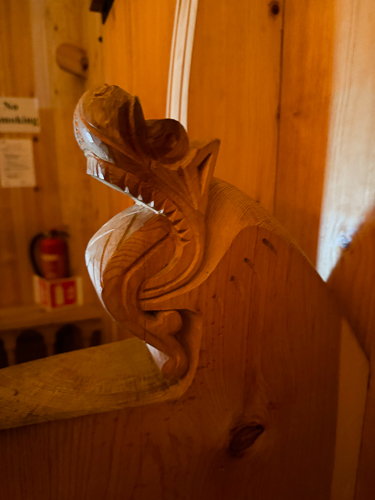
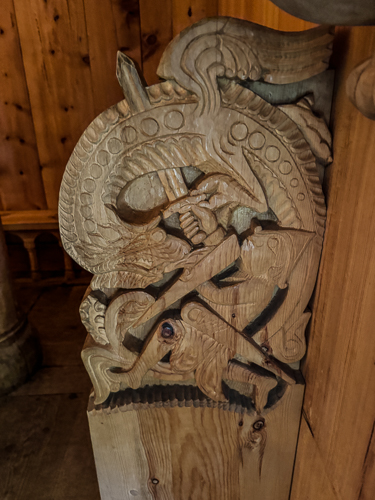
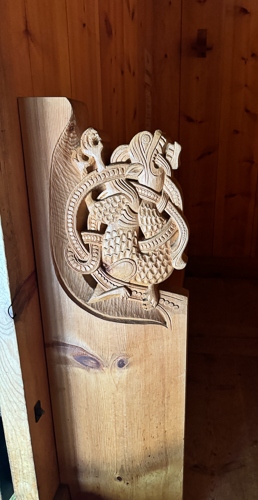
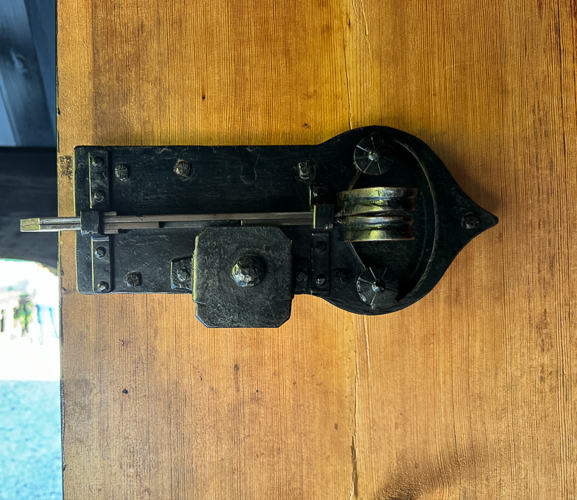
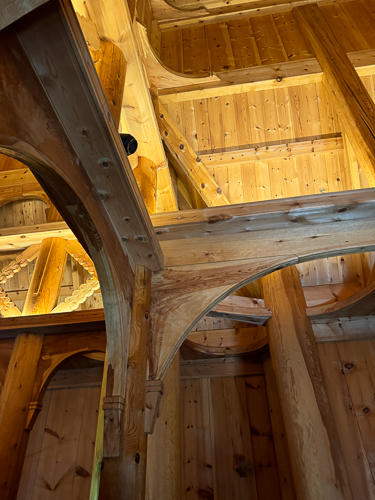

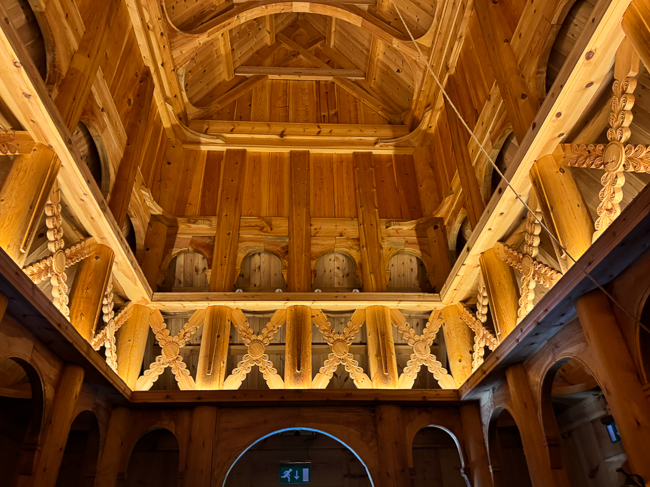 *
*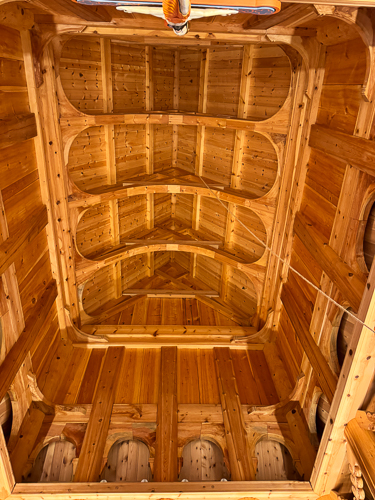
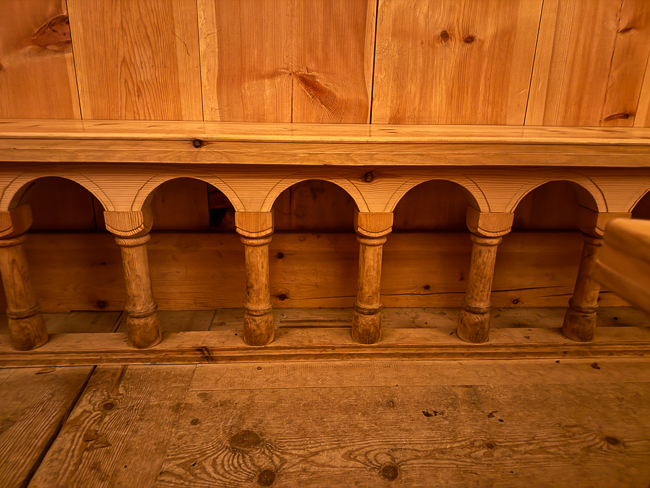

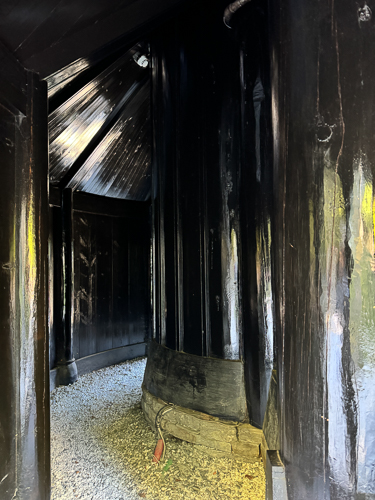

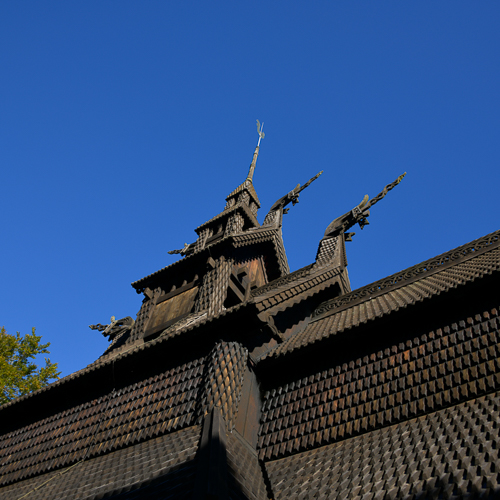
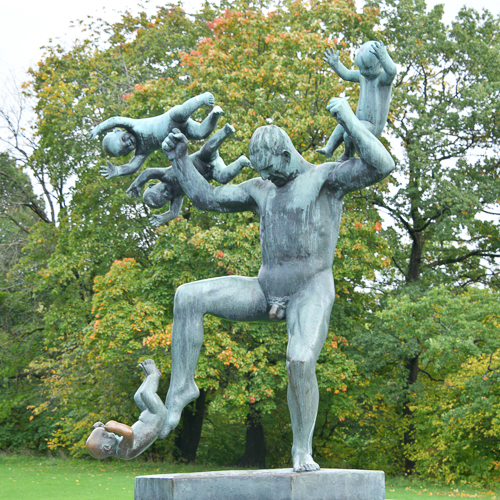
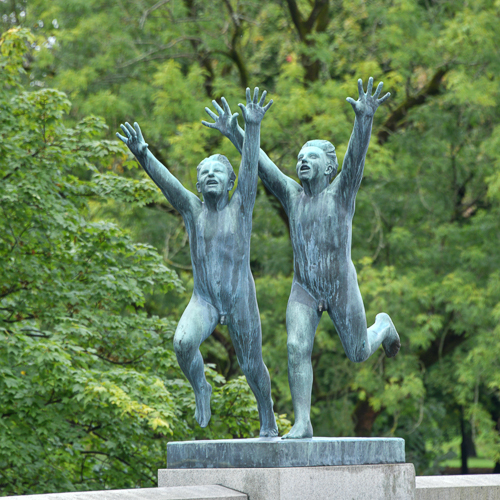 * *
* *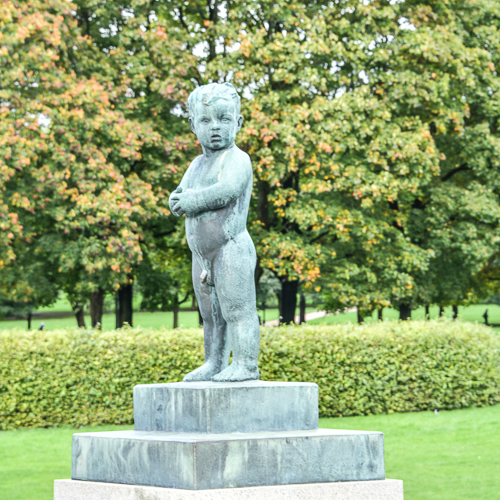 *
*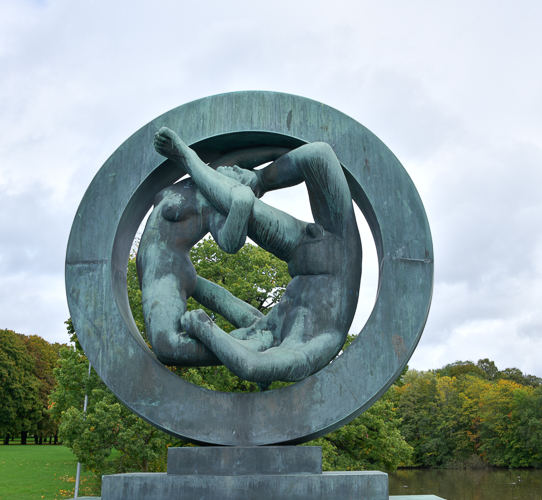 *
*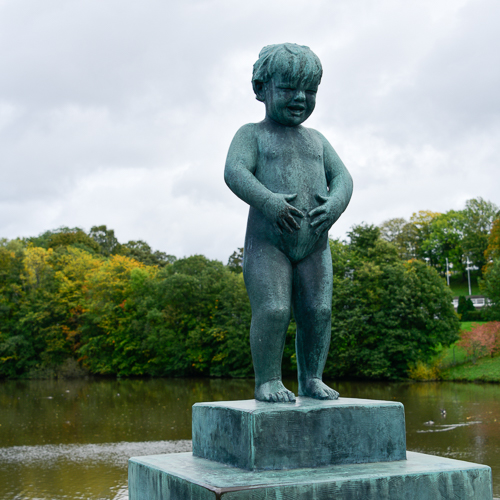
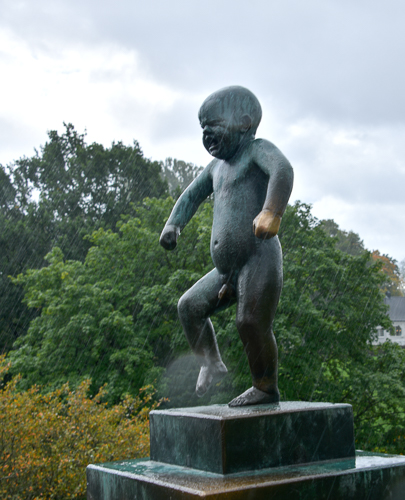 *
*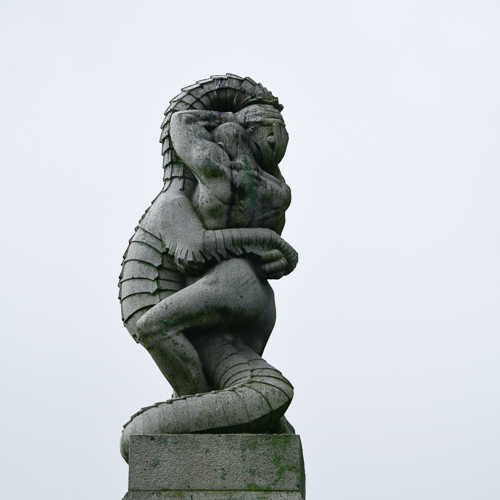
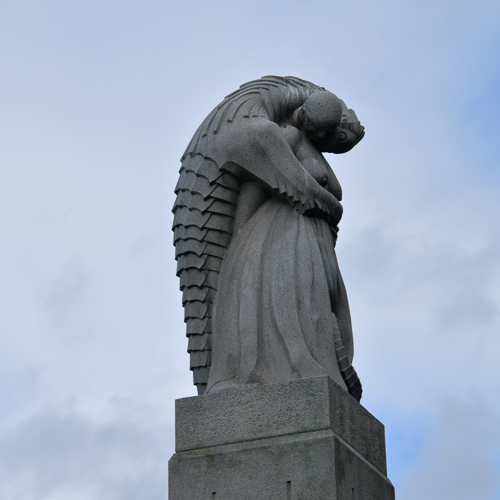

 *
*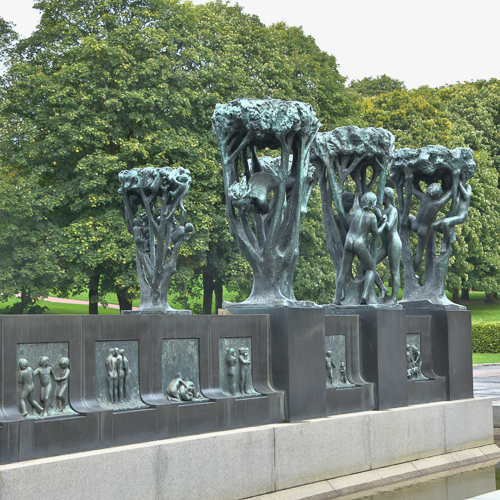 *
*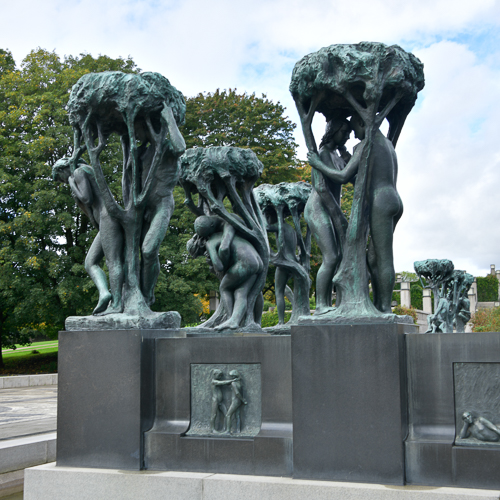
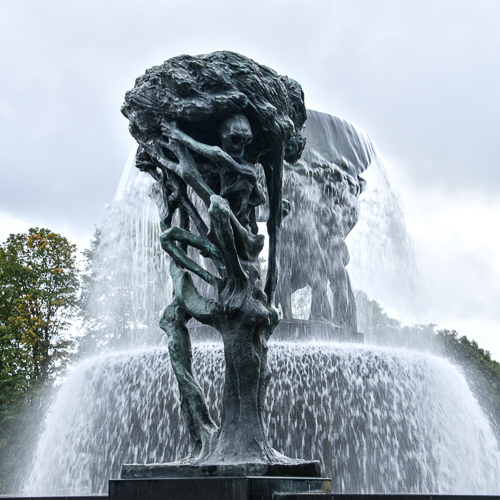
 *
*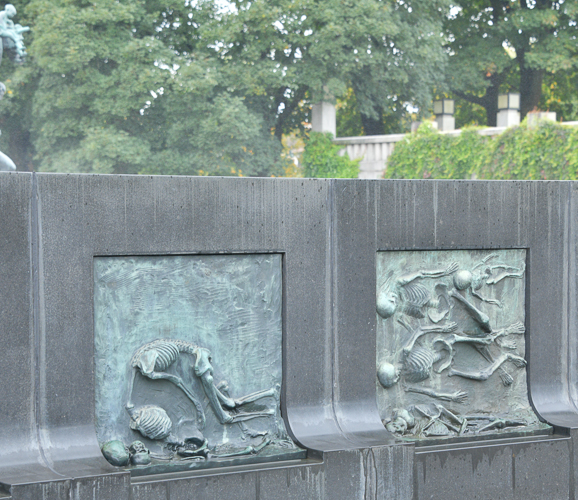
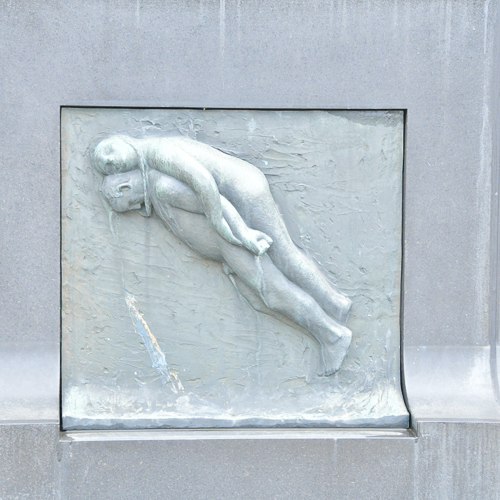


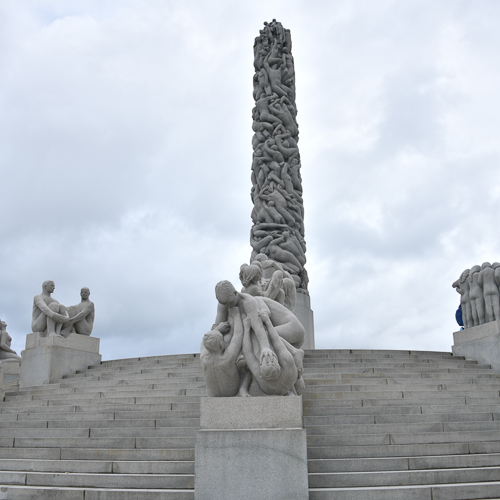
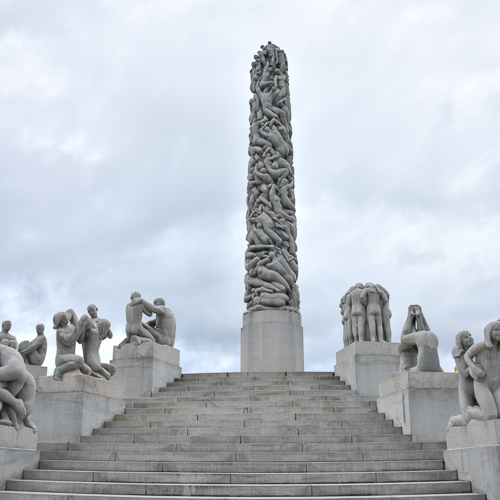

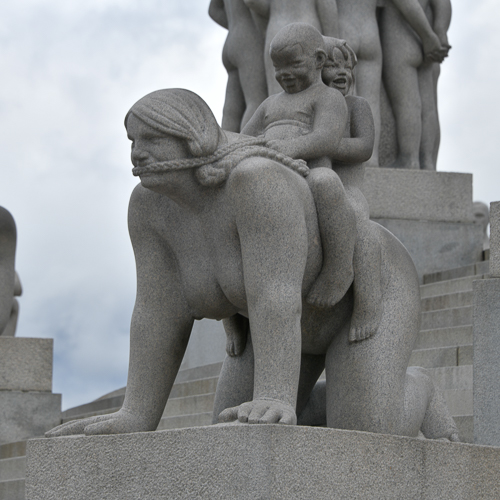
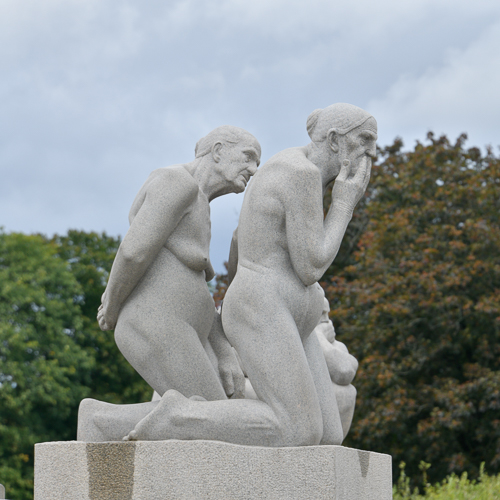
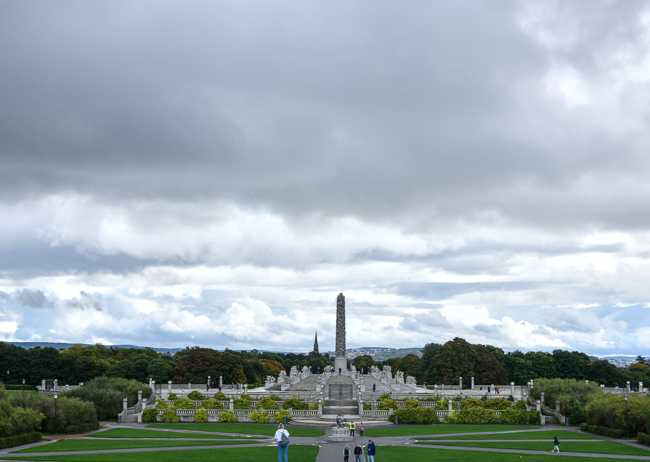
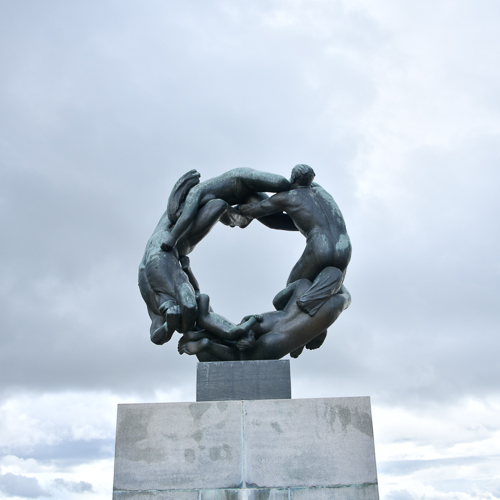
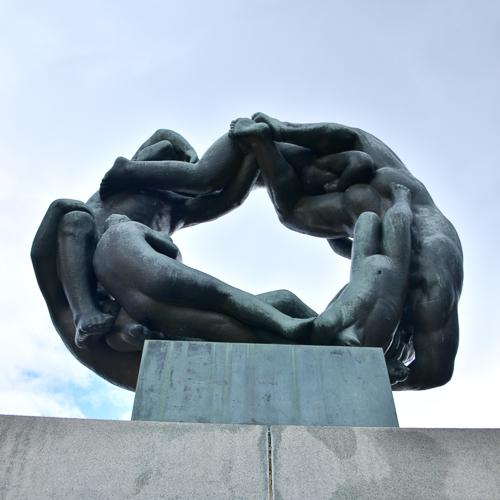 *
*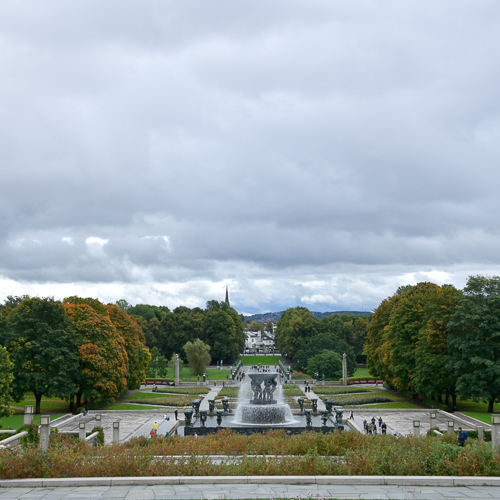
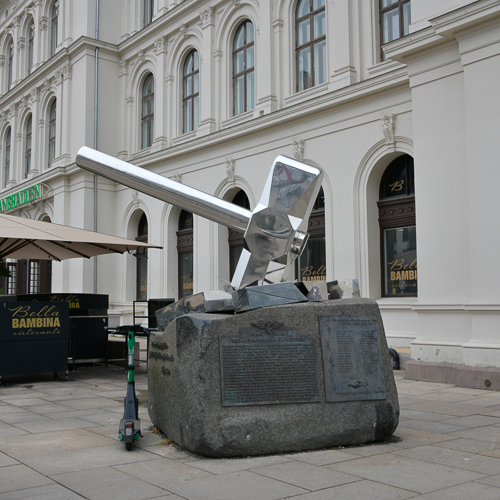
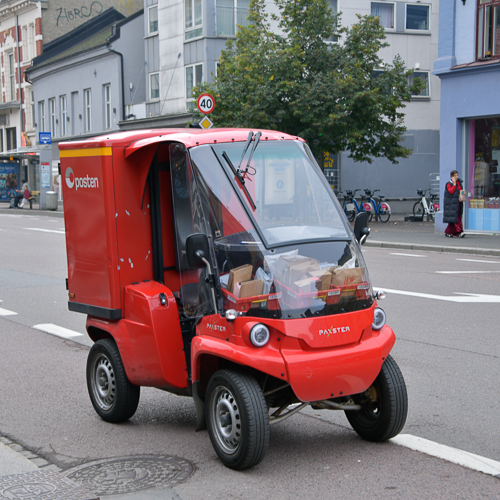
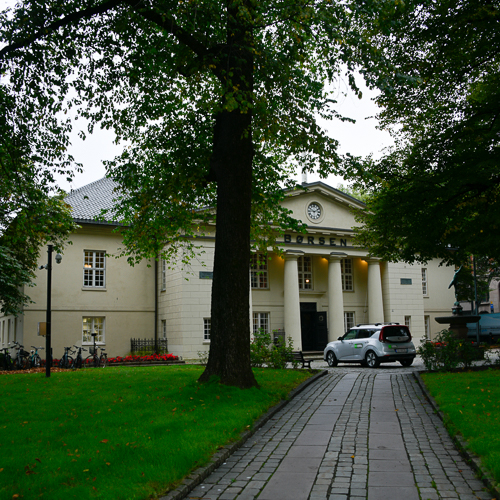
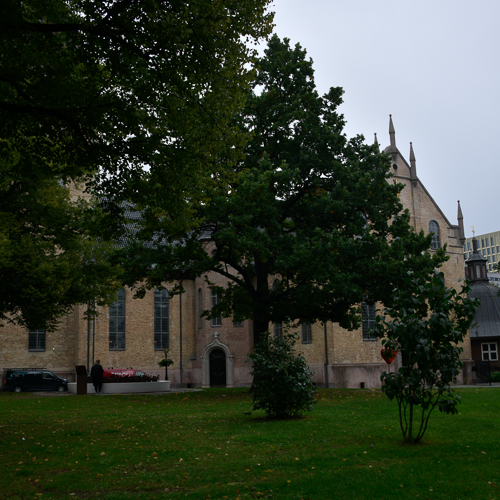


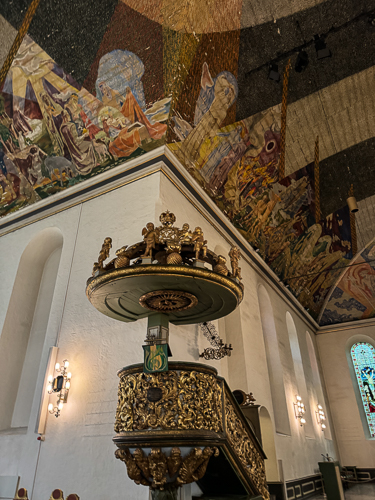 *
*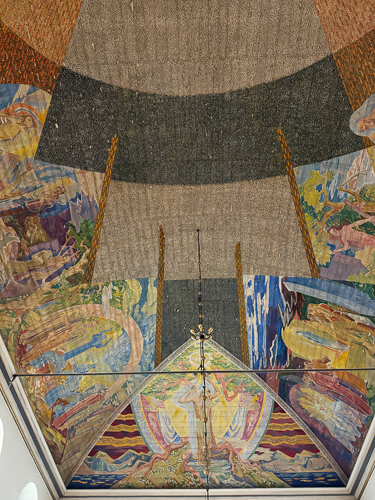
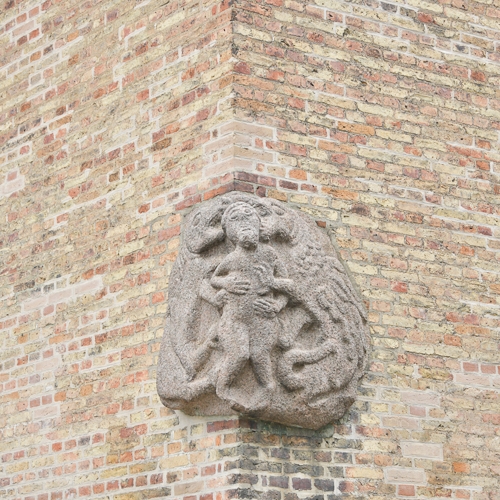
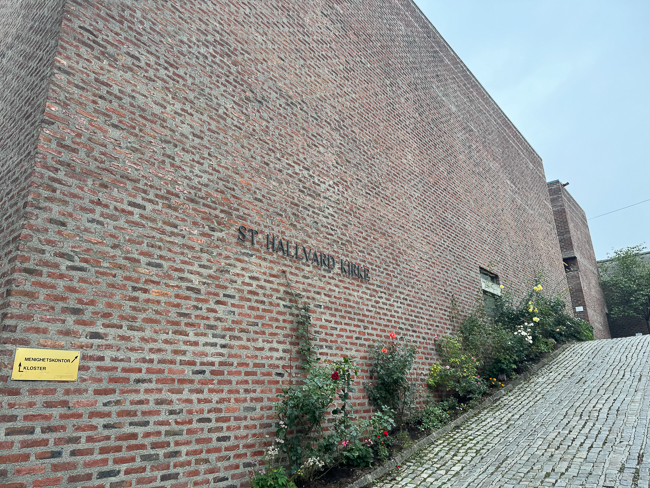

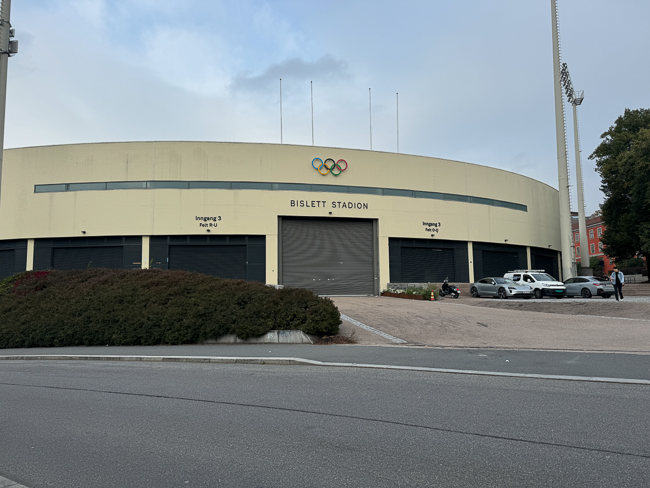
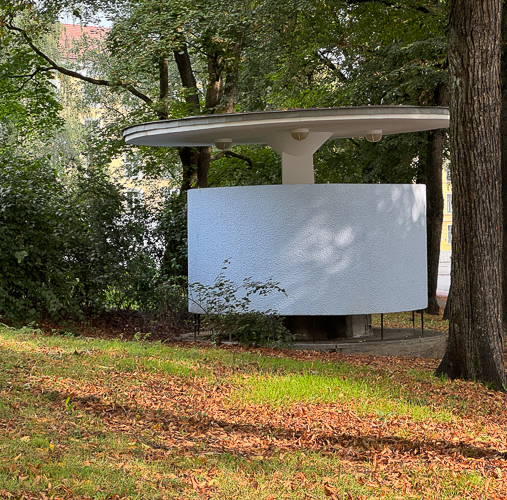
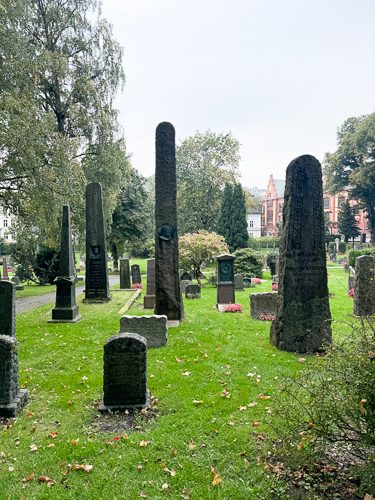
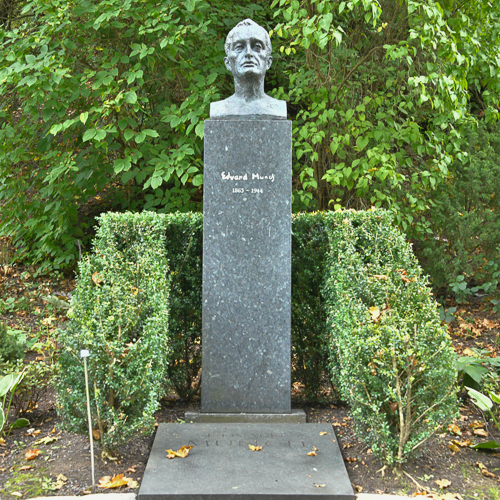
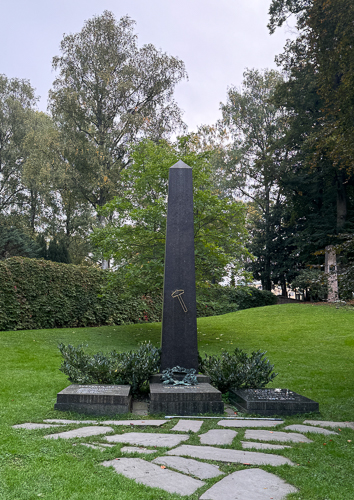
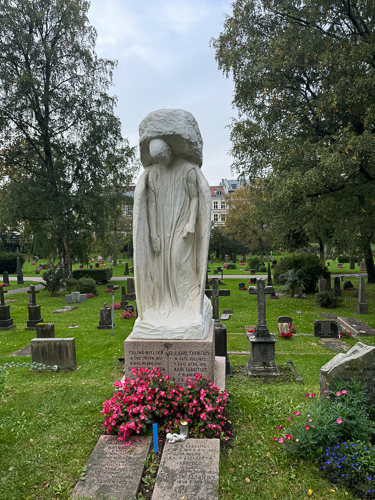

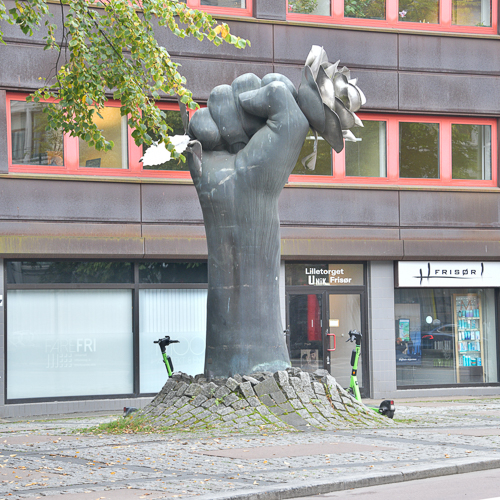
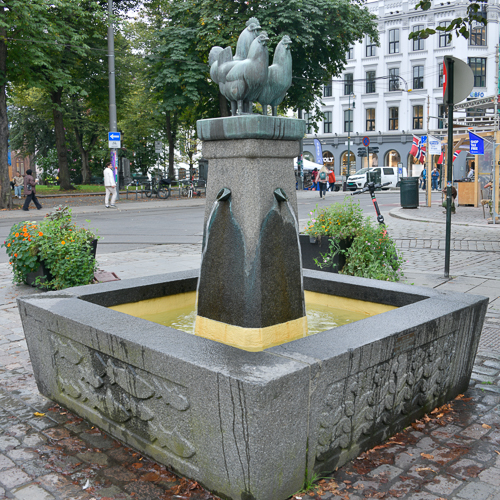
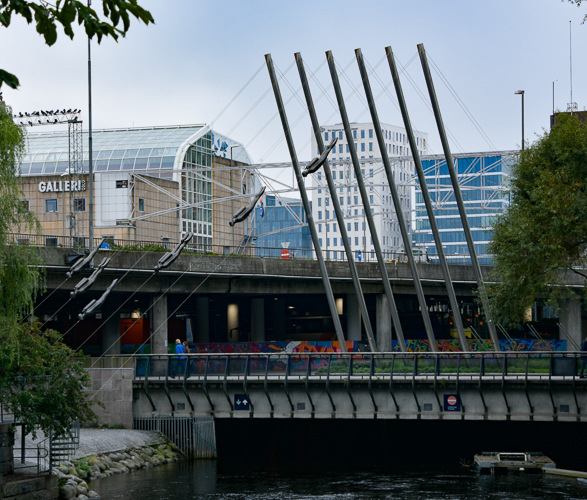
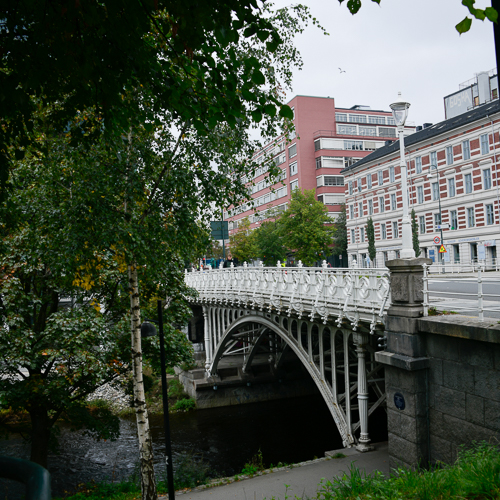
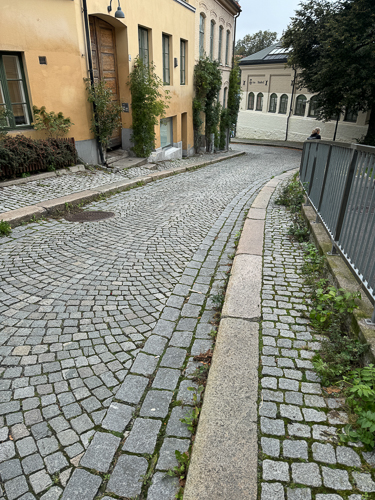
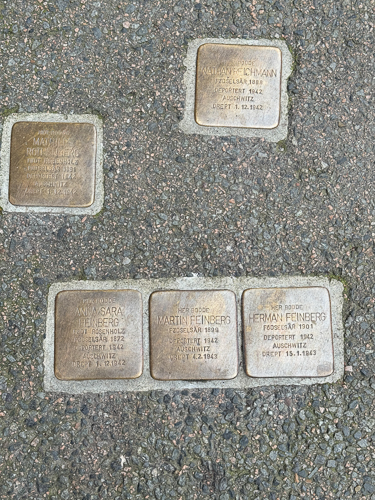
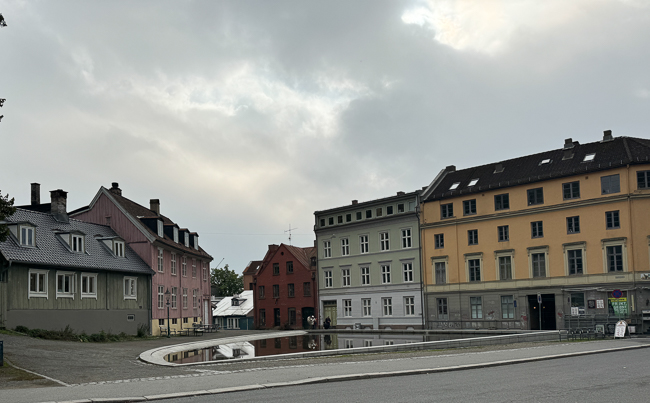
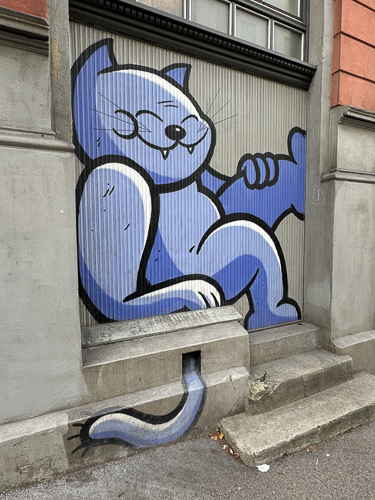

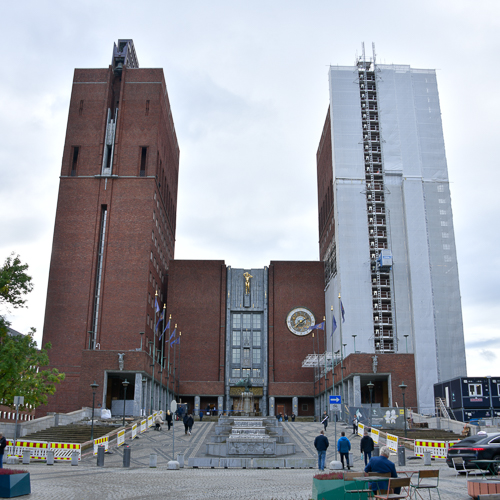
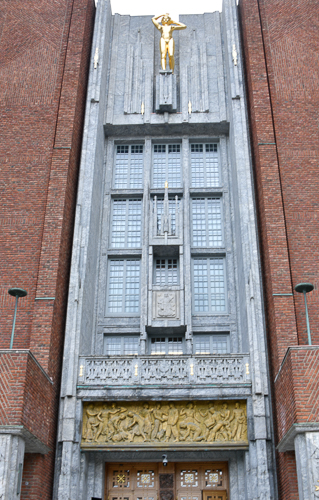
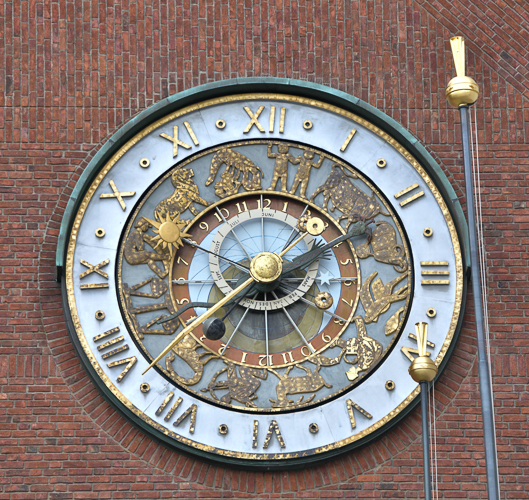
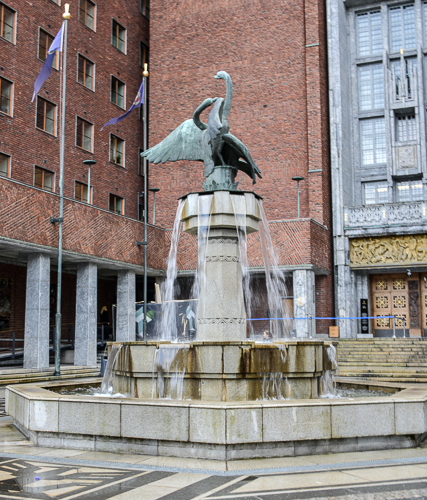
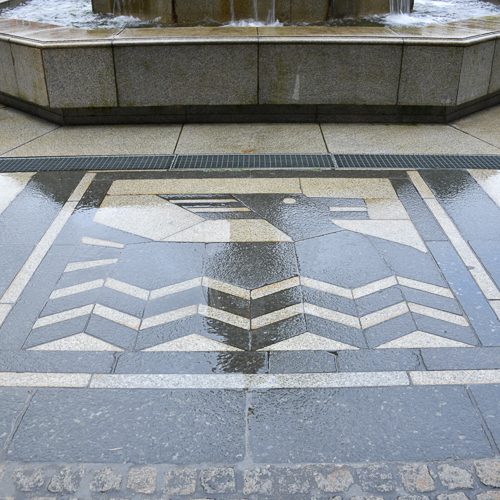
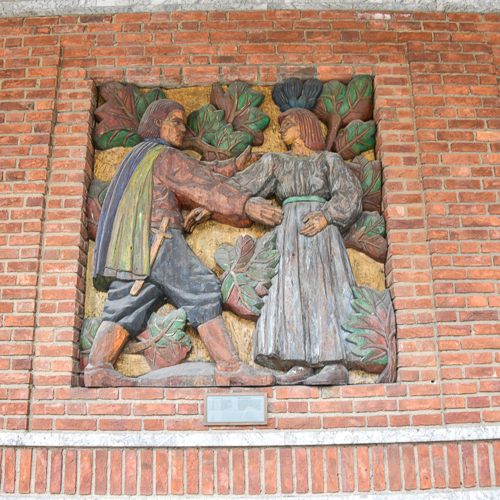

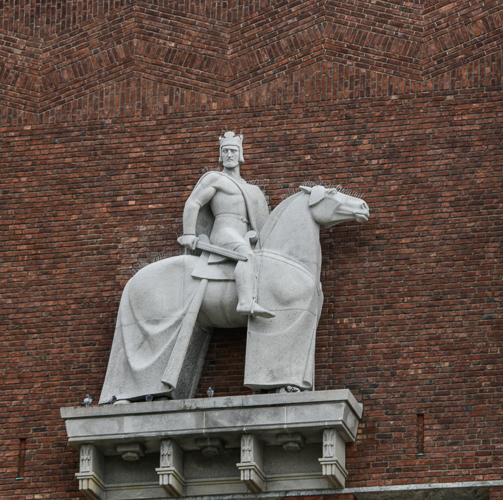
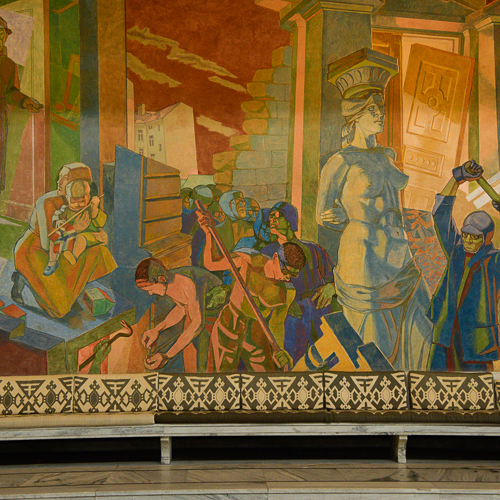
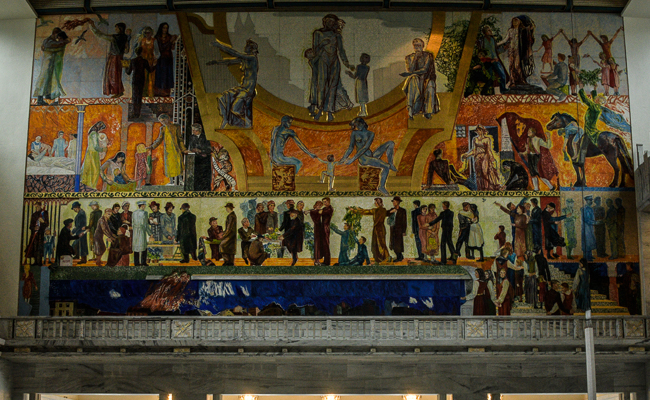
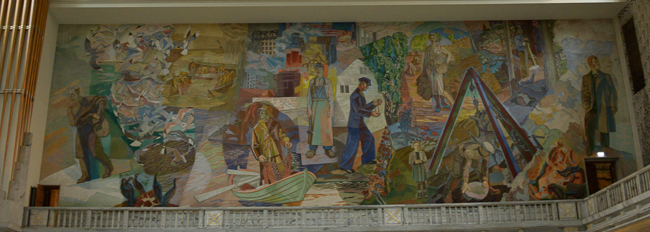
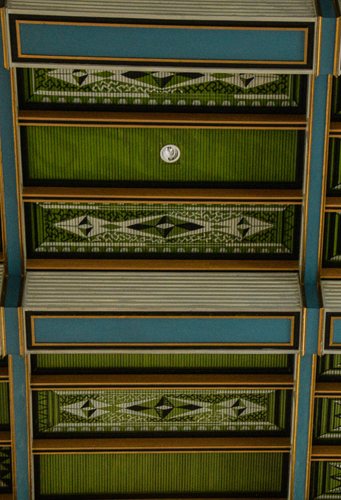
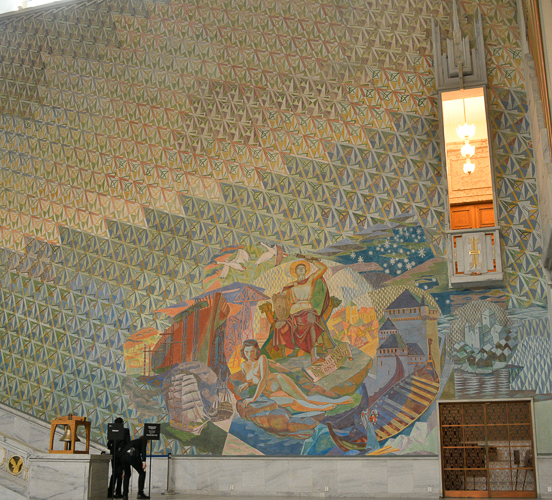
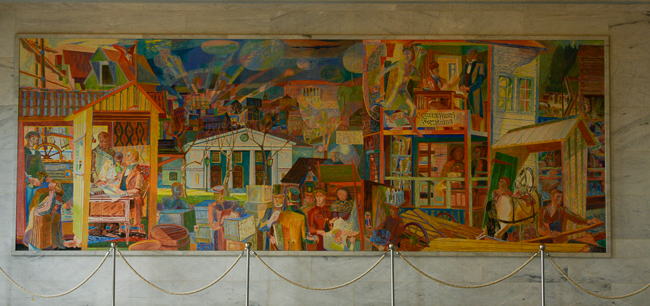
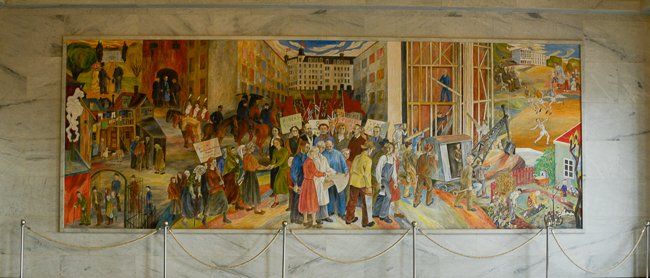
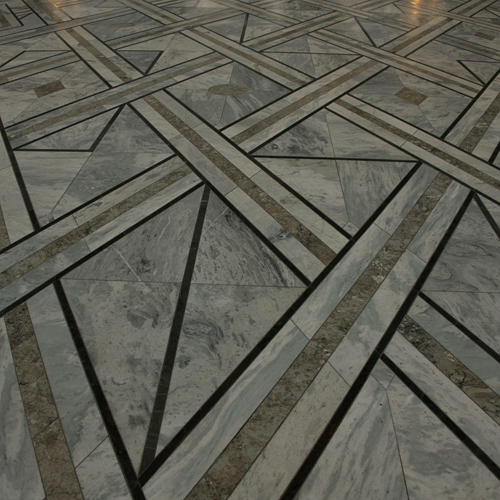

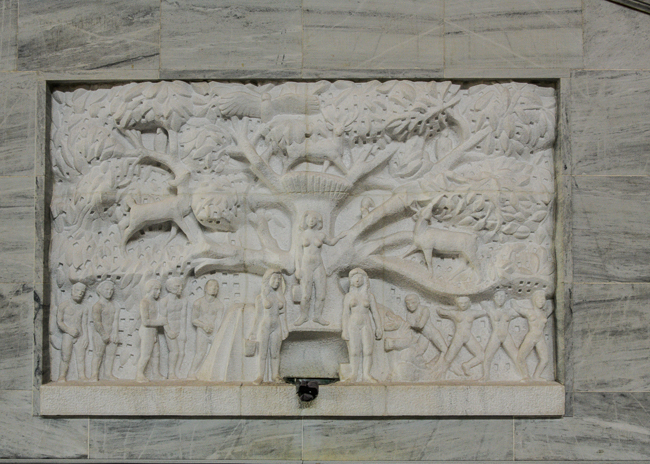

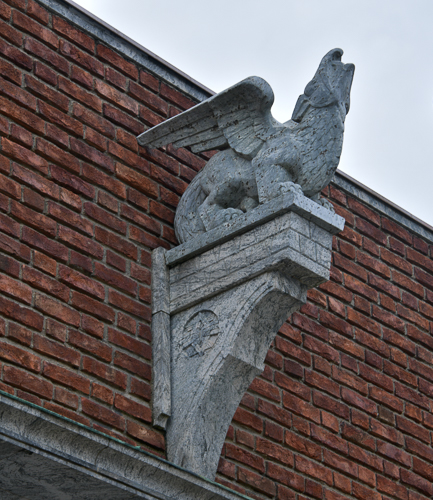

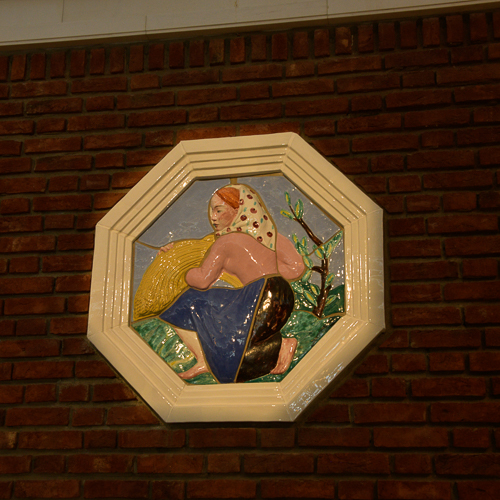
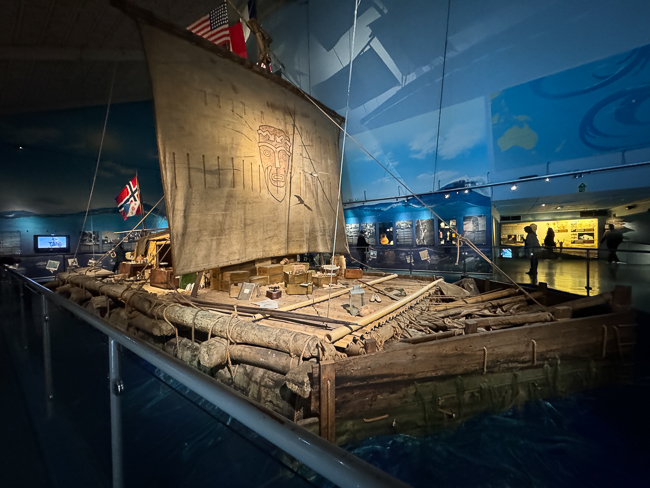
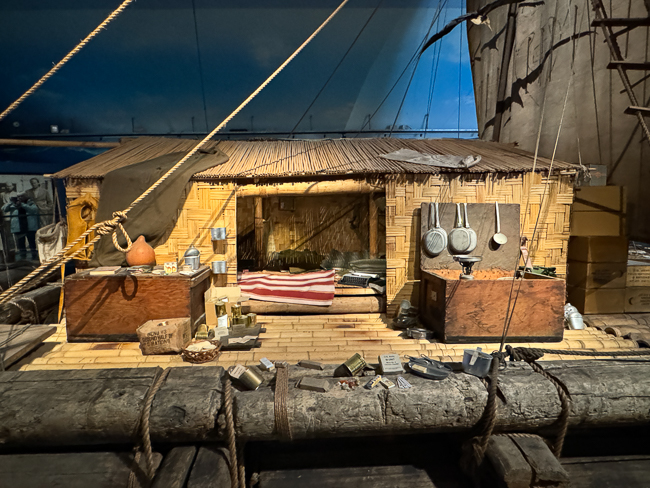
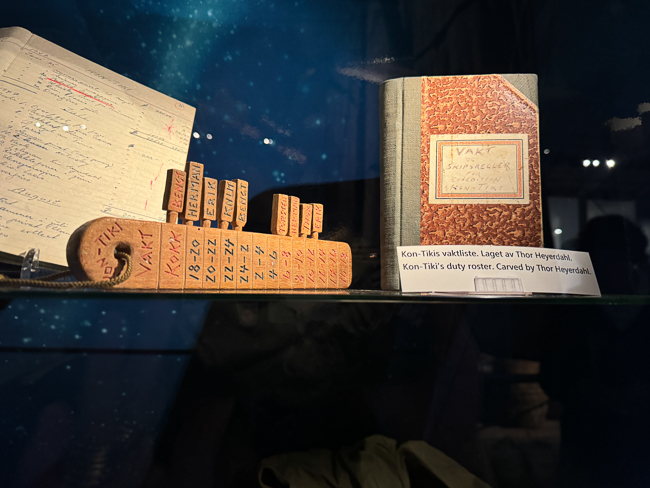
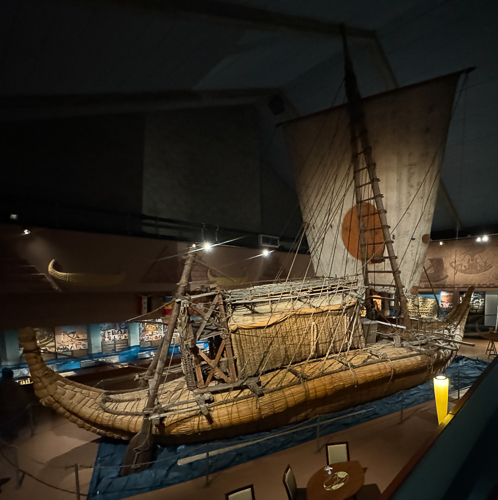
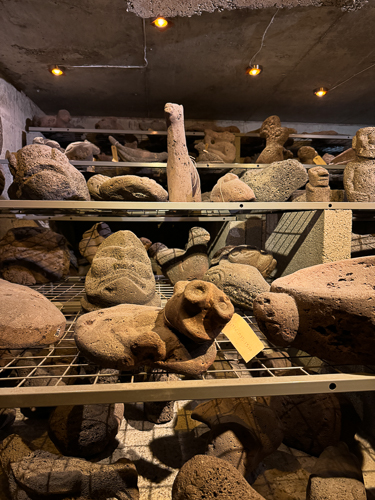
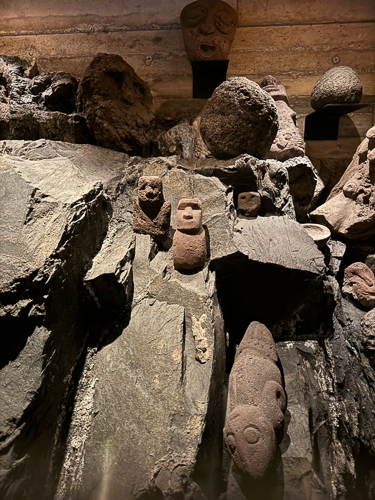 In 2019, King Harald V and Queen Sonja of Norway signed an agreement that pledged to transfer items from Oslo’s Kon Tiki Museum to a “well-equipped” museum on Easter Island.
In 2019, King Harald V and Queen Sonja of Norway signed an agreement that pledged to transfer items from Oslo’s Kon Tiki Museum to a “well-equipped” museum on Easter Island.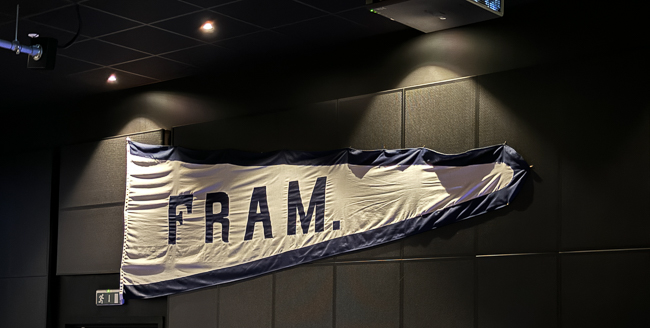

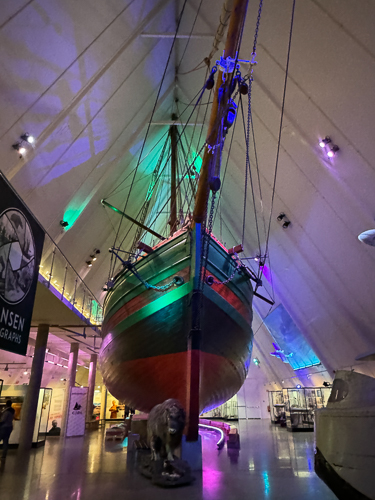
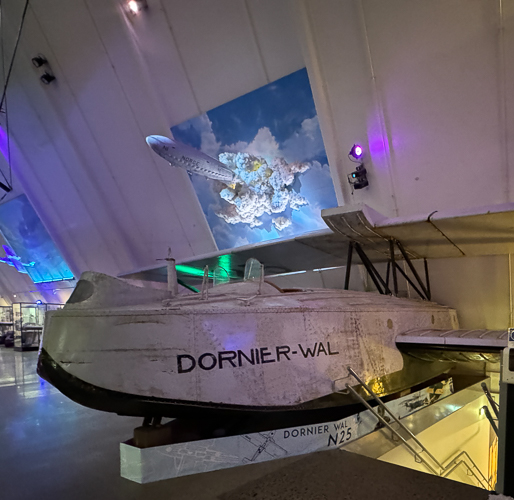
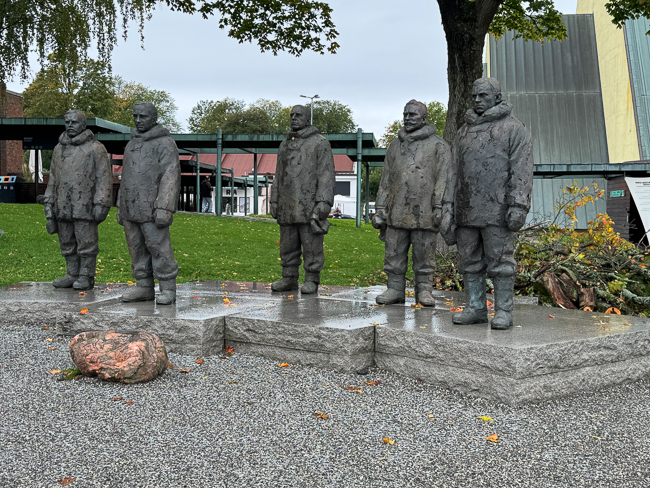
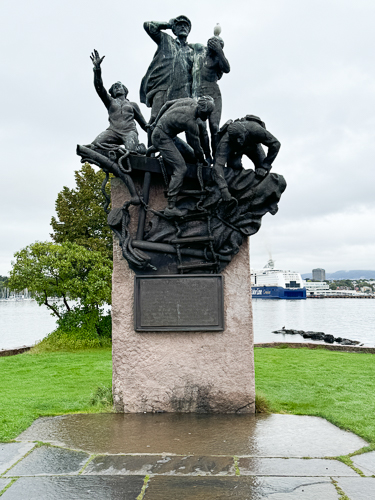
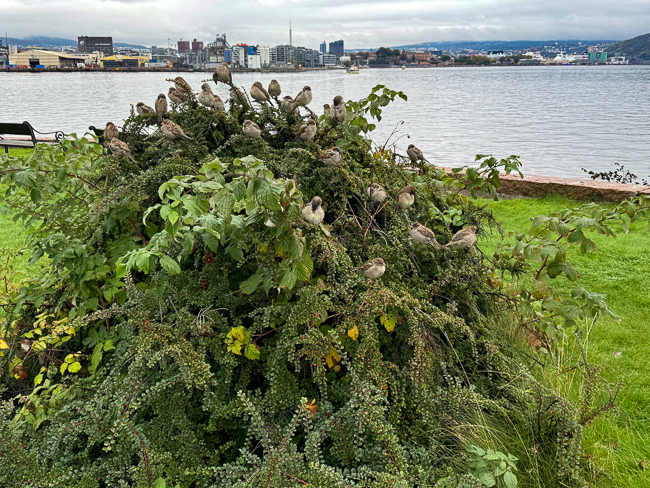
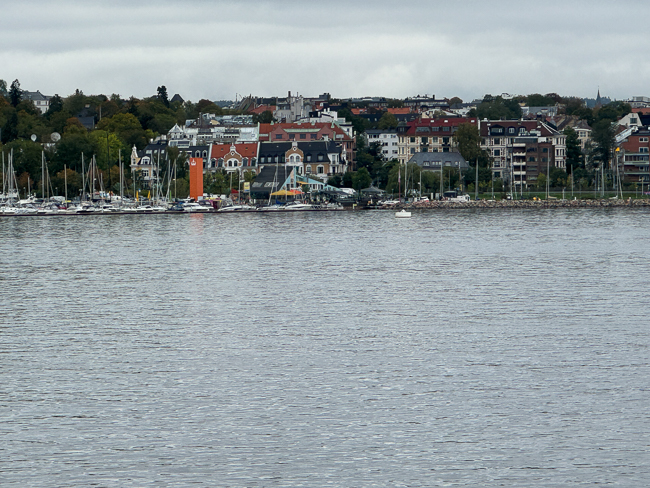
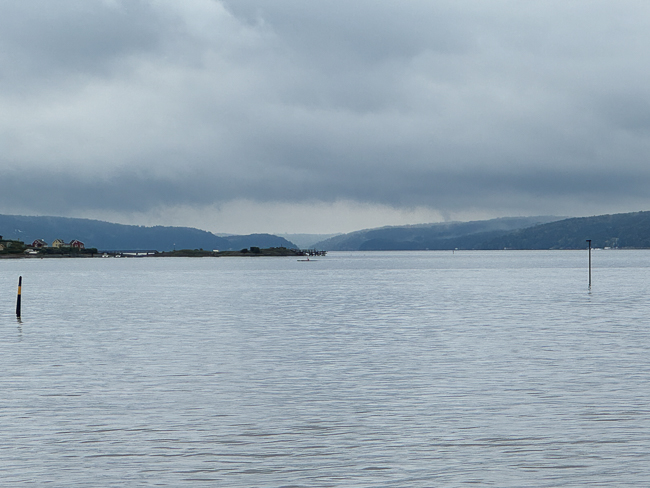
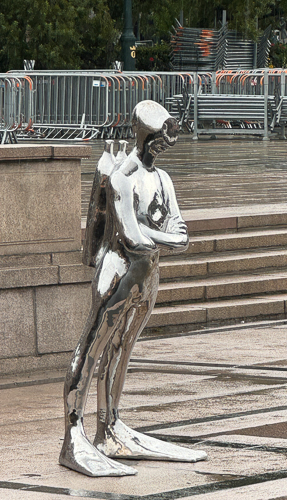
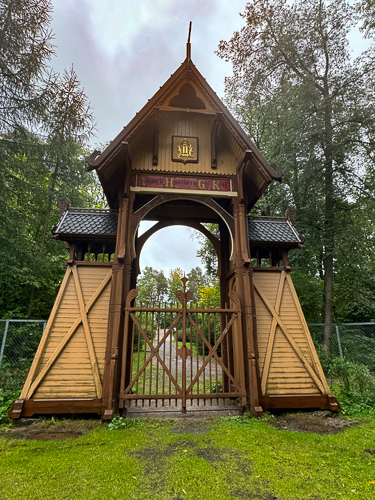
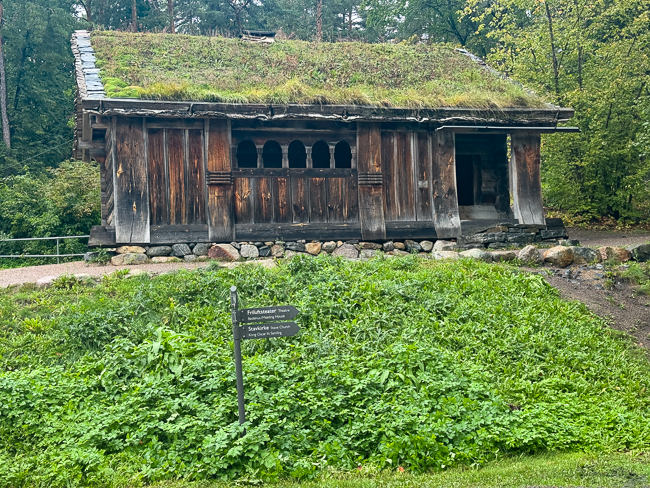
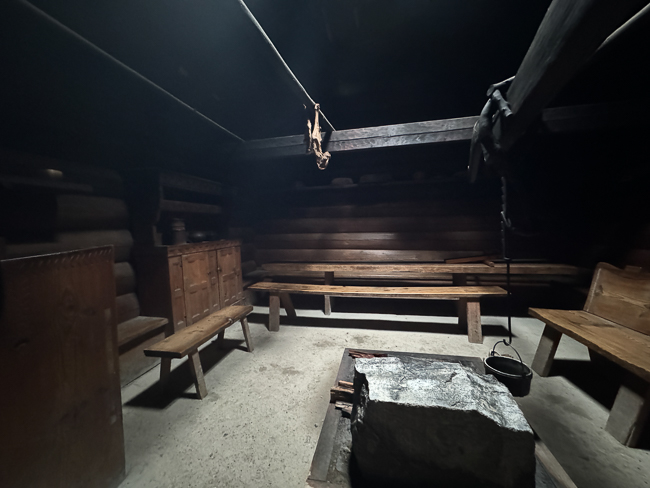
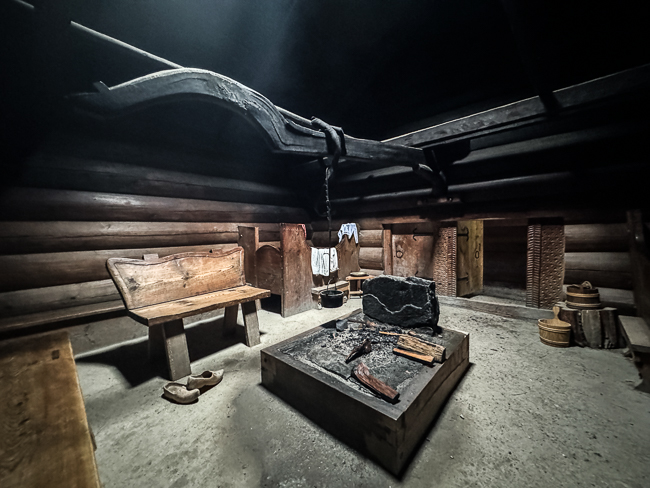
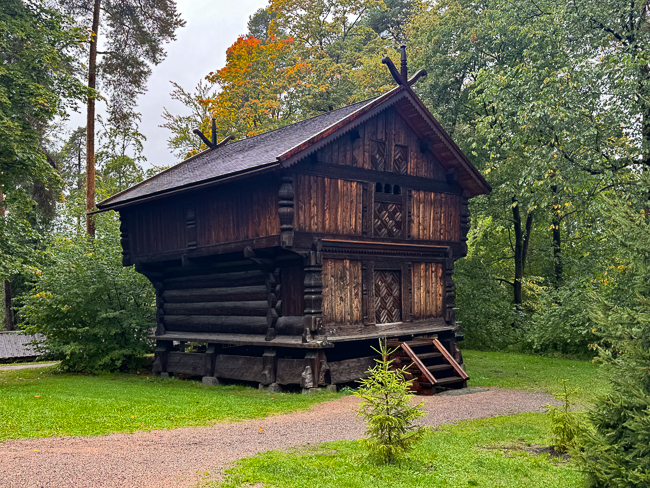

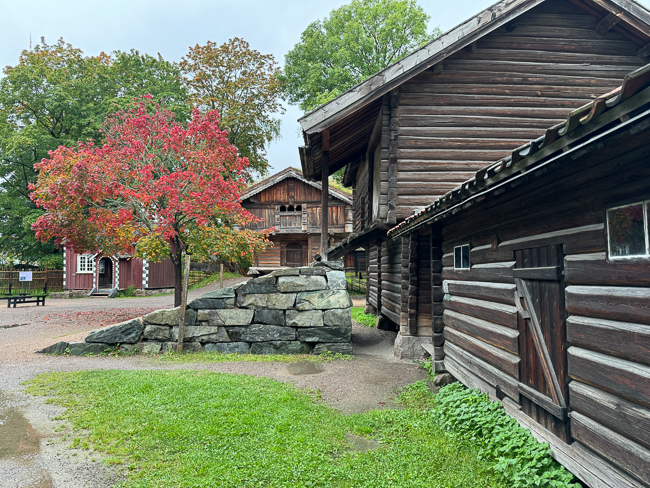
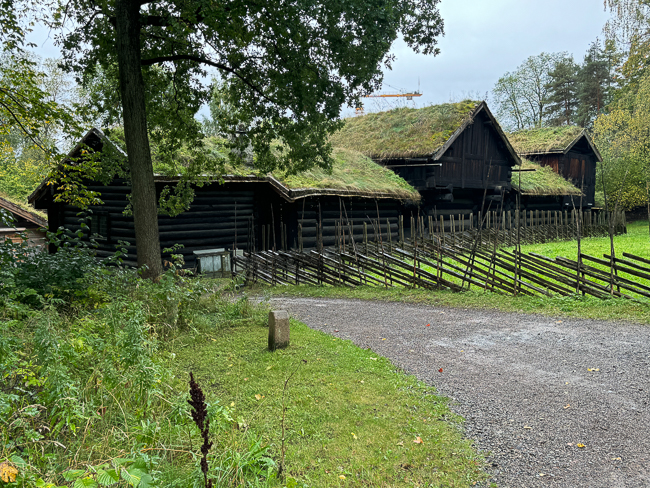
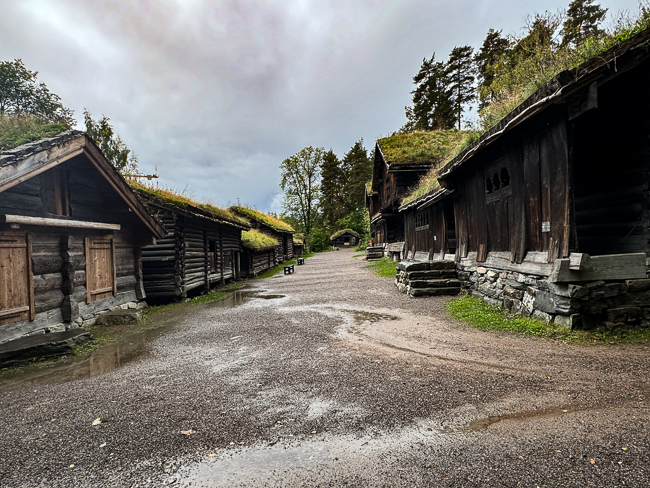
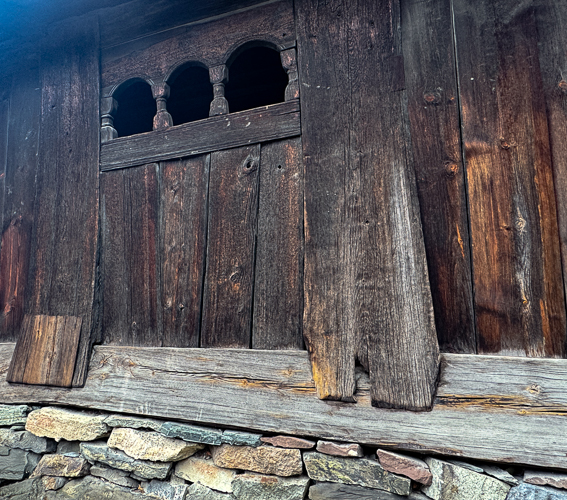
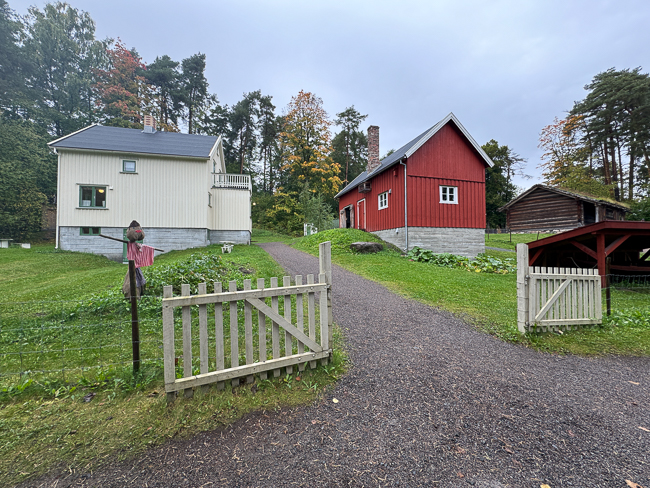
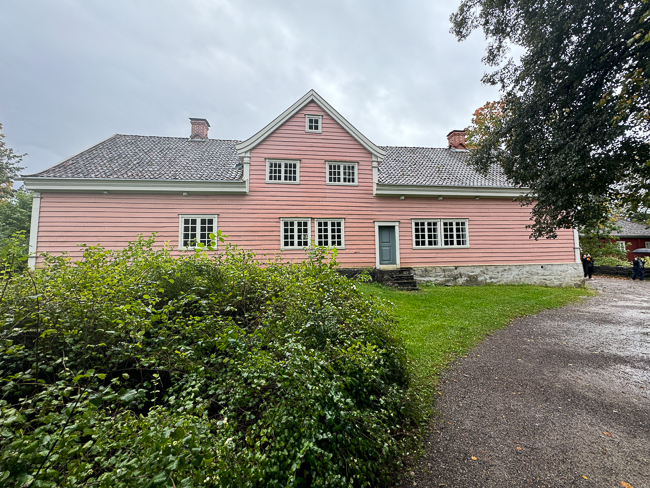
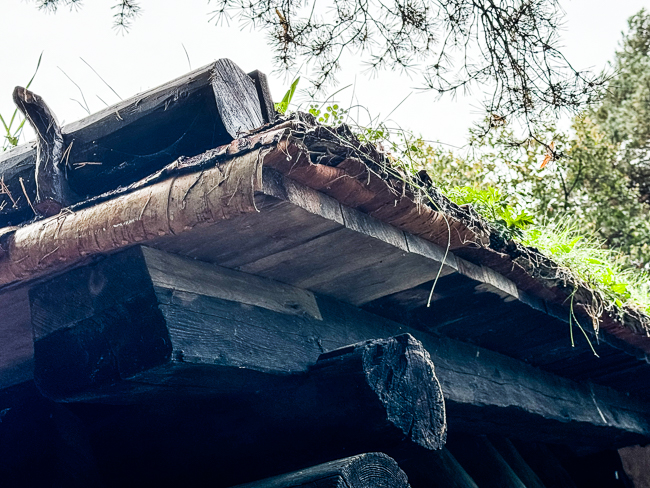
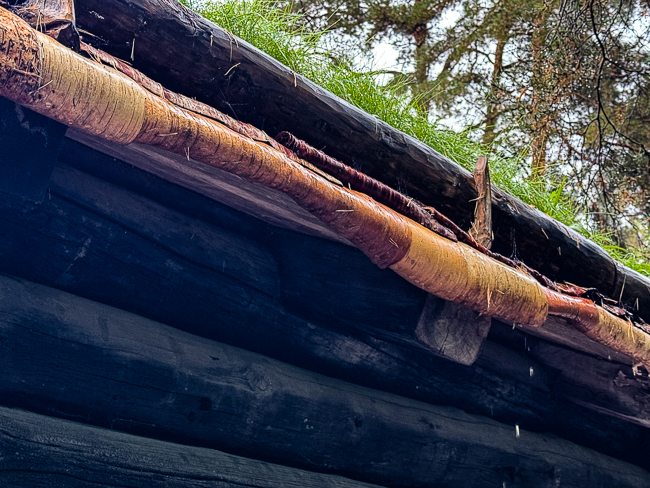 *
*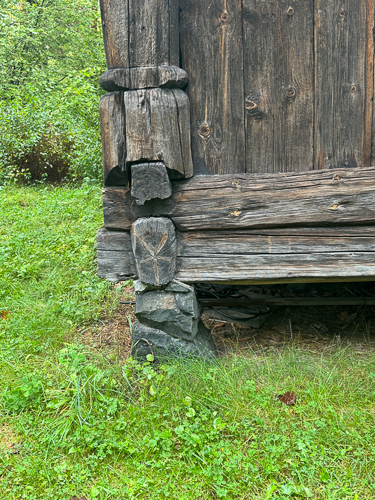

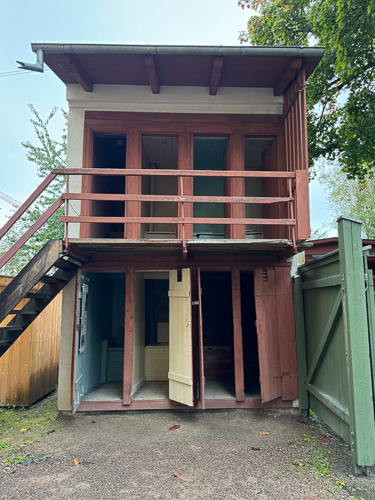
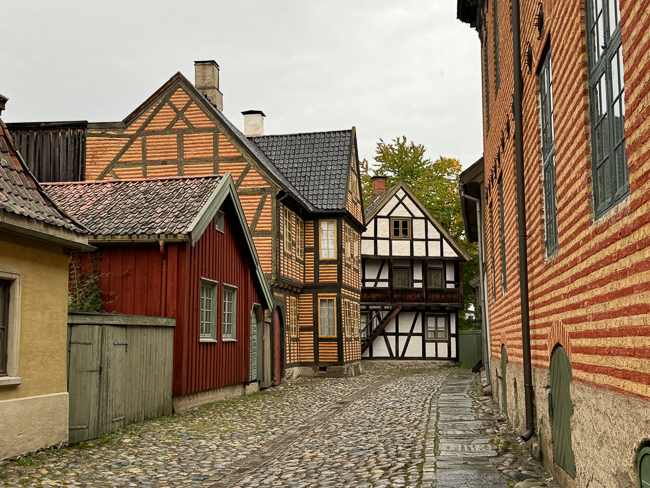 The brick building on the left is half-timbered. The ground floor facing the street is the oldest part of the building, dating from the early 1600s. The bookbinder Frederik Jacobsen Brun owned the house from the end of the 1600s until 1741. During this time, the buildings were built and rebuilt, eventually forming an enclosed square around a courtyard.
The brick building on the left is half-timbered. The ground floor facing the street is the oldest part of the building, dating from the early 1600s. The bookbinder Frederik Jacobsen Brun owned the house from the end of the 1600s until 1741. During this time, the buildings were built and rebuilt, eventually forming an enclosed square around a courtyard.
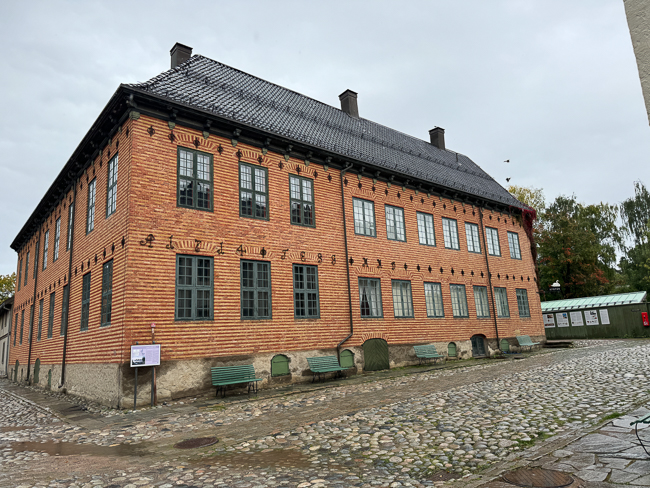








 The ground floor of the Opera House contains the work studios for carpenters, dressmakers, and others. You can peek in the windows and see what is going on.
The ground floor of the Opera House contains the work studios for carpenters, dressmakers, and others. You can peek in the windows and see what is going on.




 The buildings seen in the photo above: Starting on the left PriceWaterhouseCoopers (PWC) Building, the first Barcode building to be completed. Next is the Kommunal Landspensjonskasse (KLP) Building by Solheim & Jacobsen the next is the The PWC building is by A-Lab. Next is the Deloitte Building by Snøhetta.
The buildings seen in the photo above: Starting on the left PriceWaterhouseCoopers (PWC) Building, the first Barcode building to be completed. Next is the Kommunal Landspensjonskasse (KLP) Building by Solheim & Jacobsen the next is the The PWC building is by A-Lab. Next is the Deloitte Building by Snøhetta.







 Felleskap by Norwegian sculptor Nico Widerberg across the river from the Clarion Oslo, where I am staying
Felleskap by Norwegian sculptor Nico Widerberg across the river from the Clarion Oslo, where I am staying